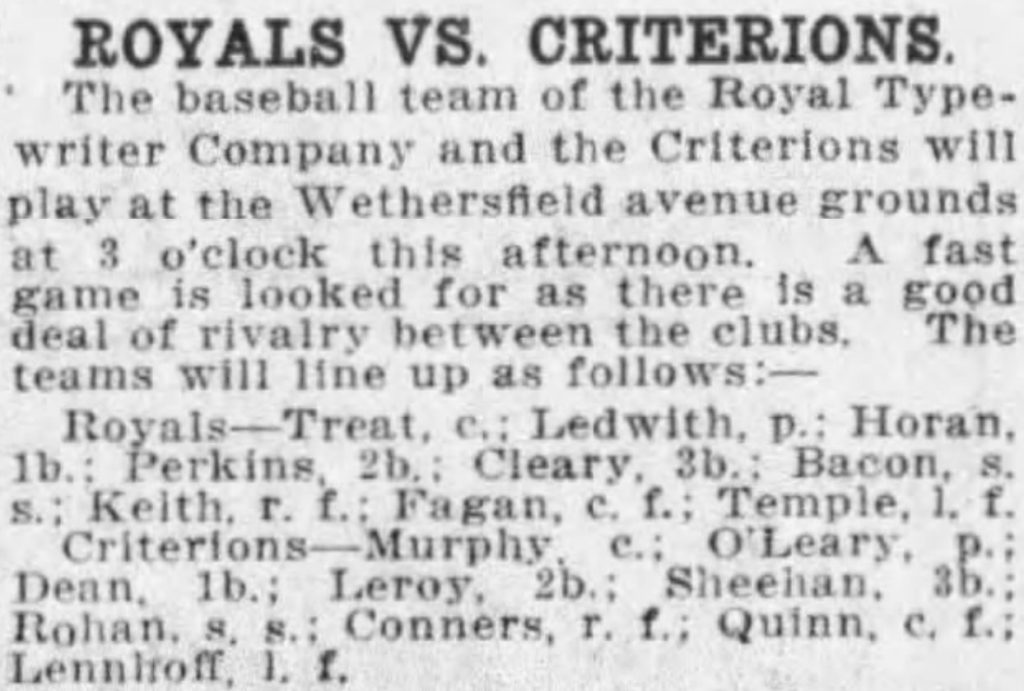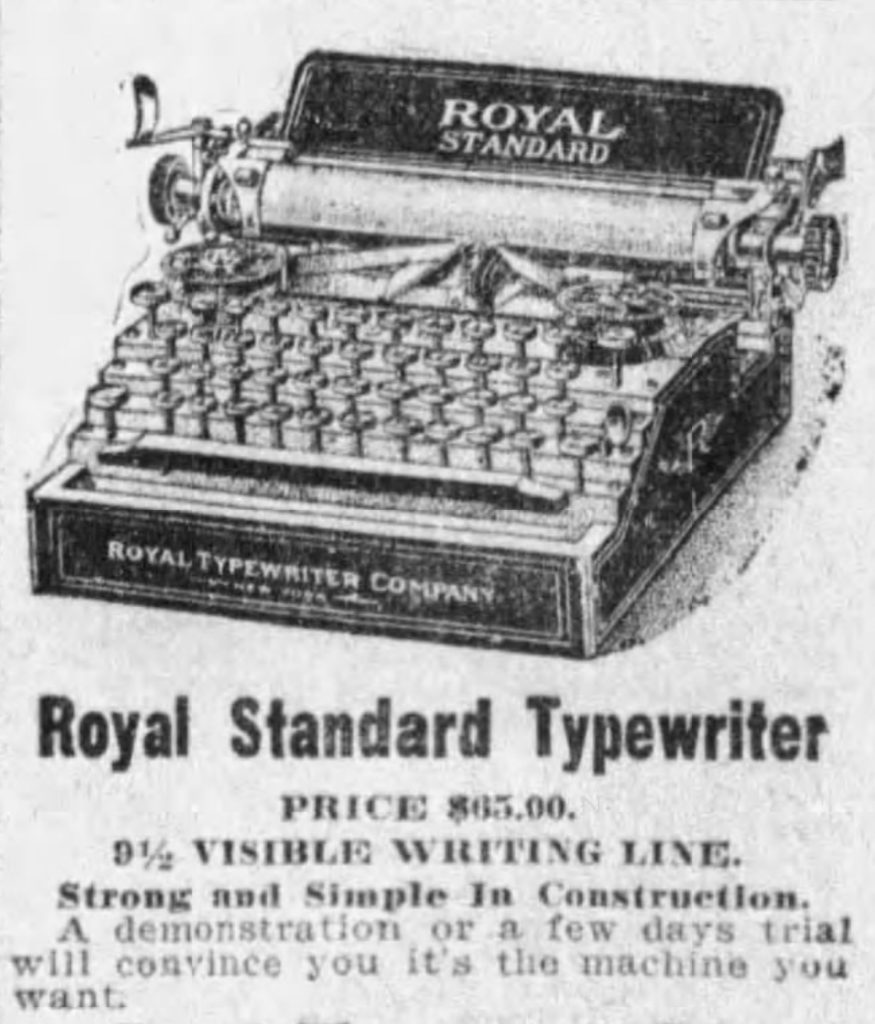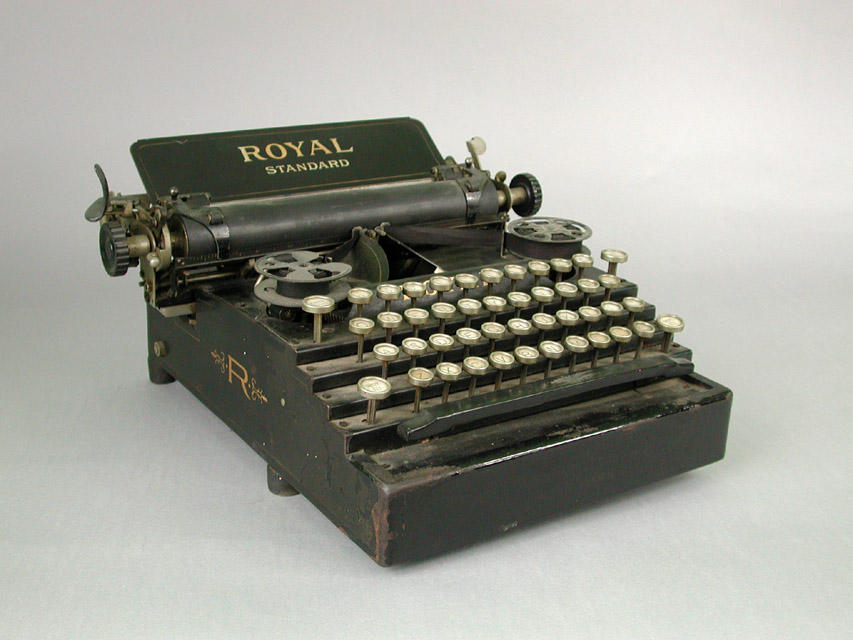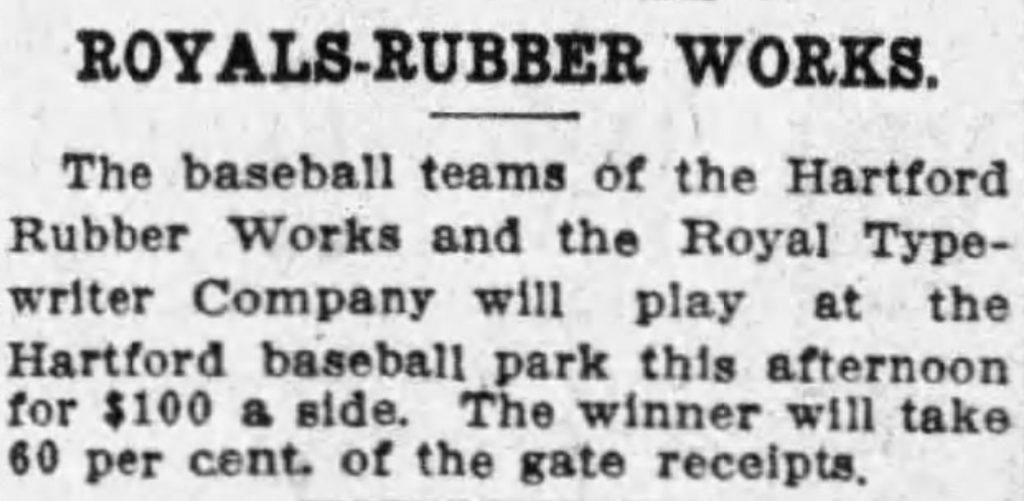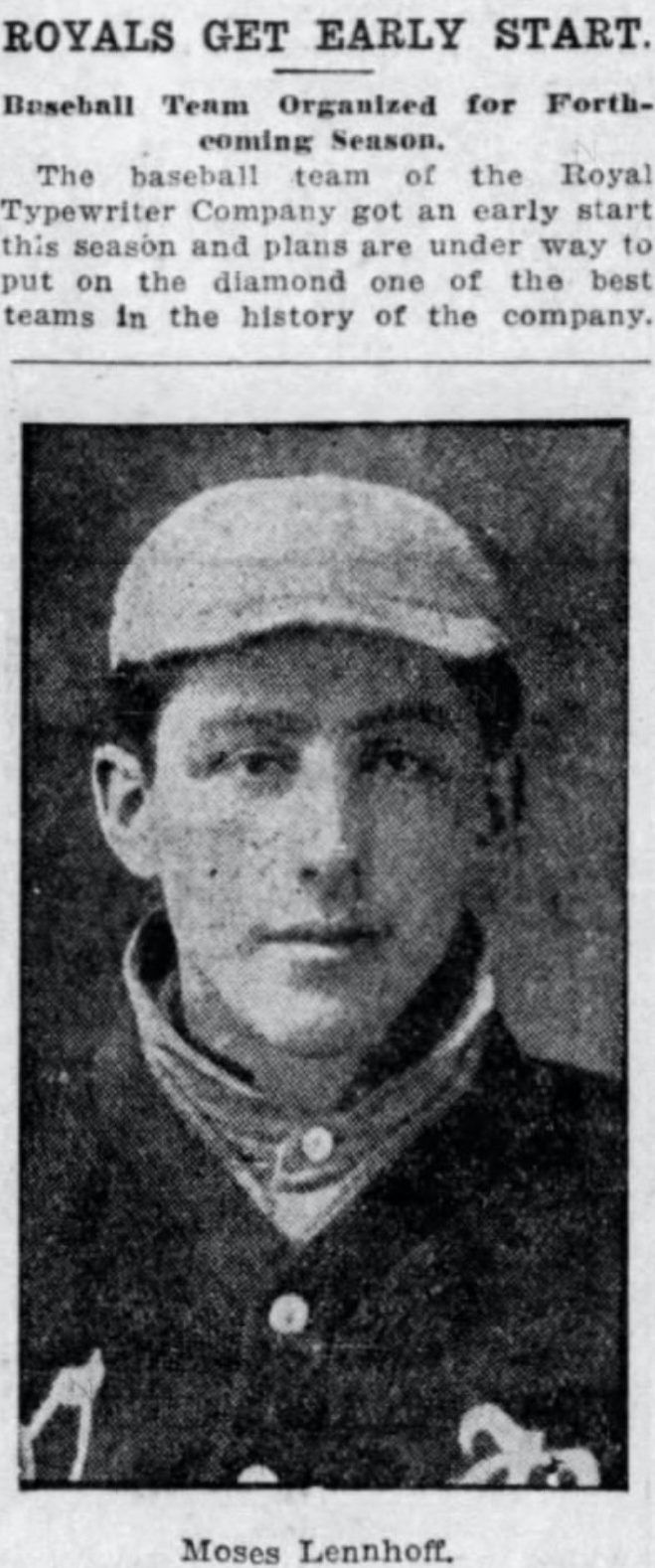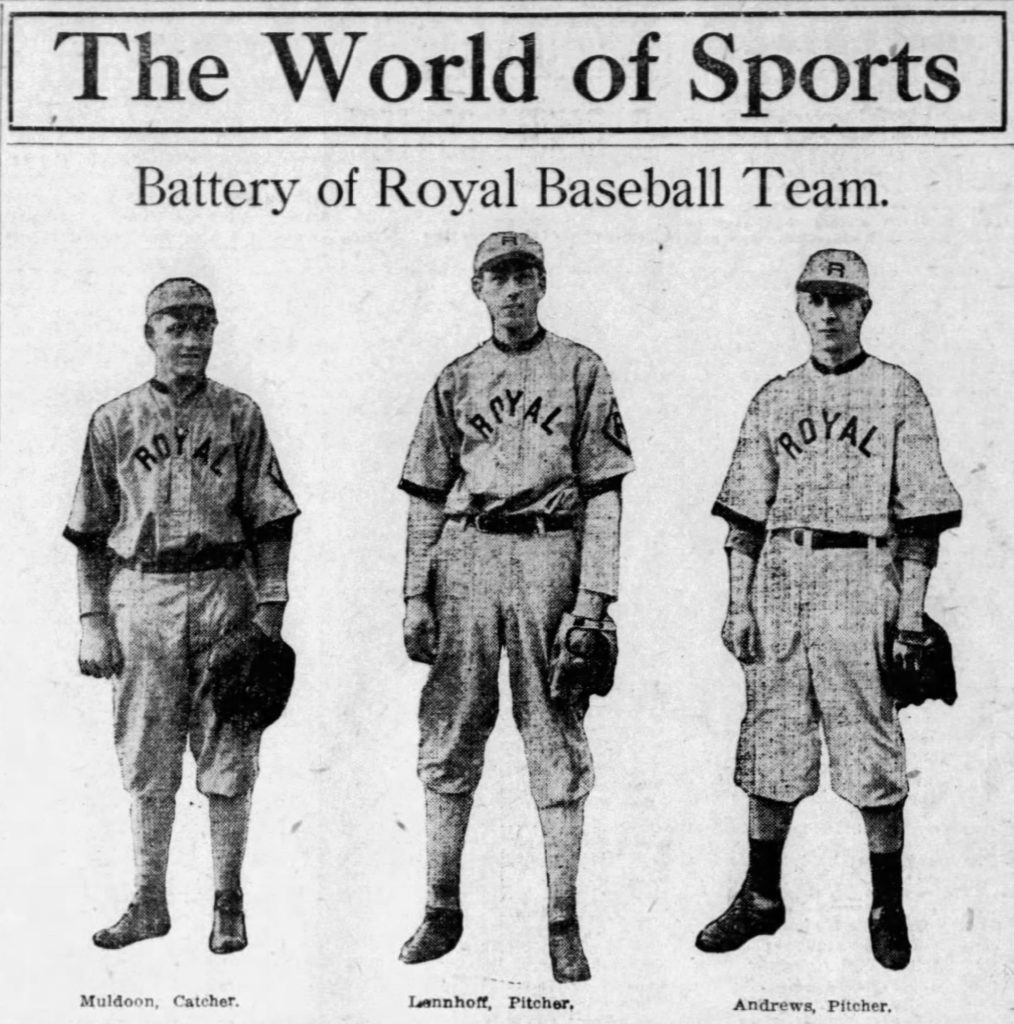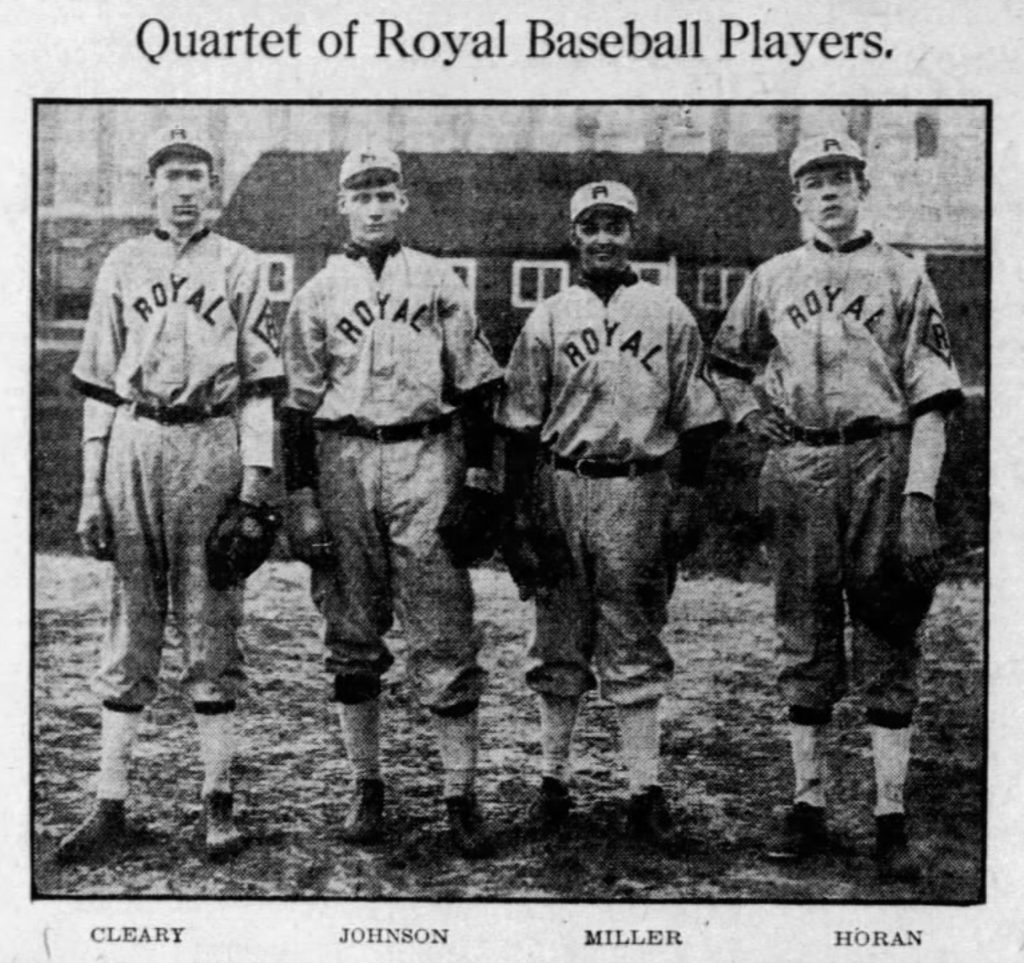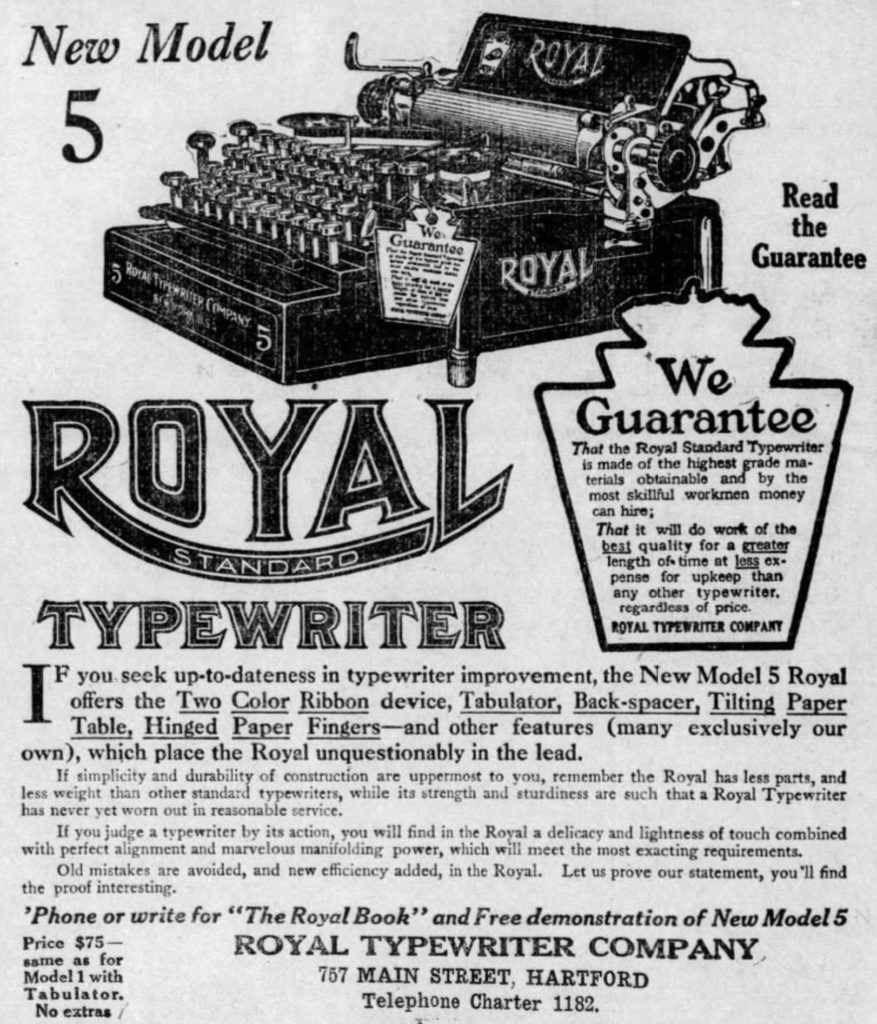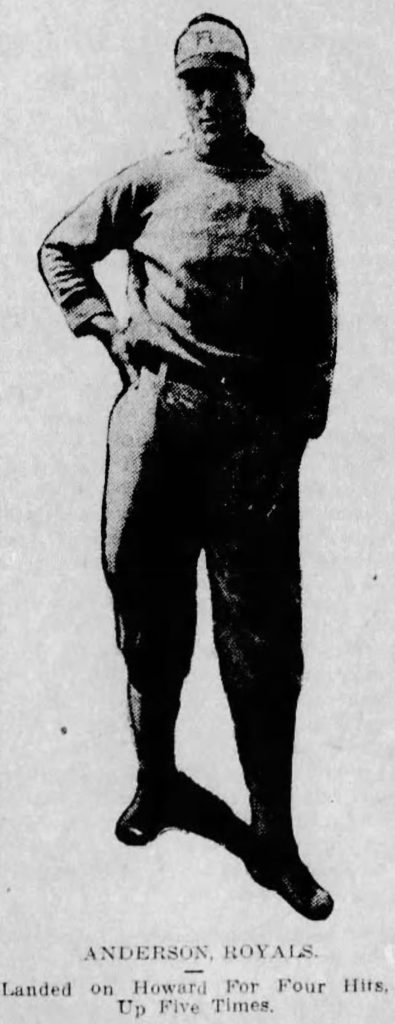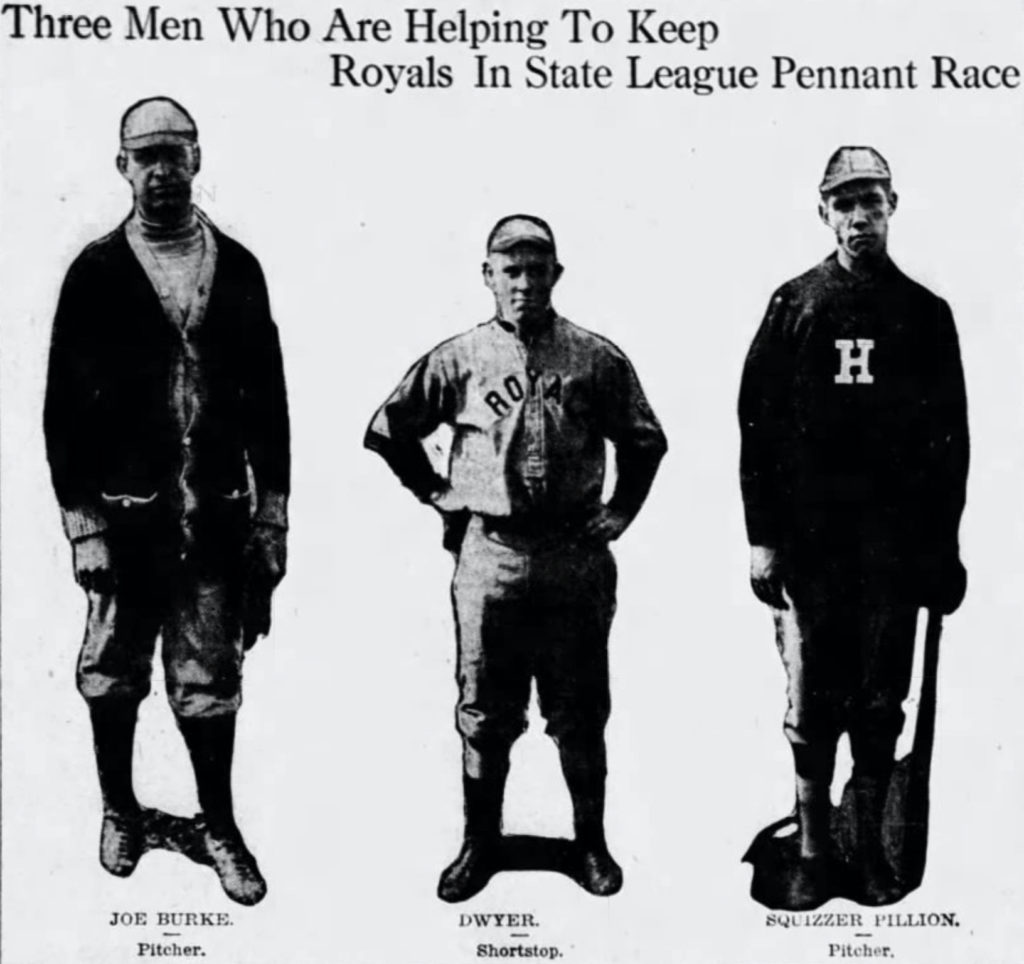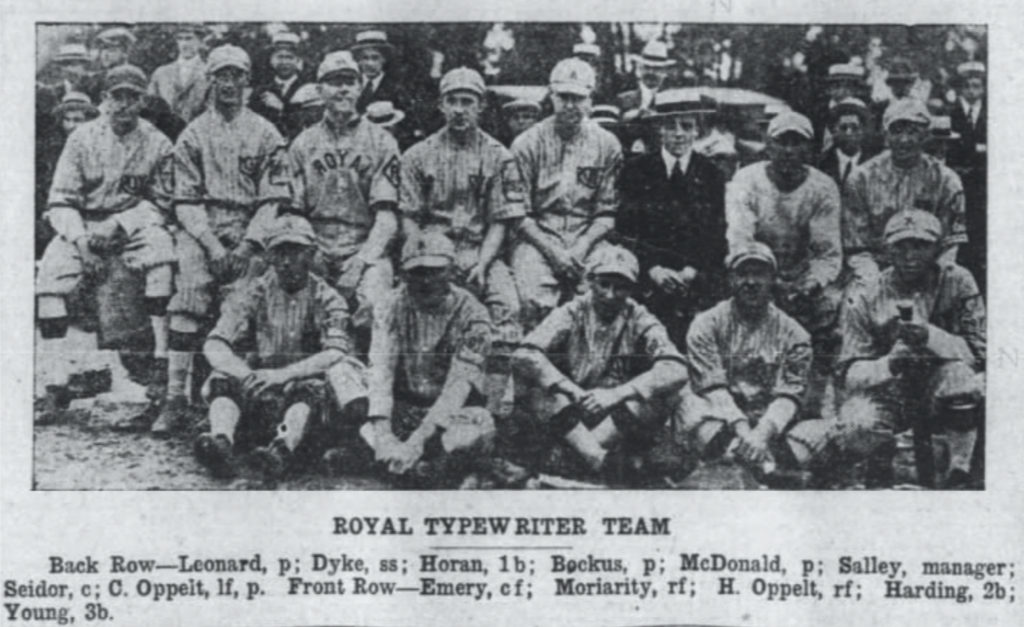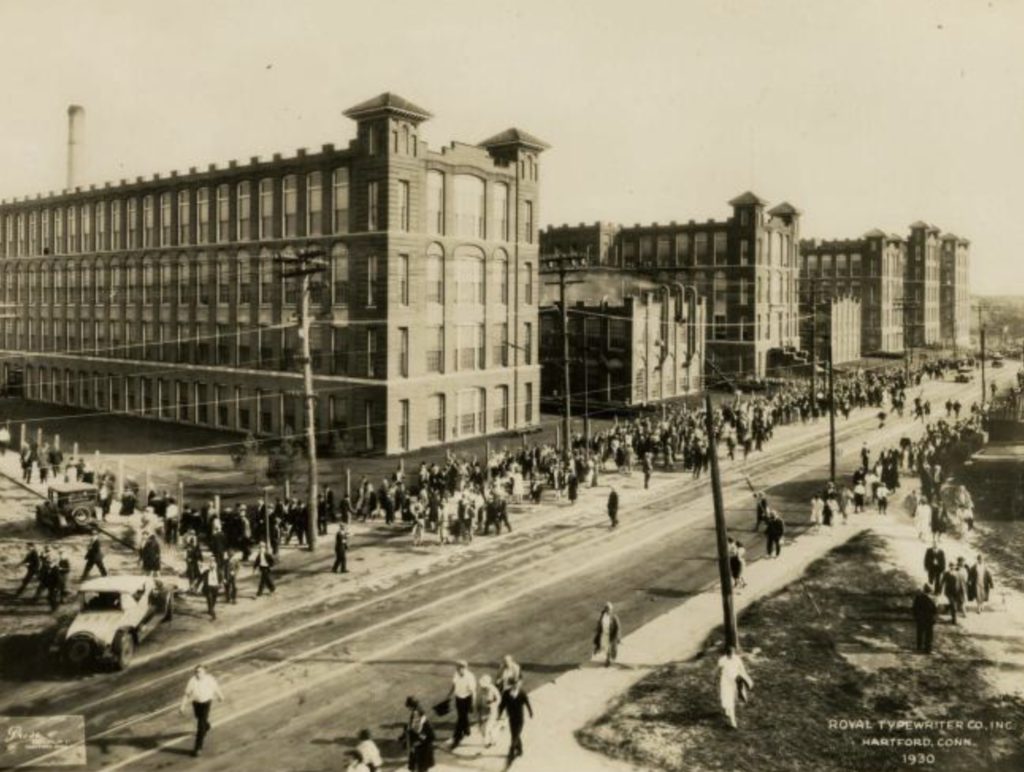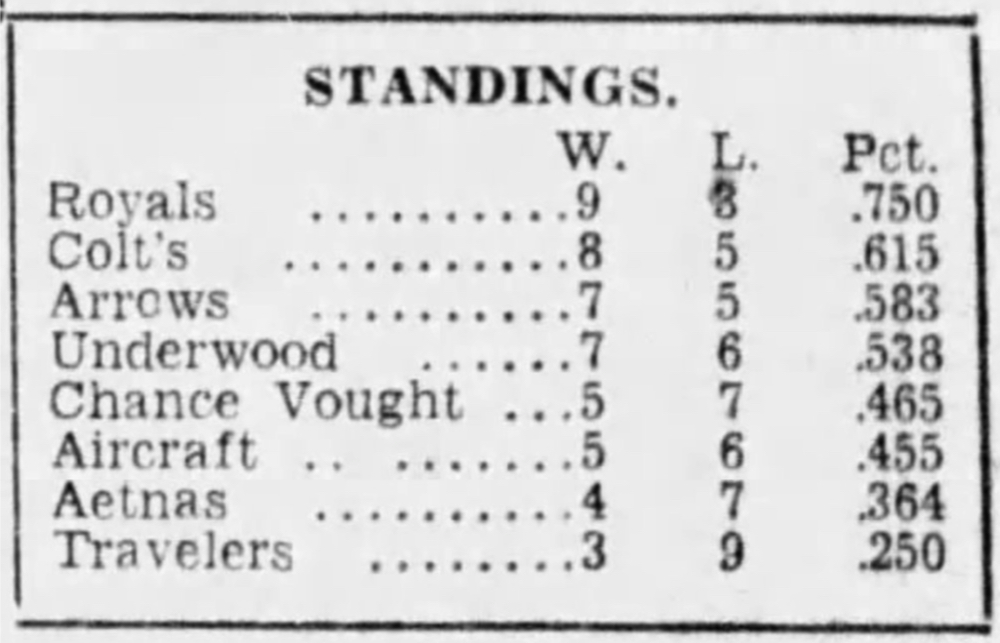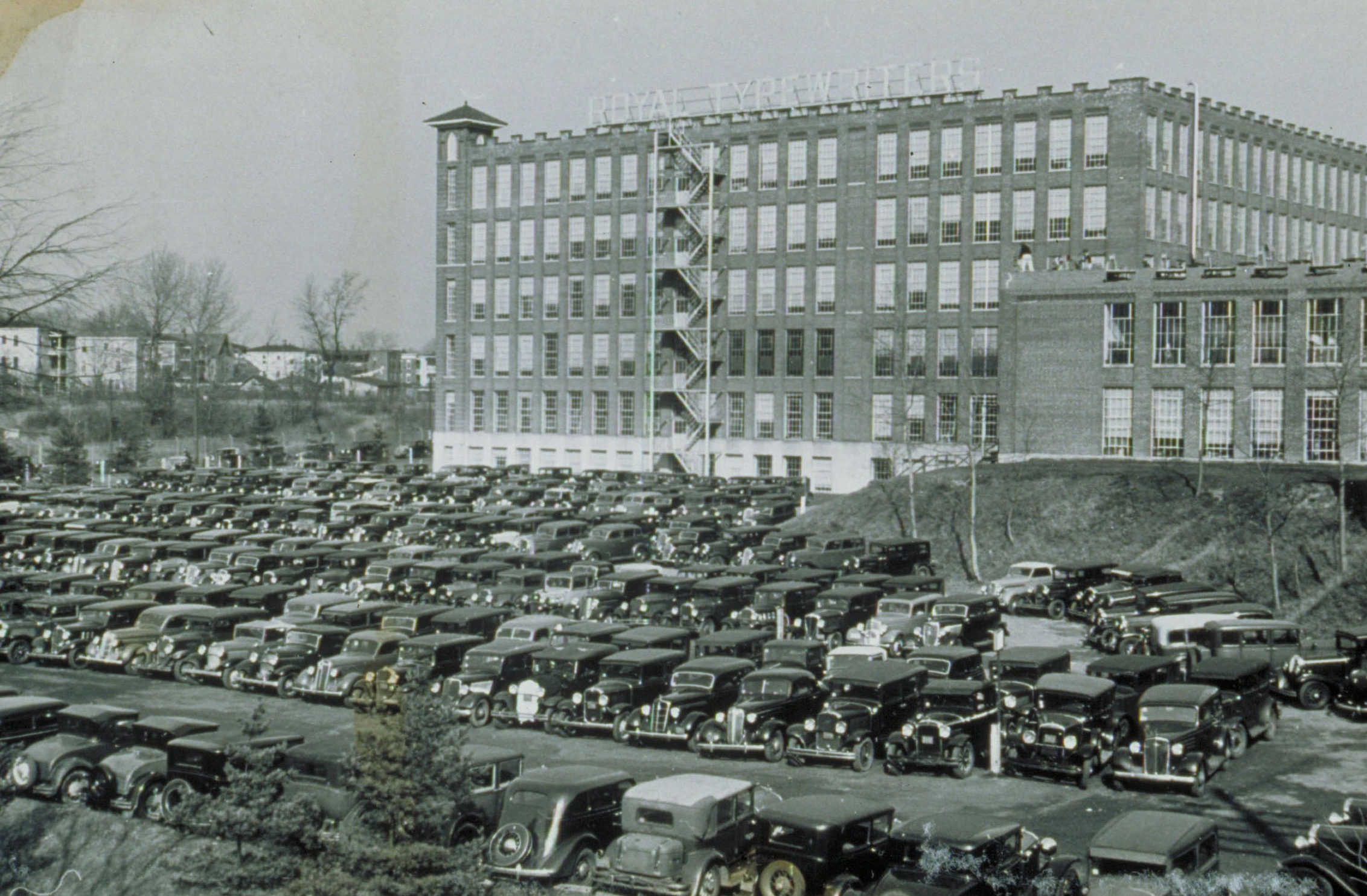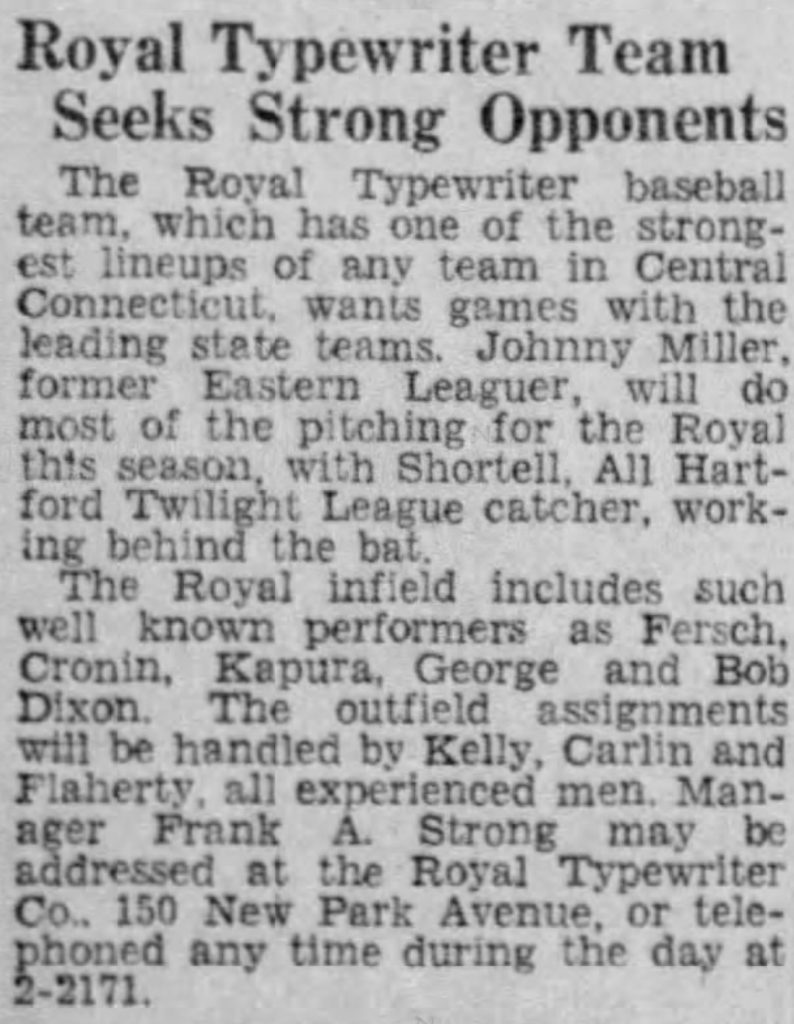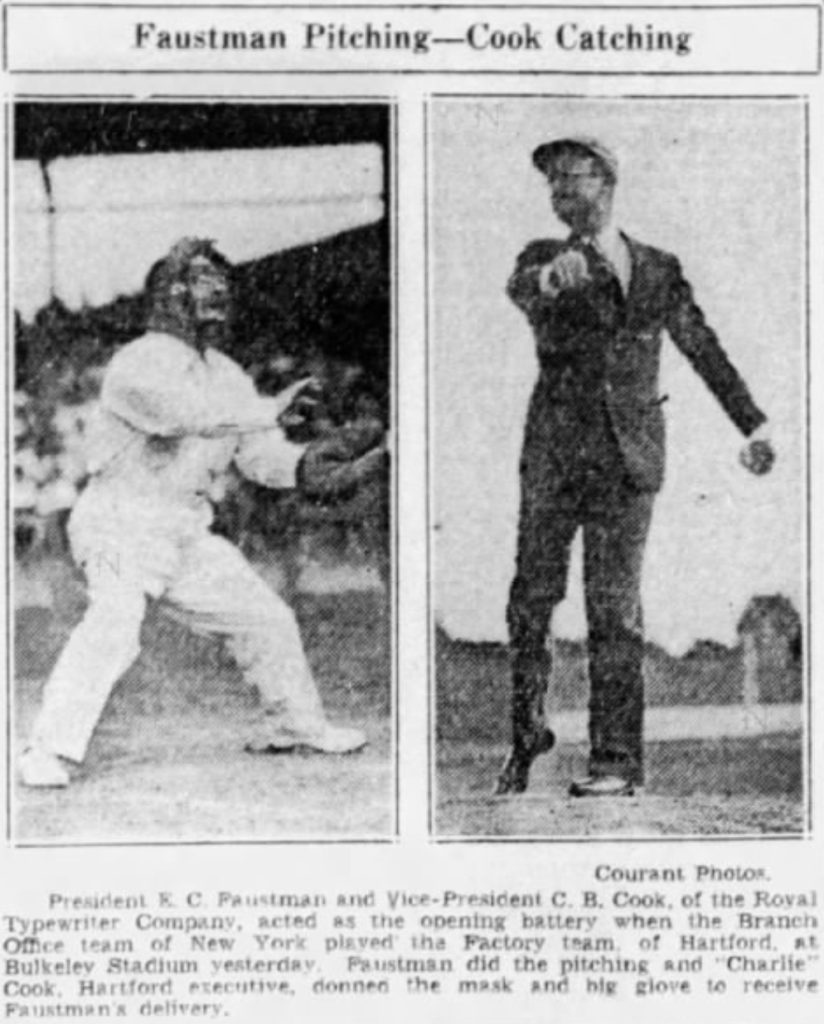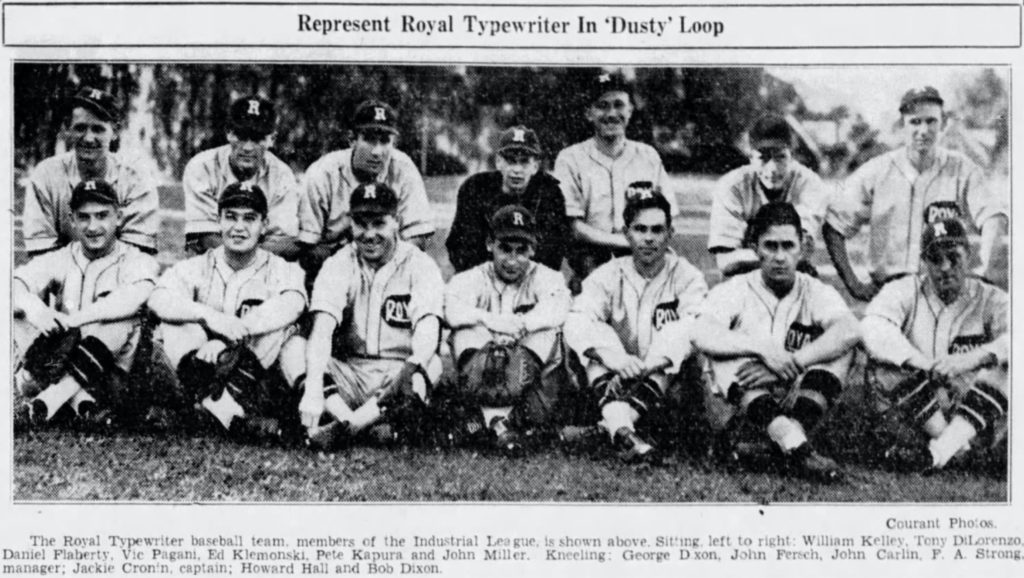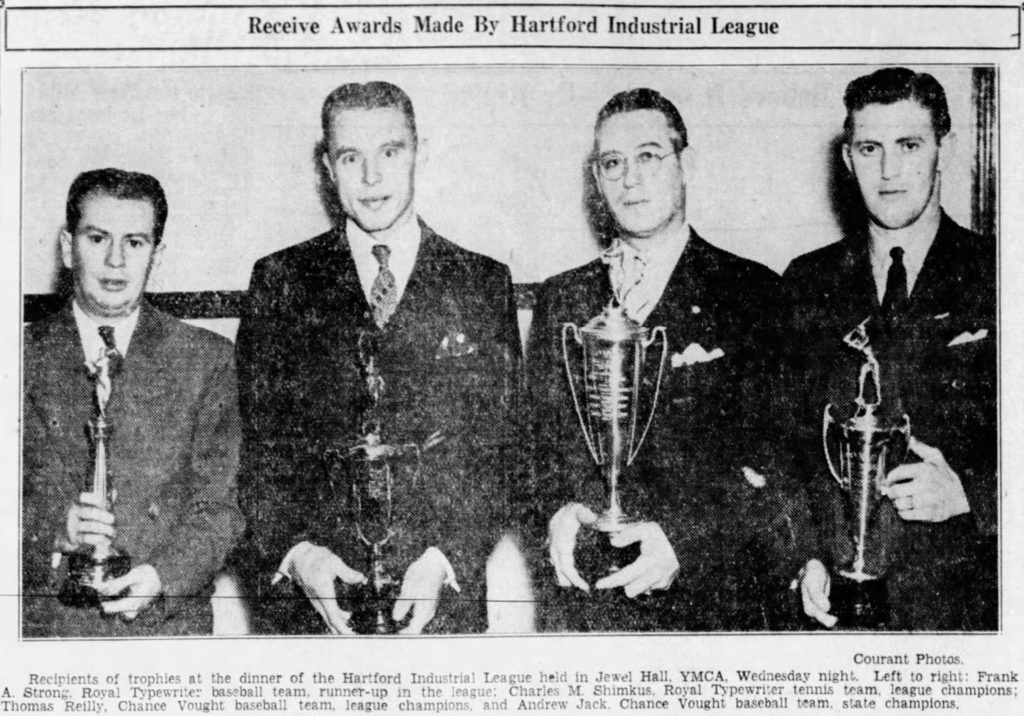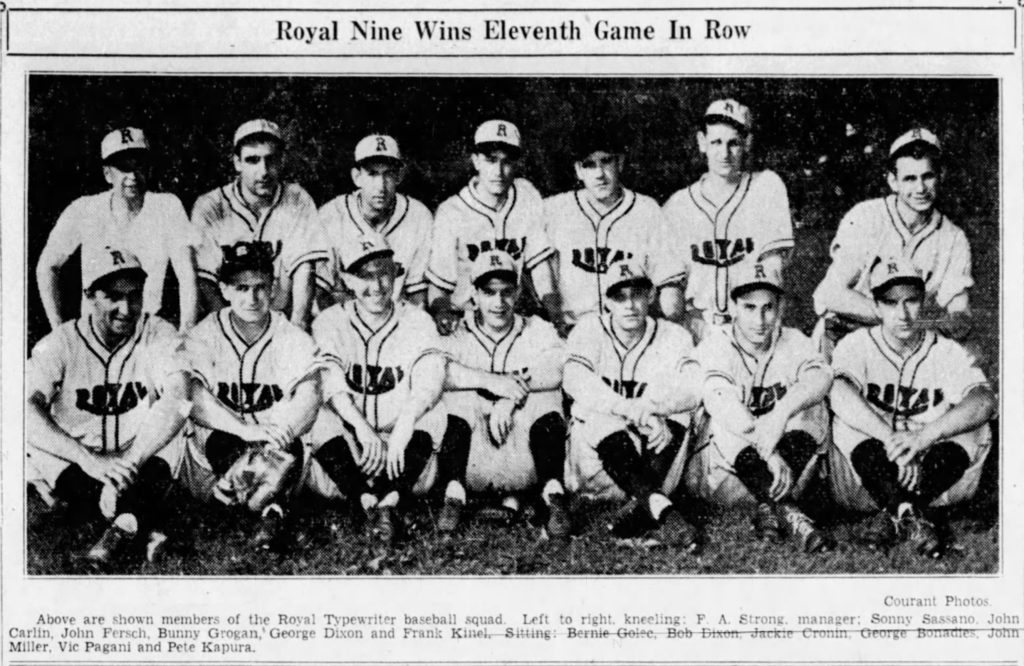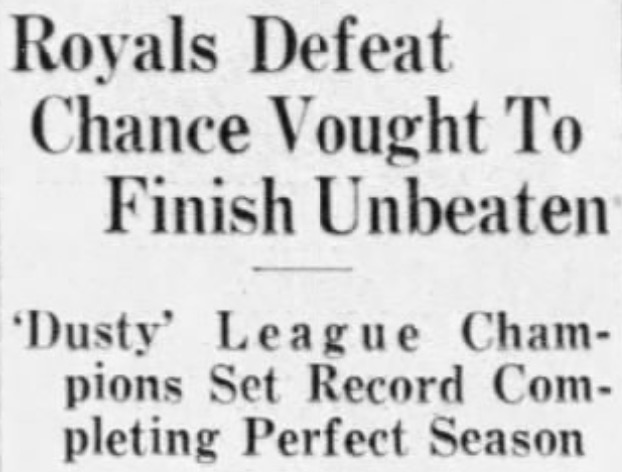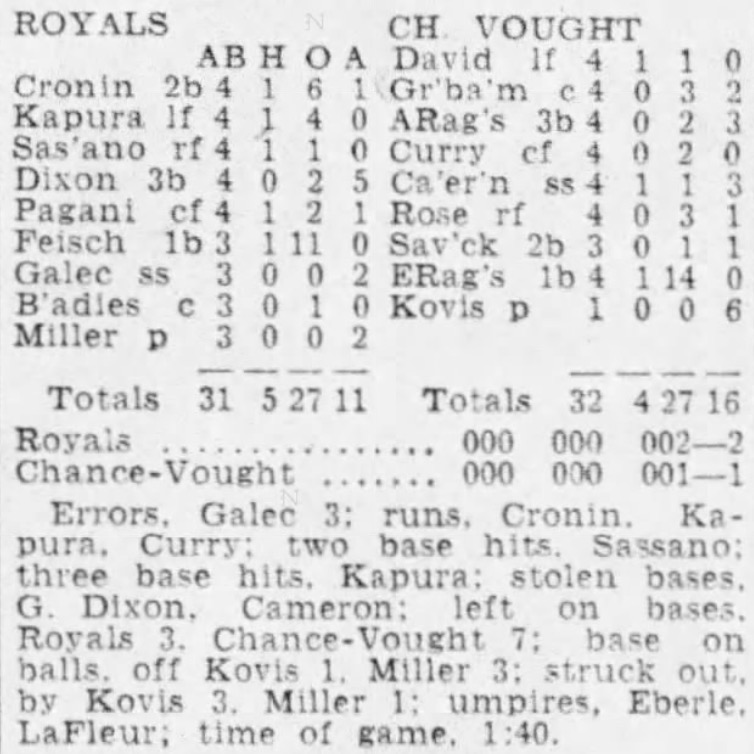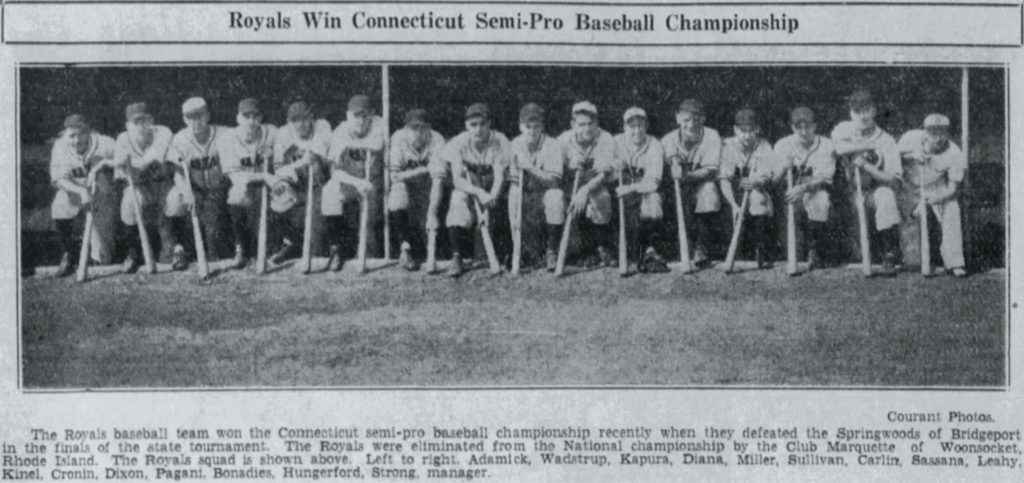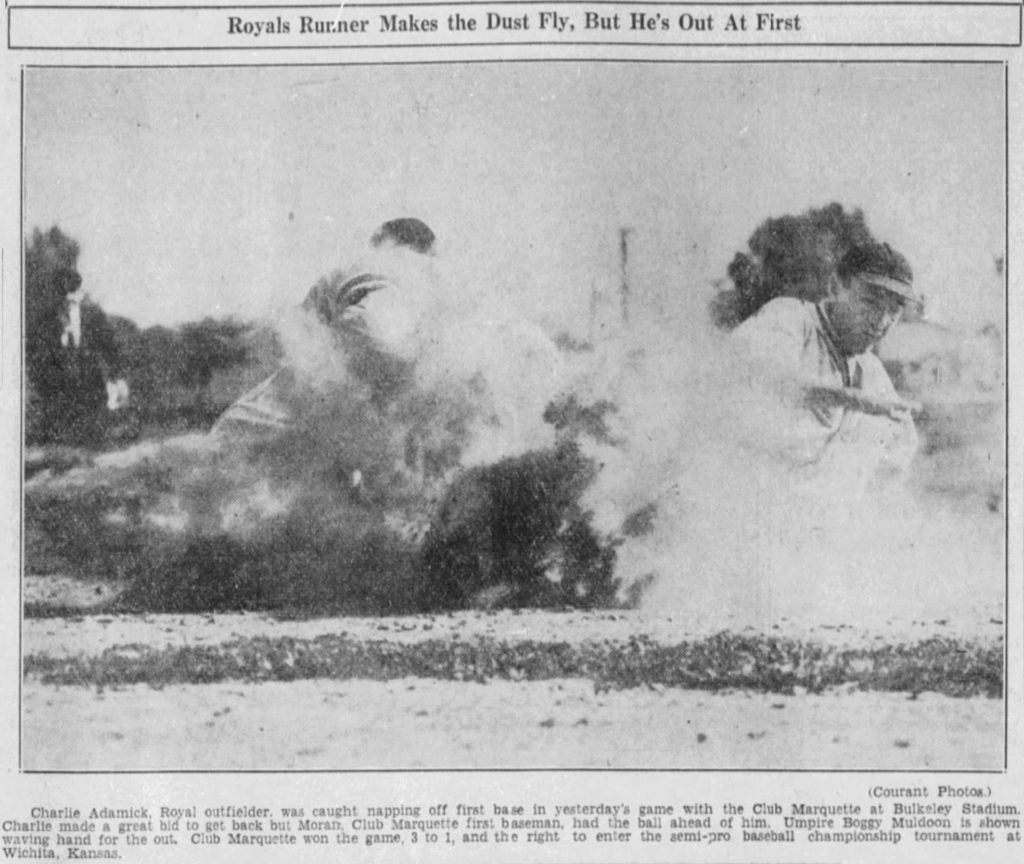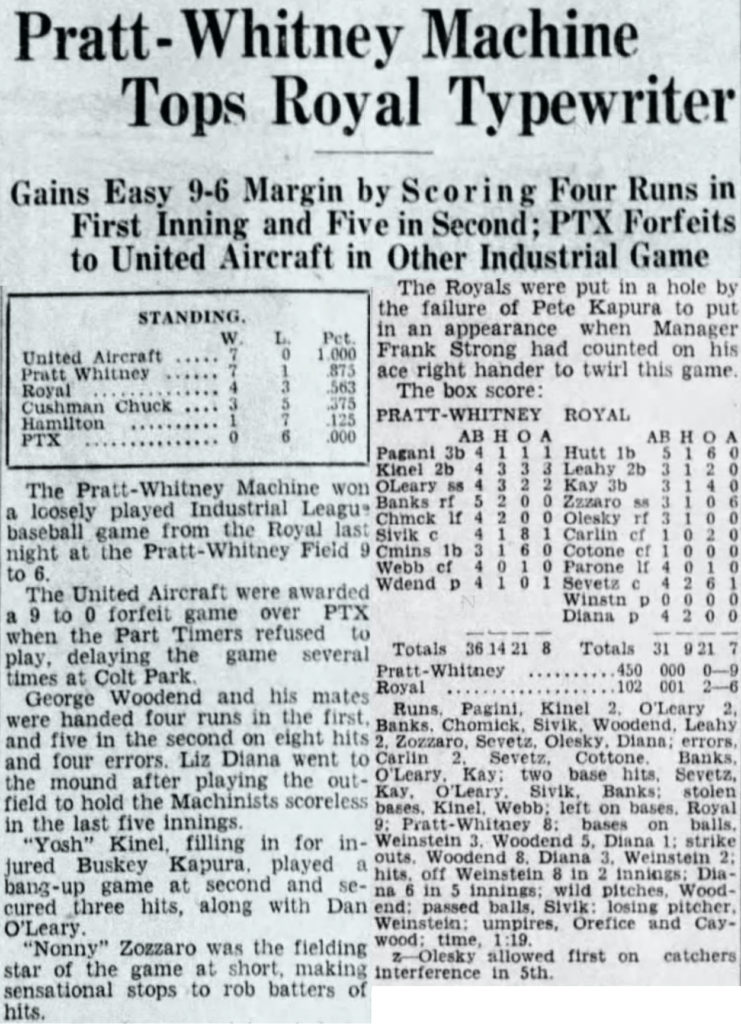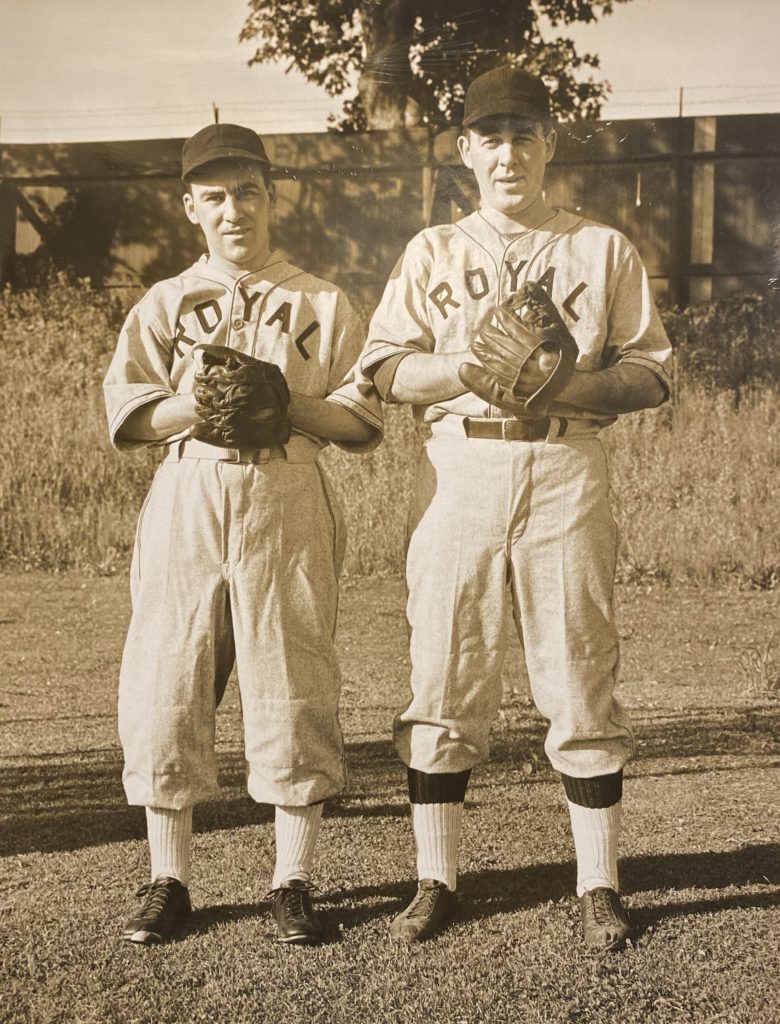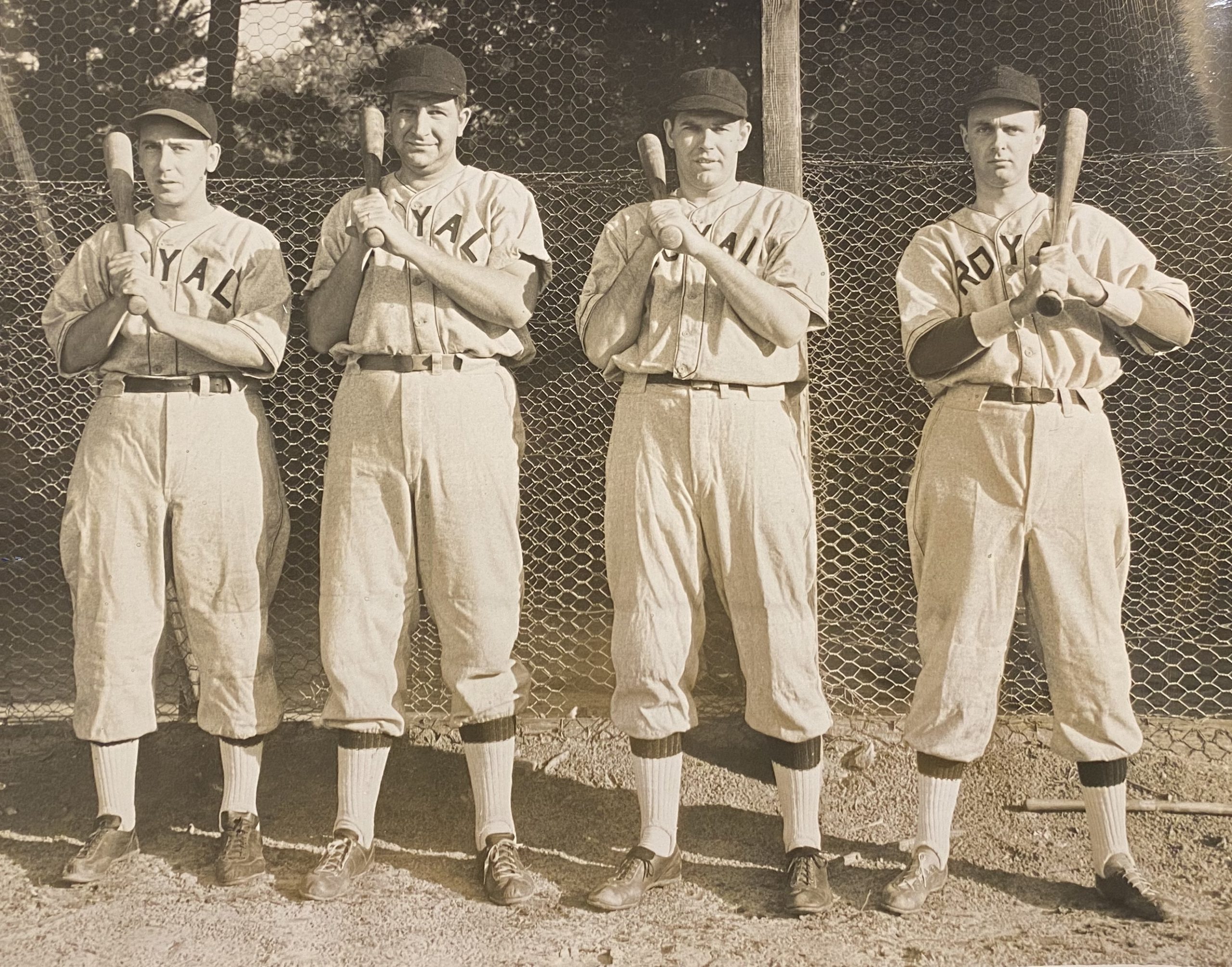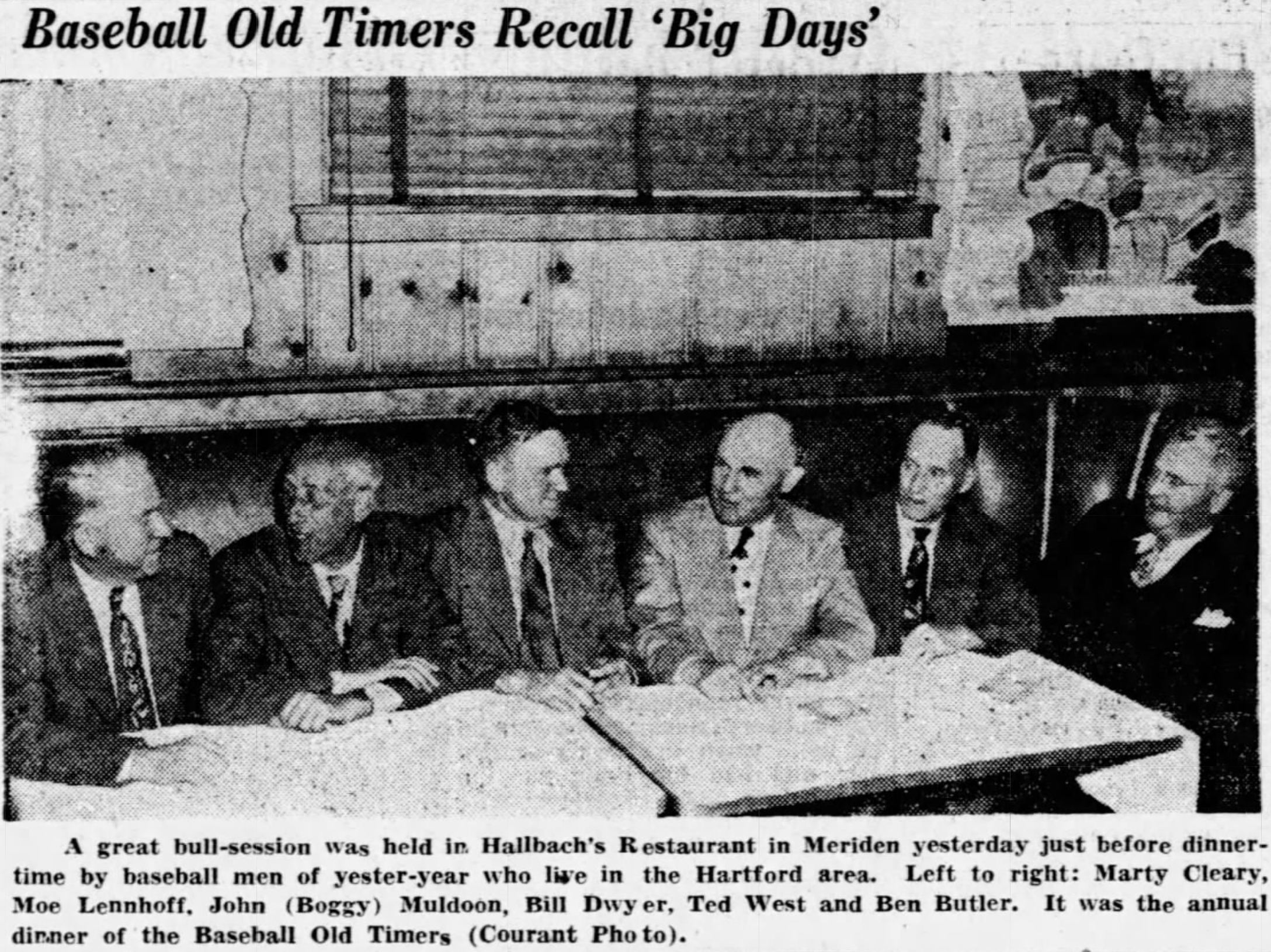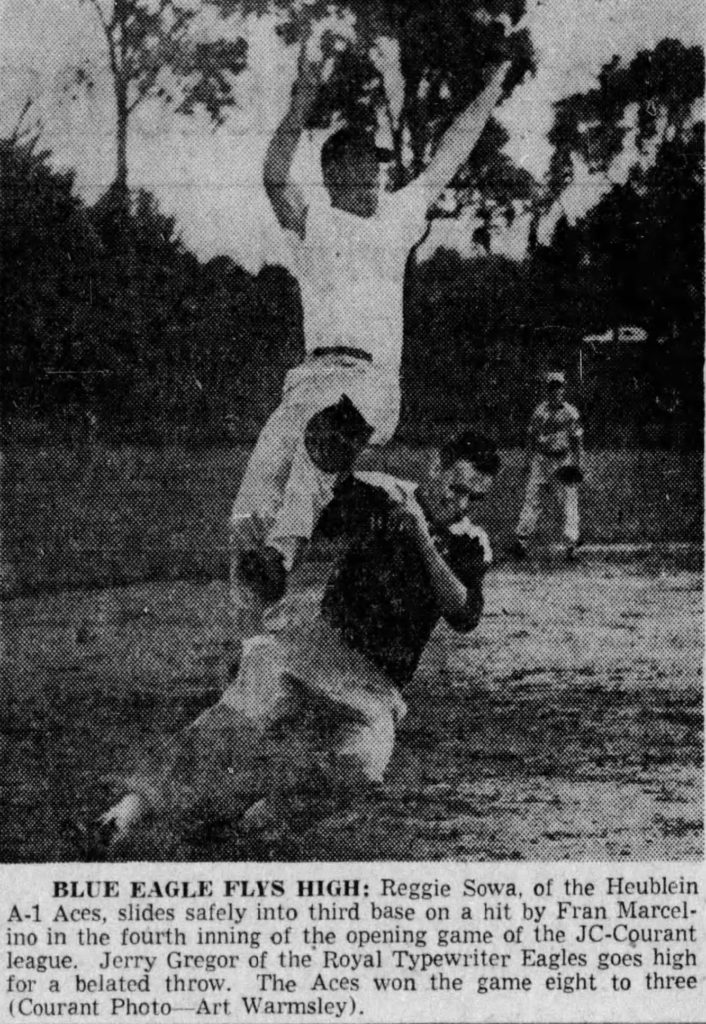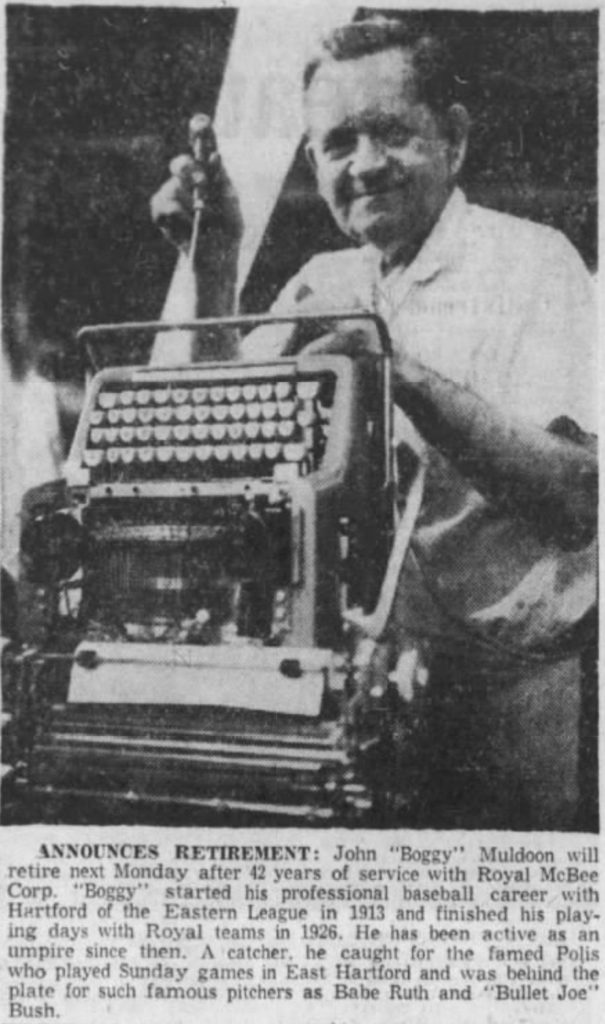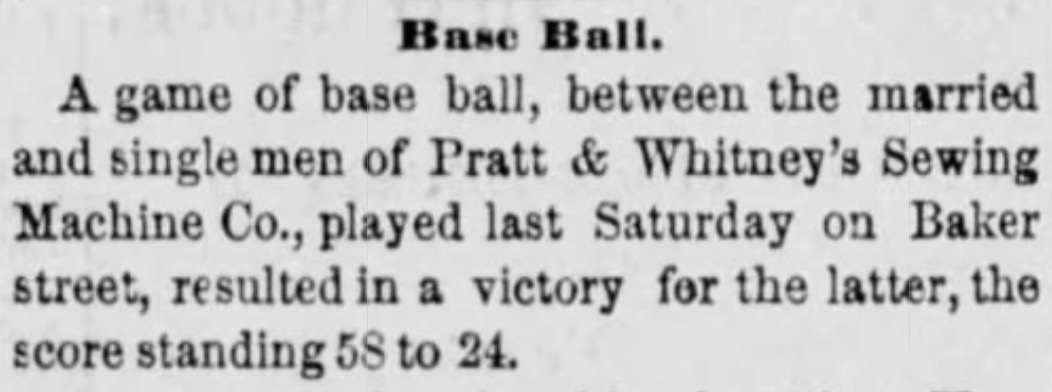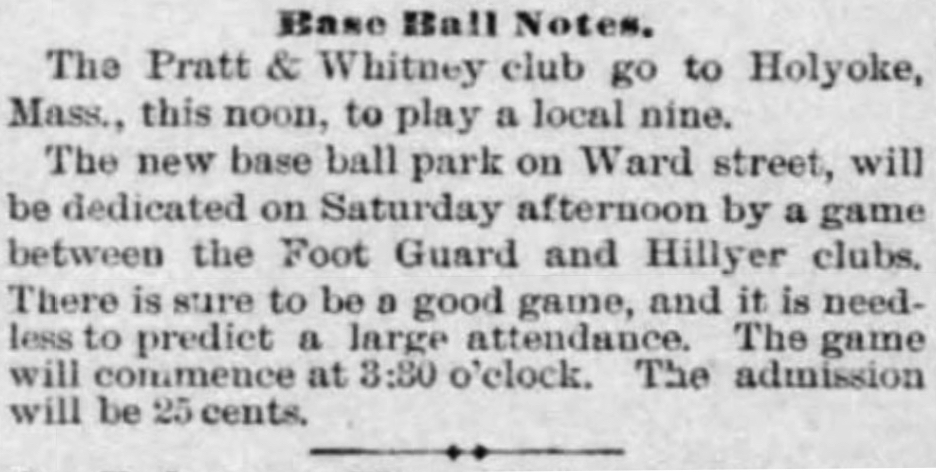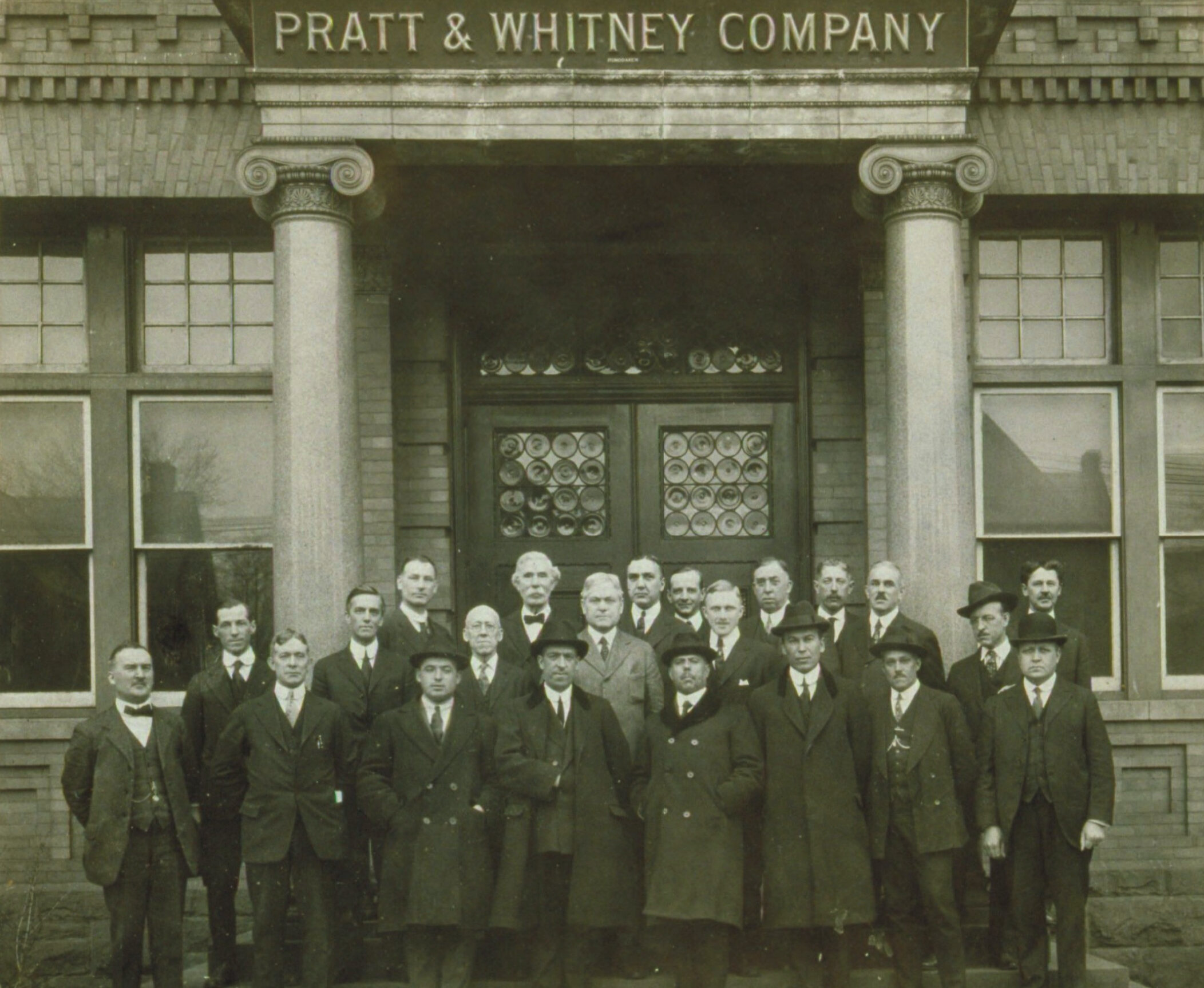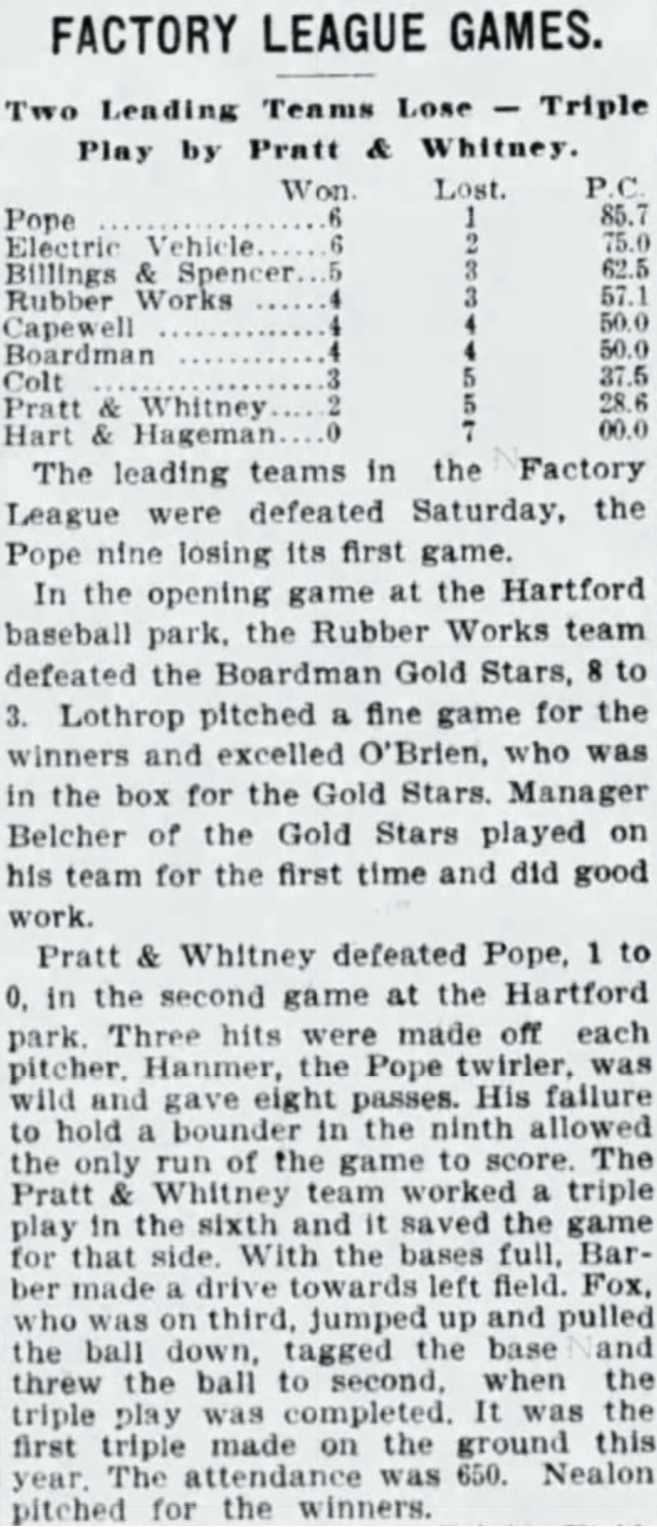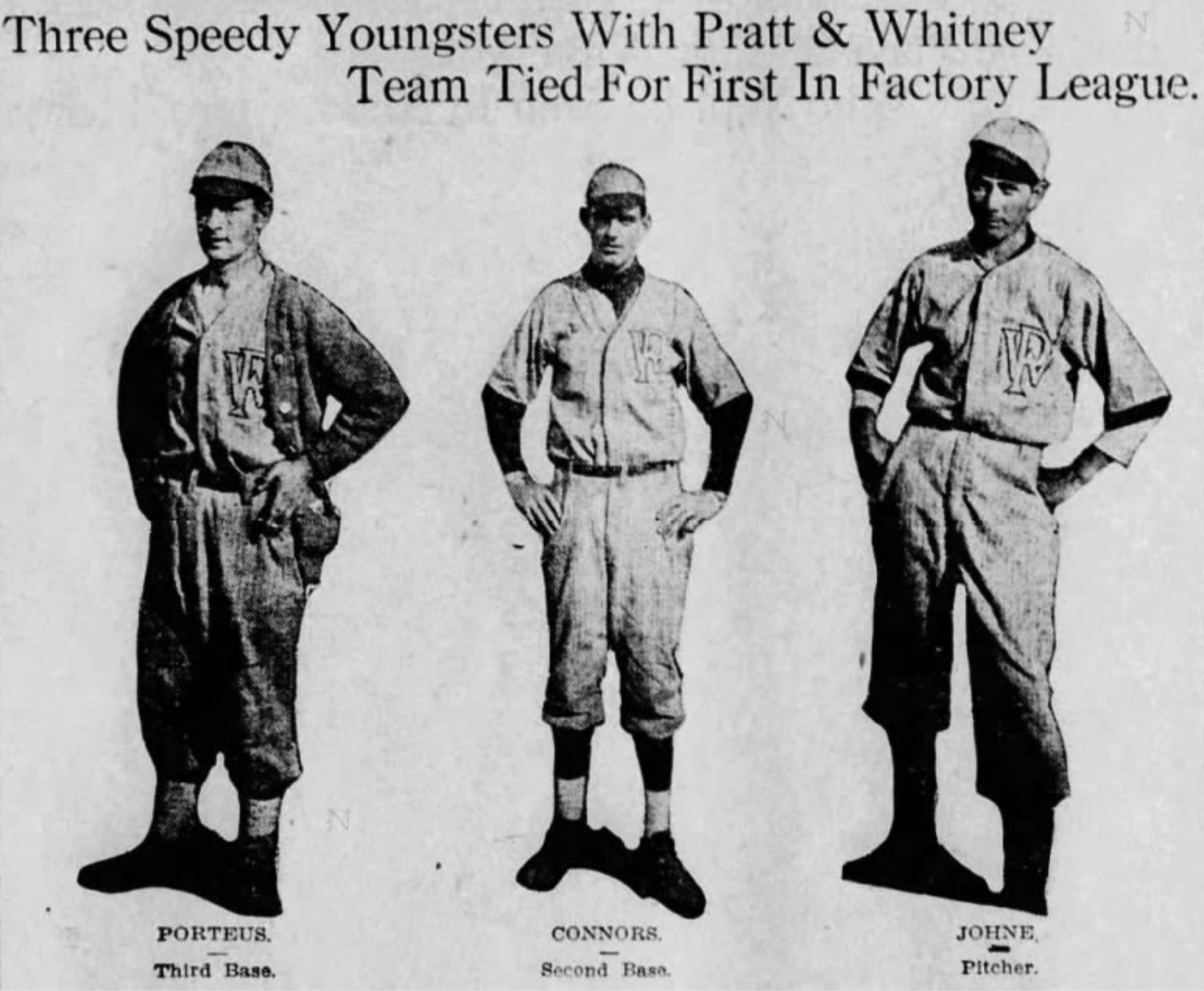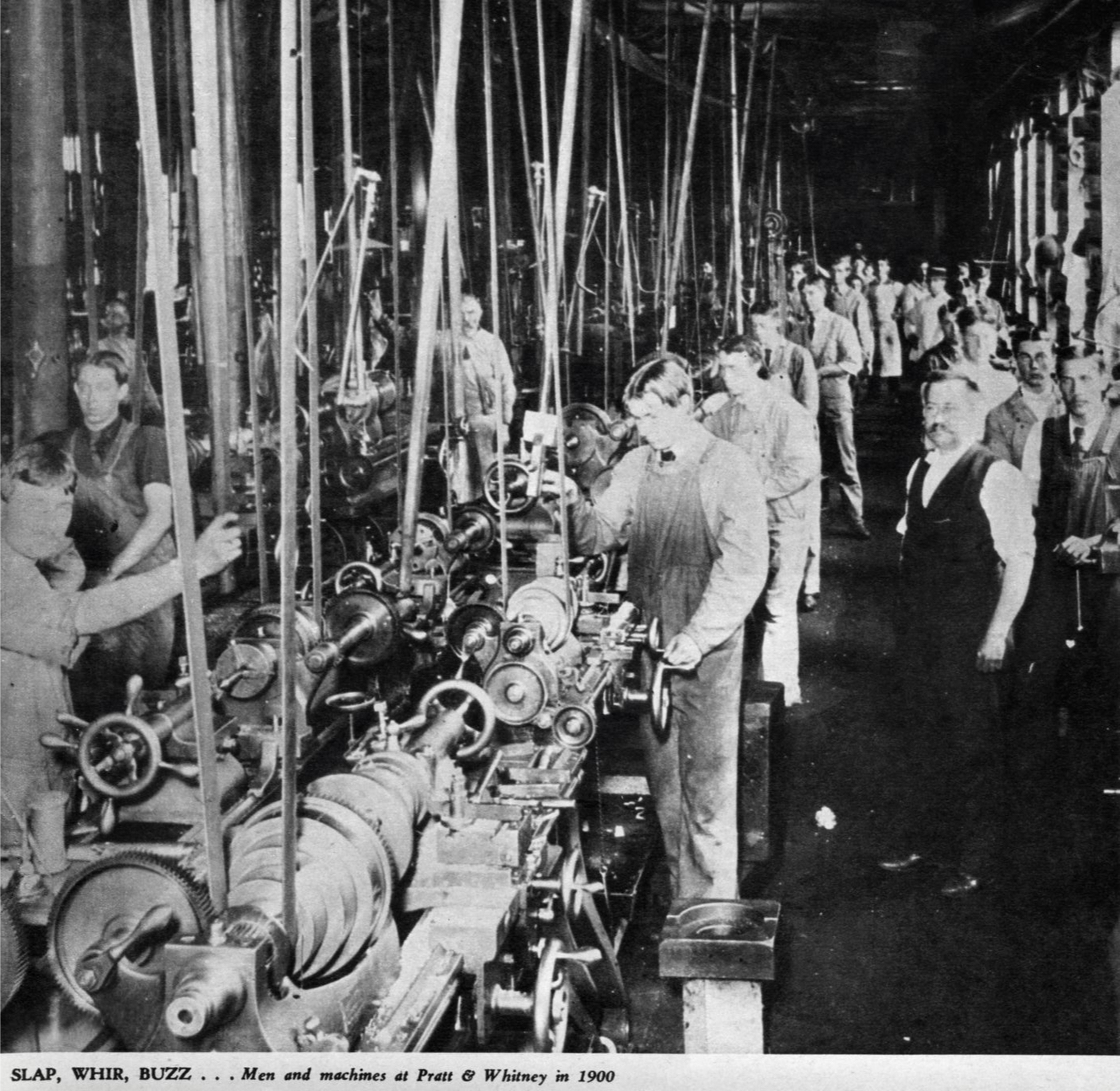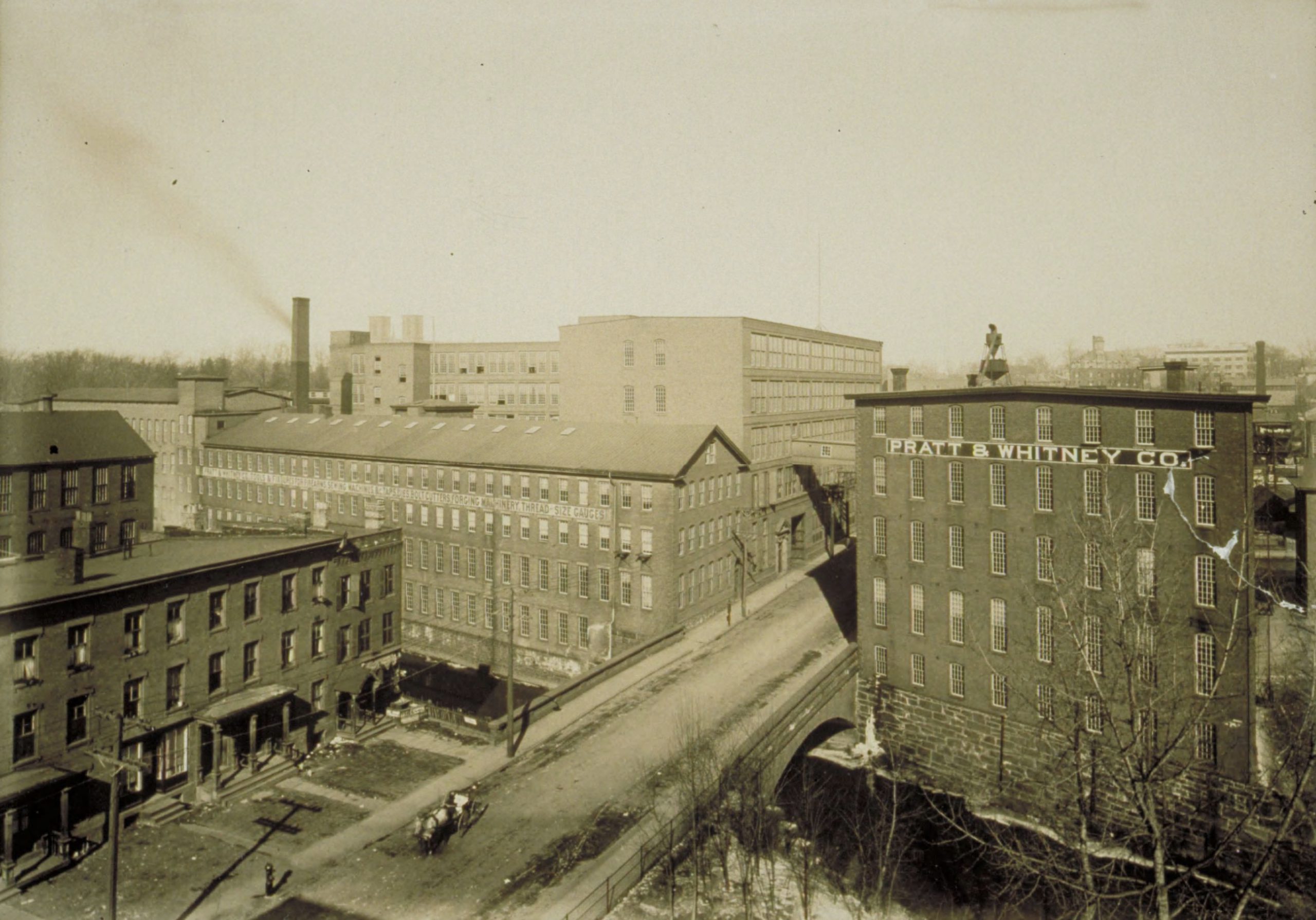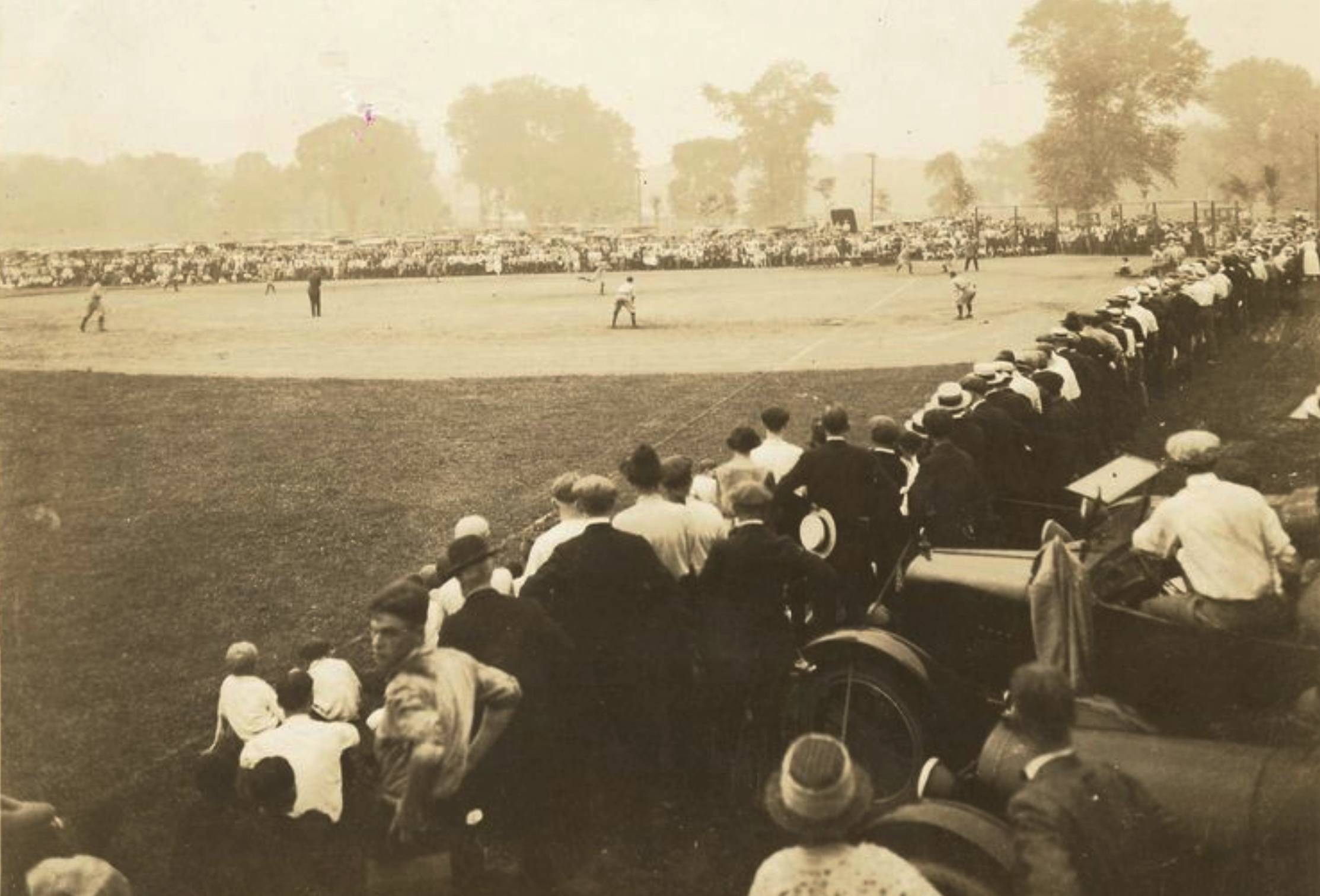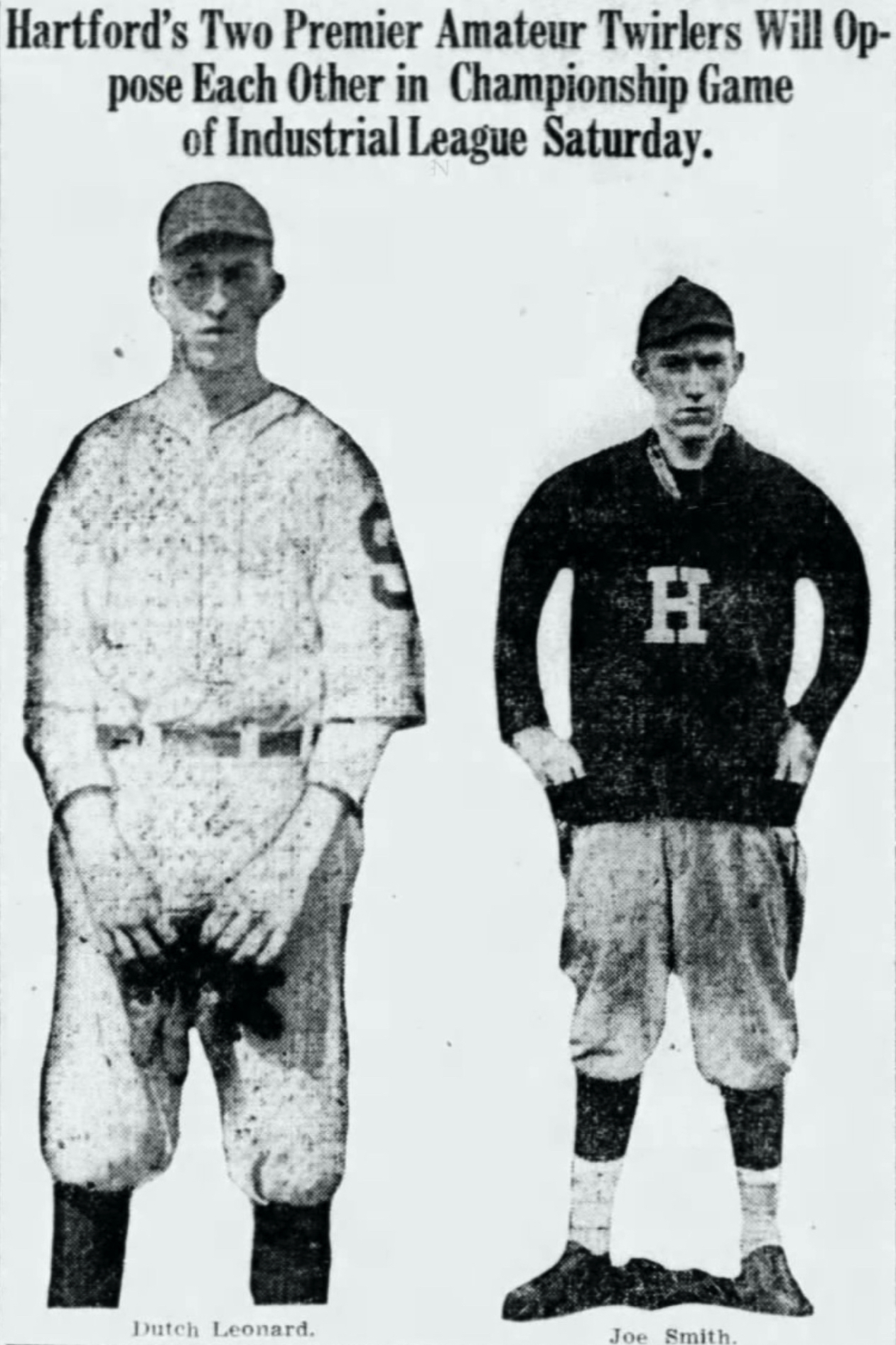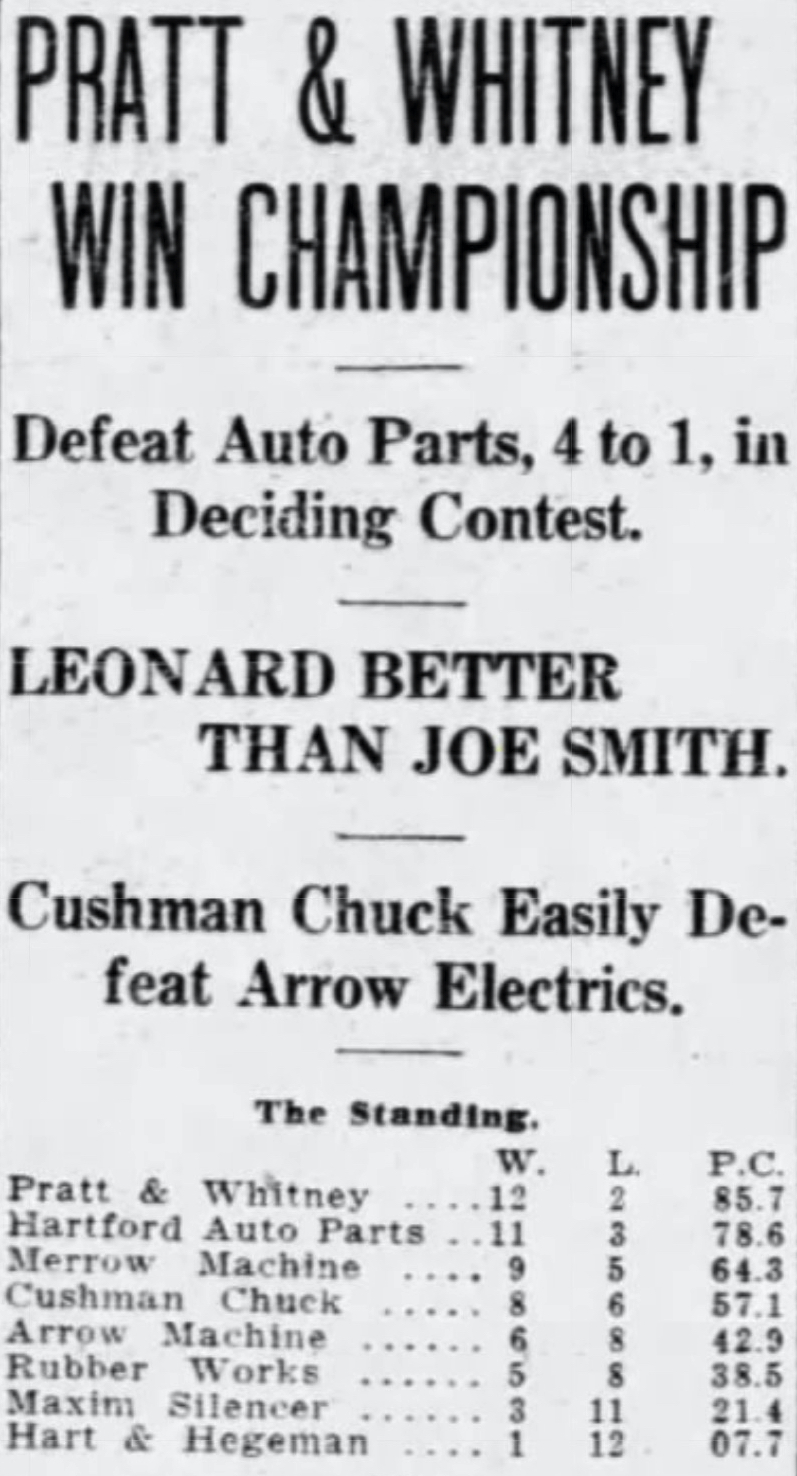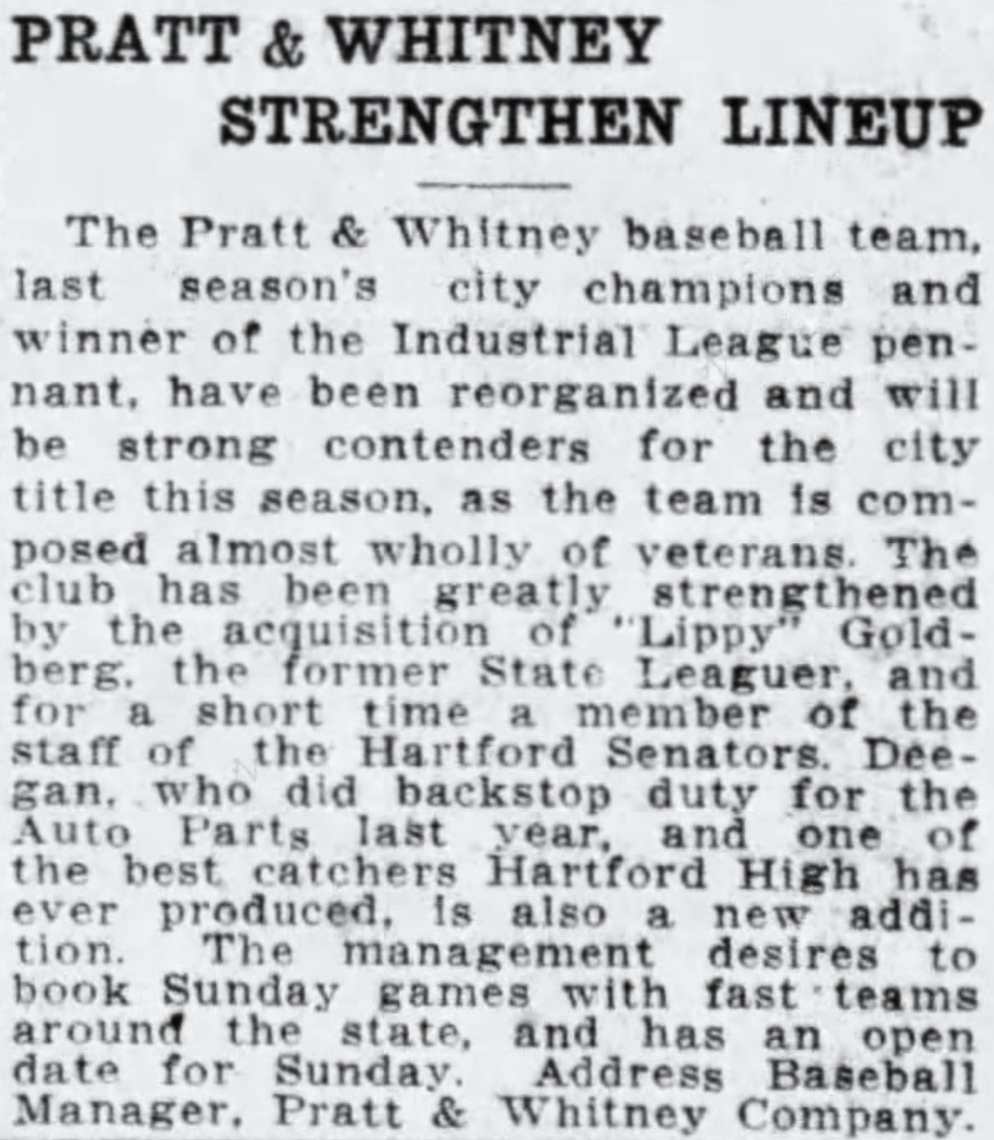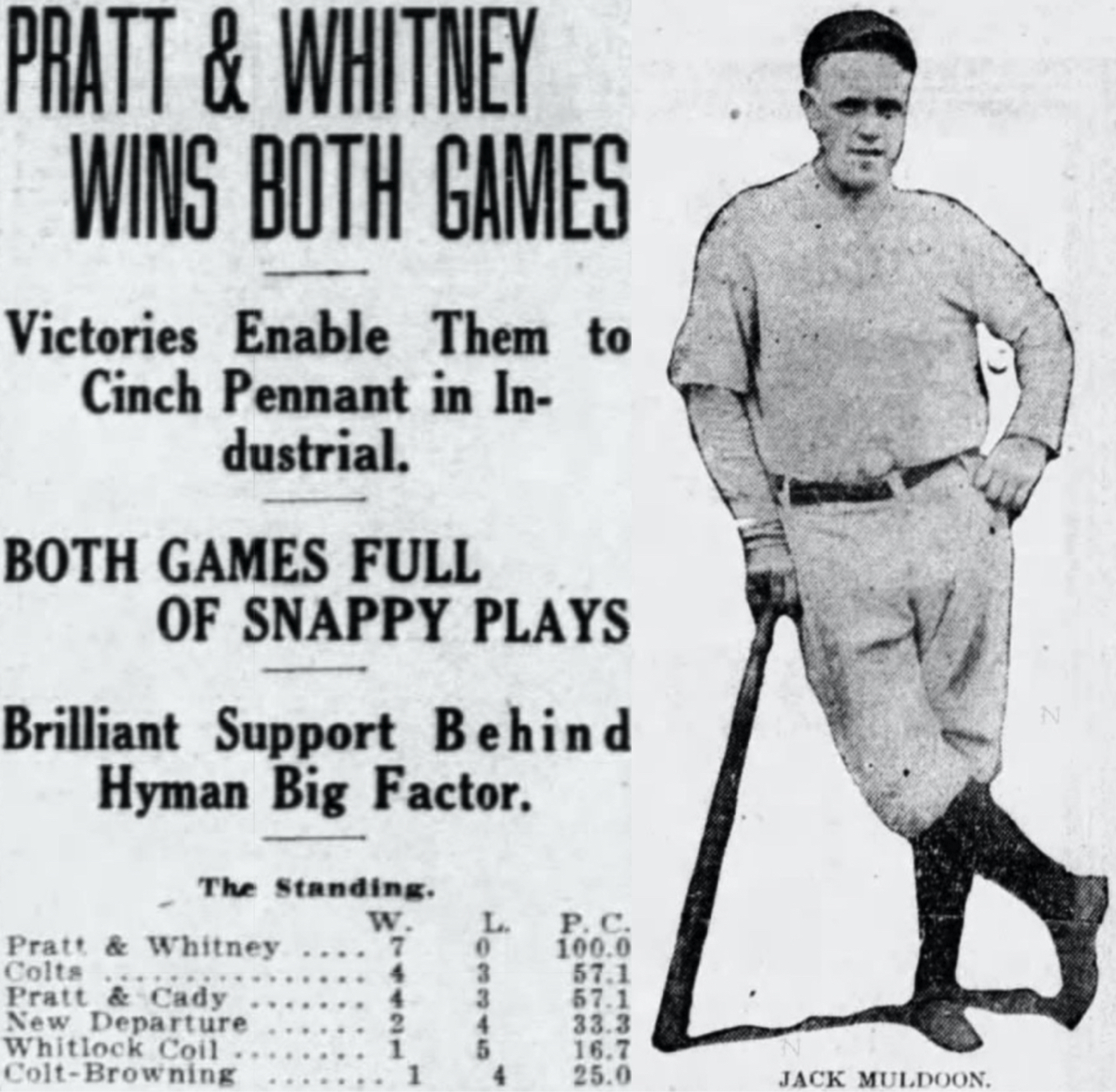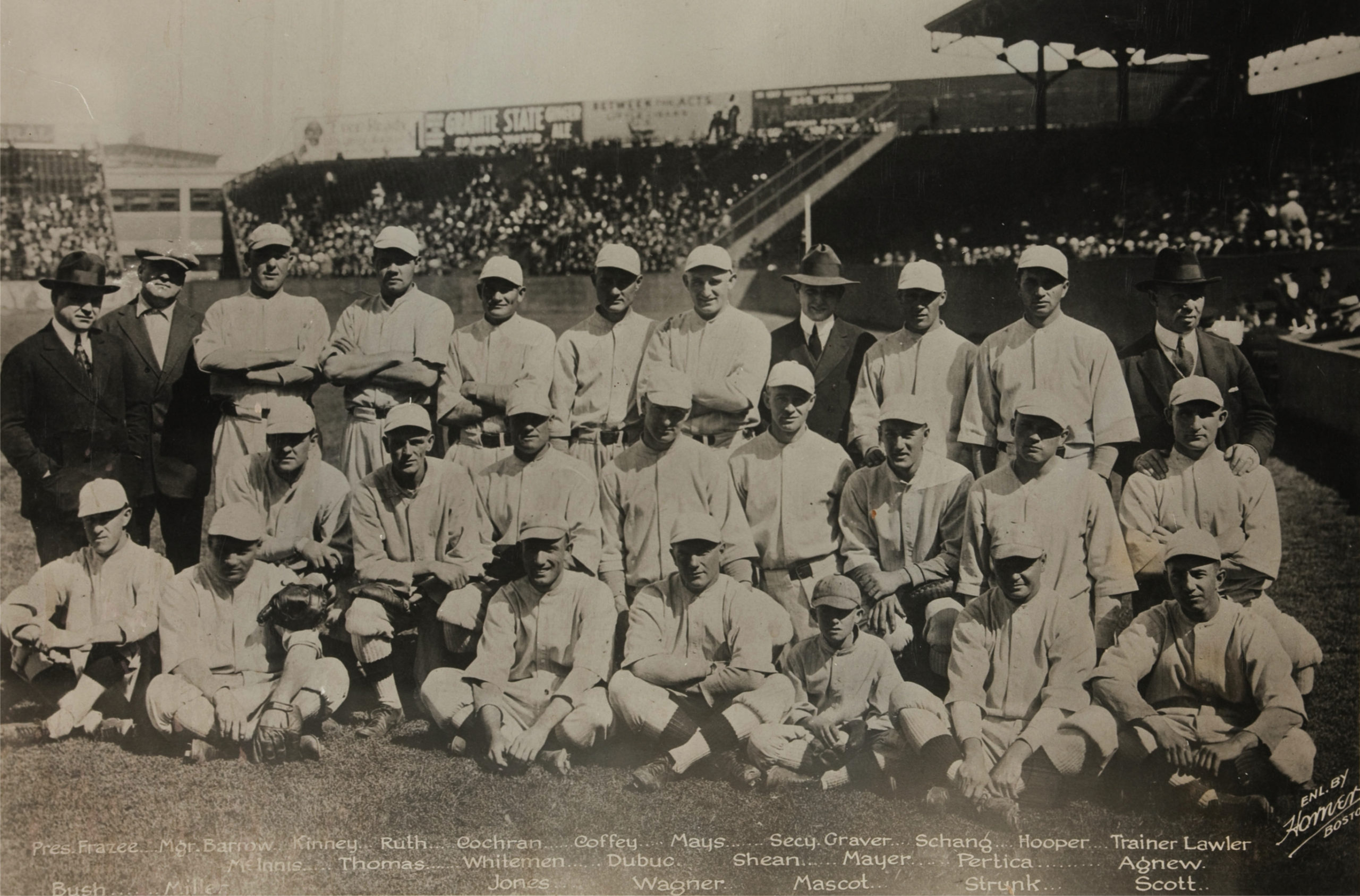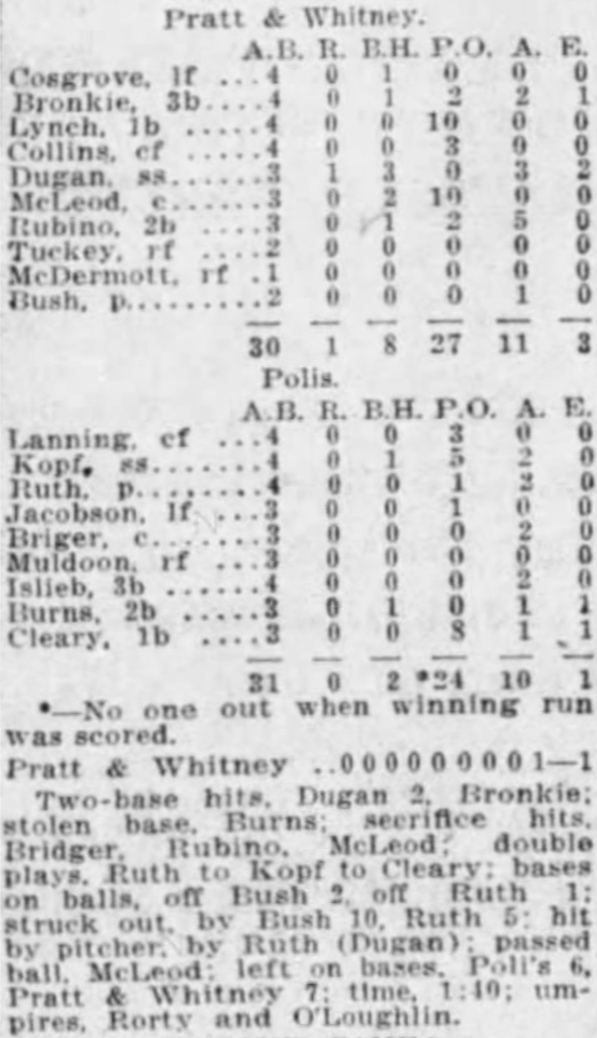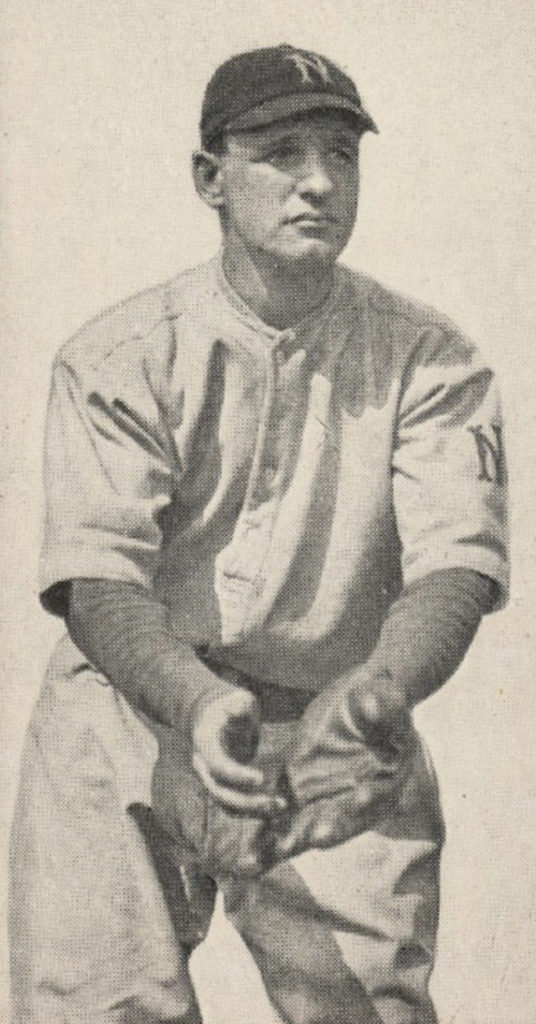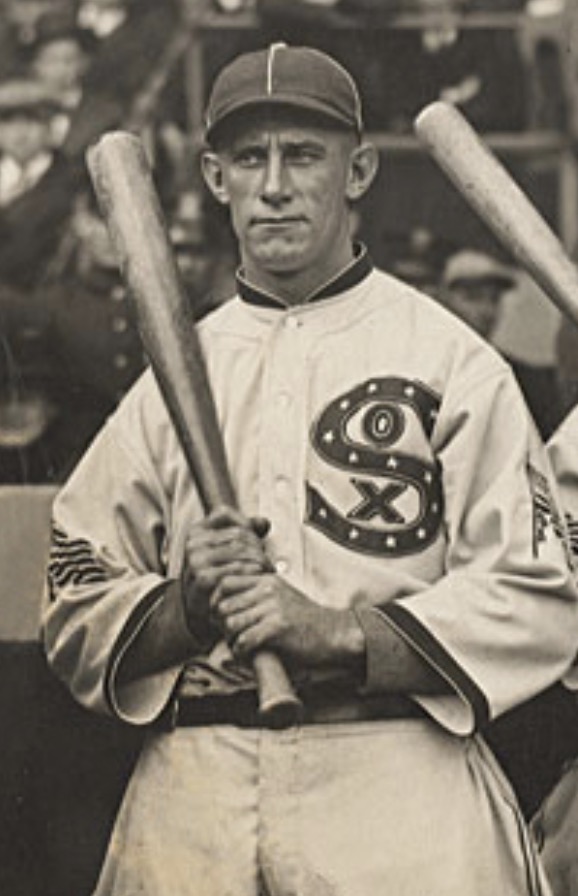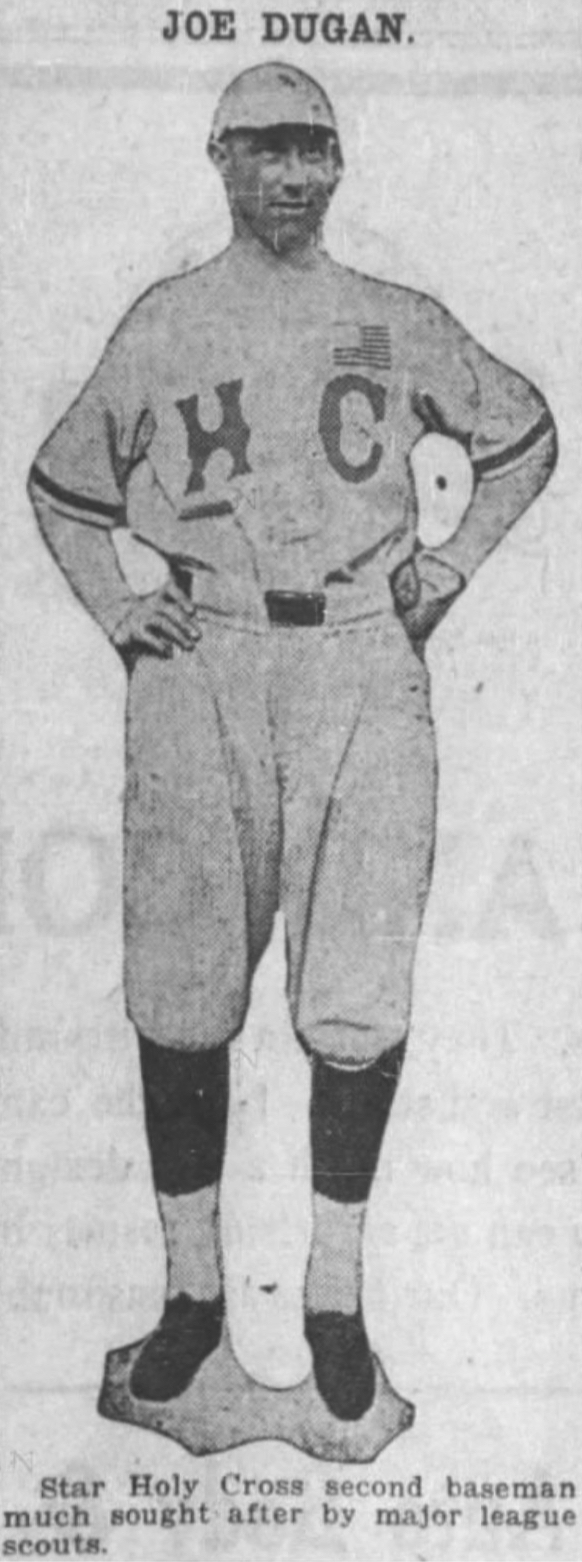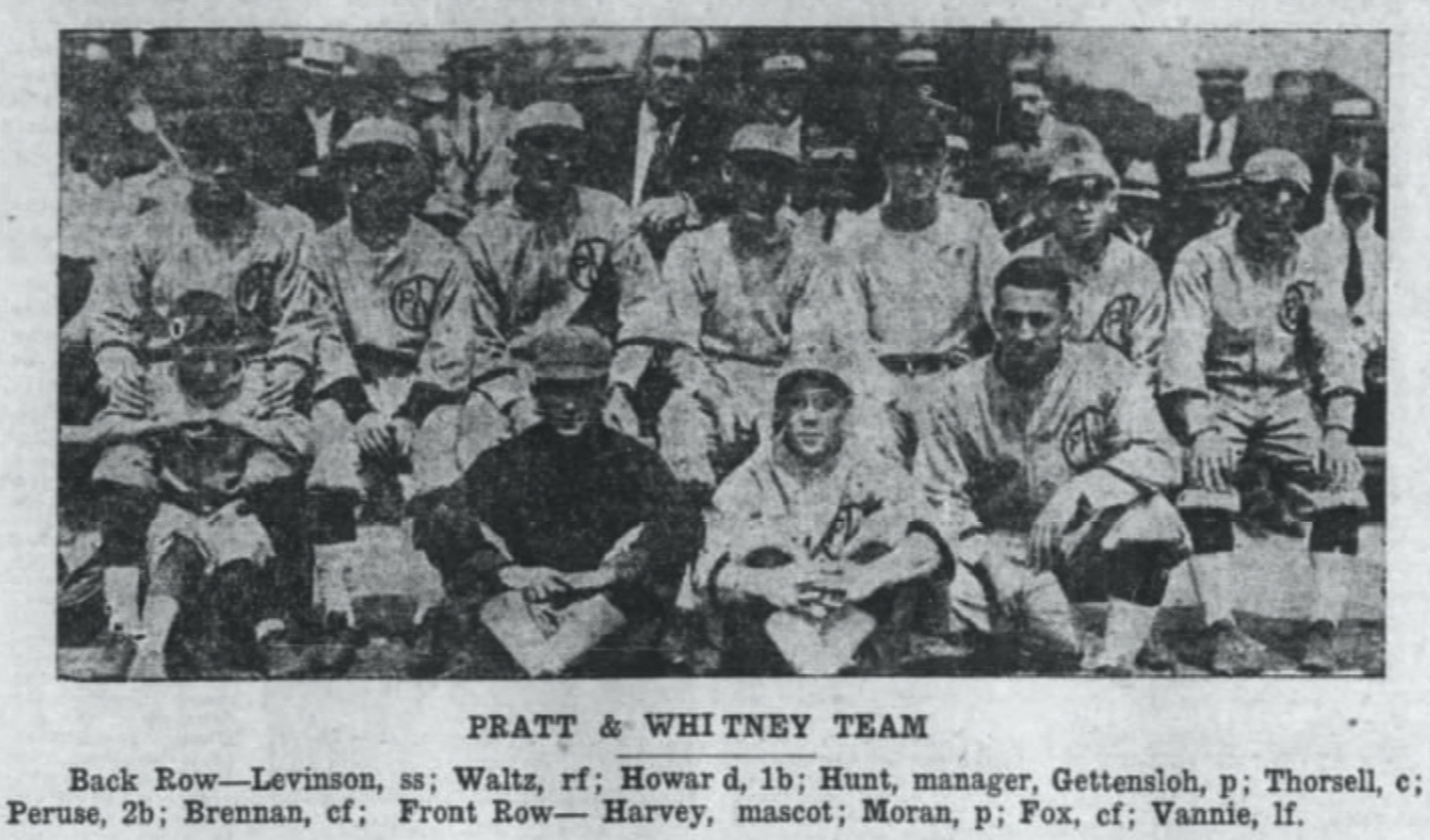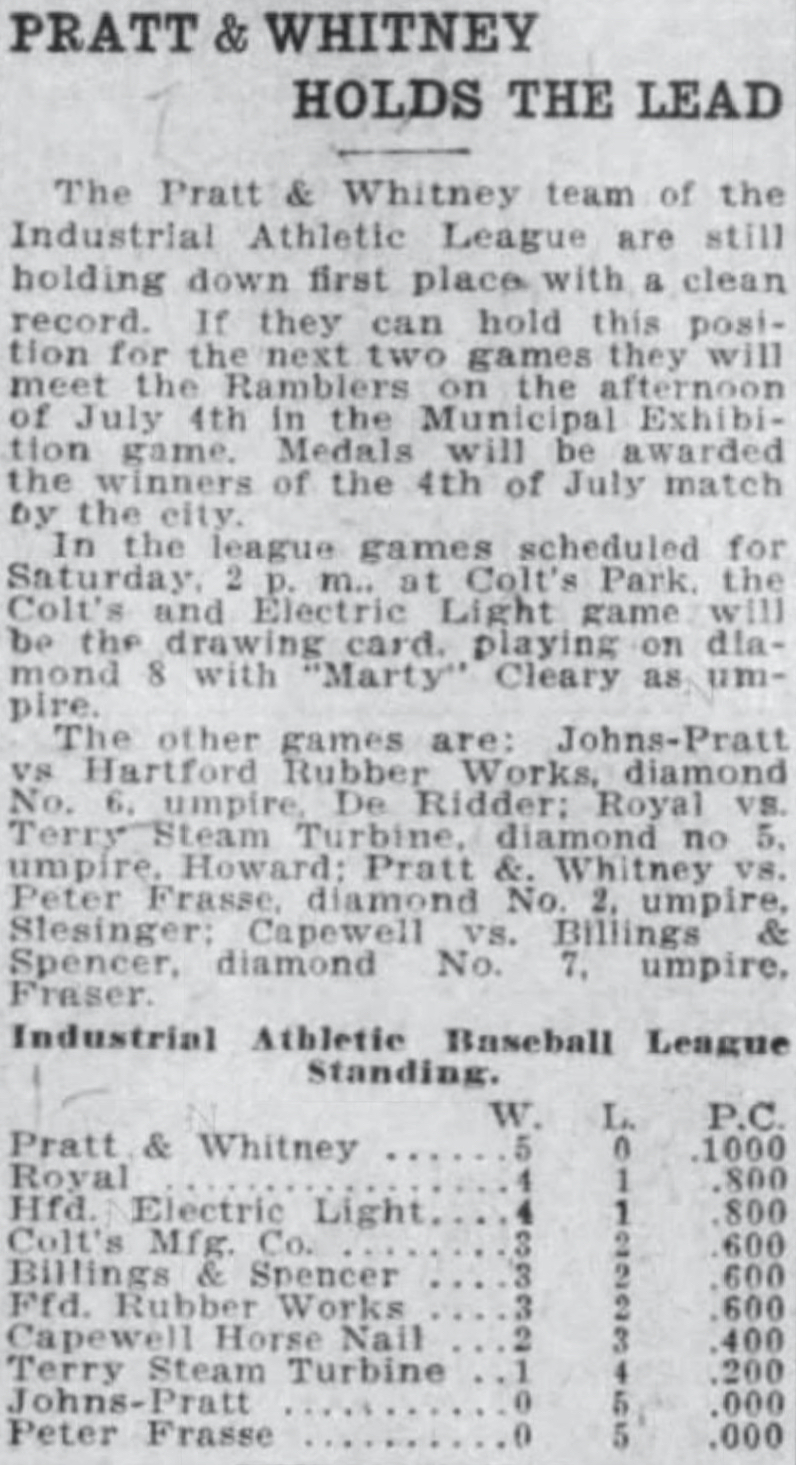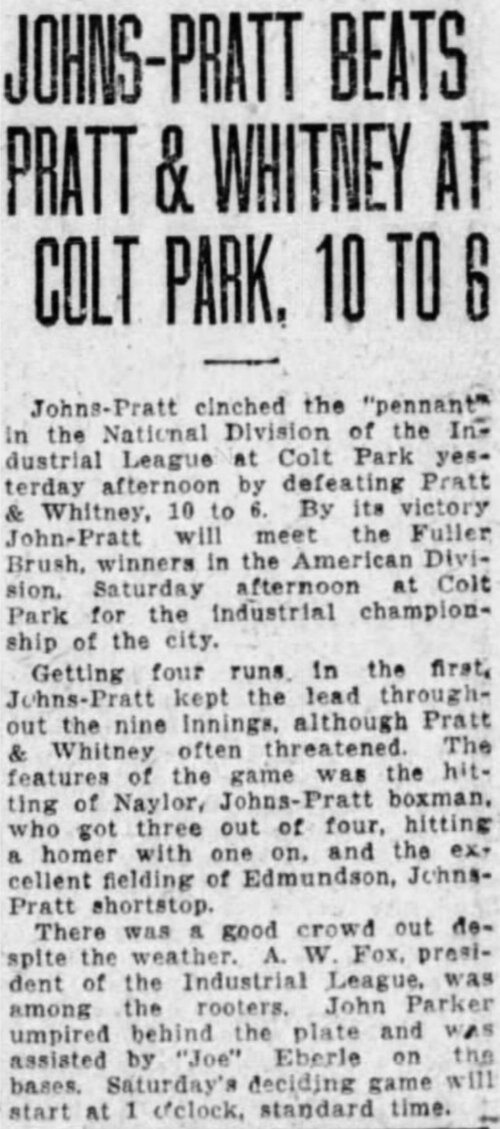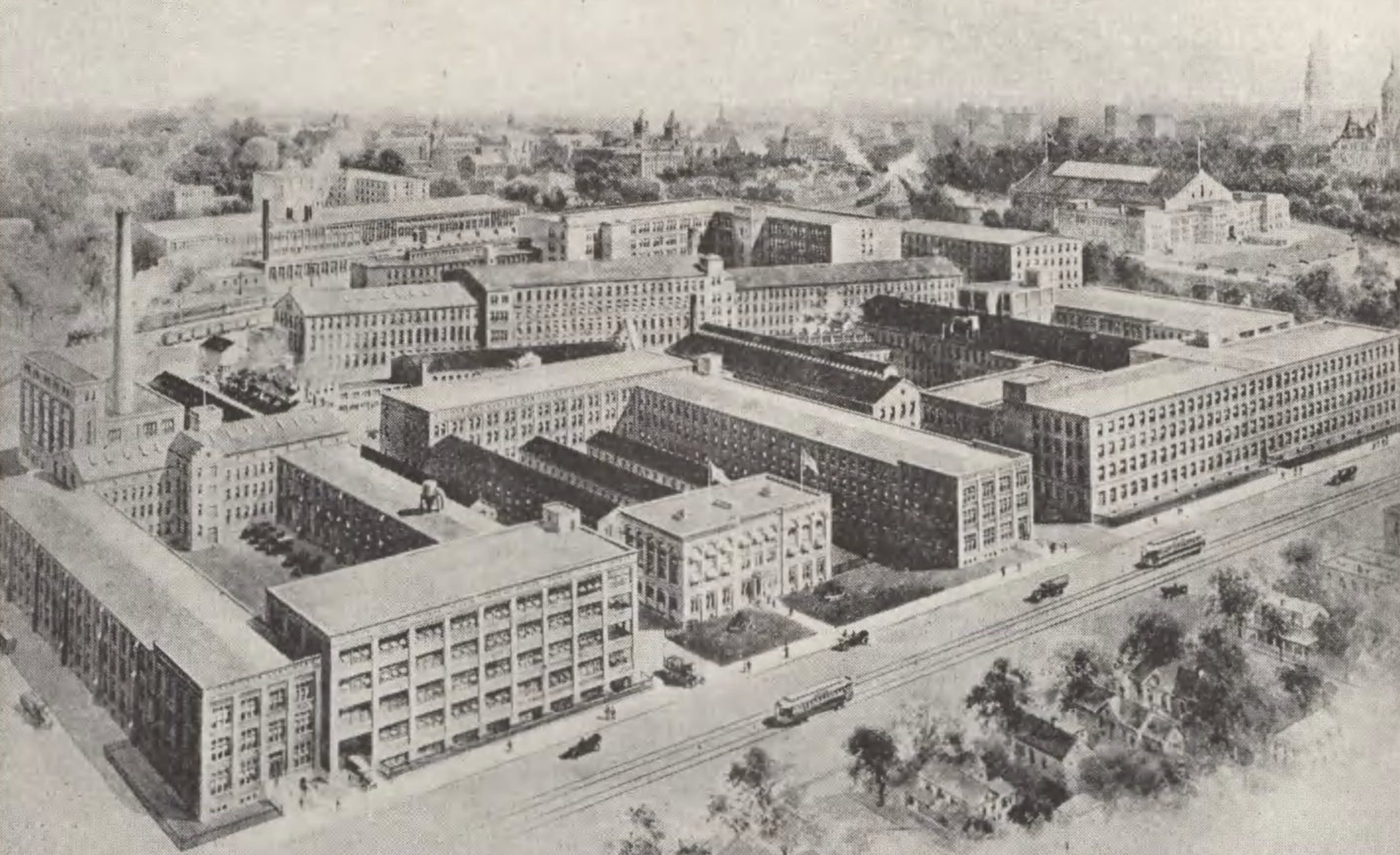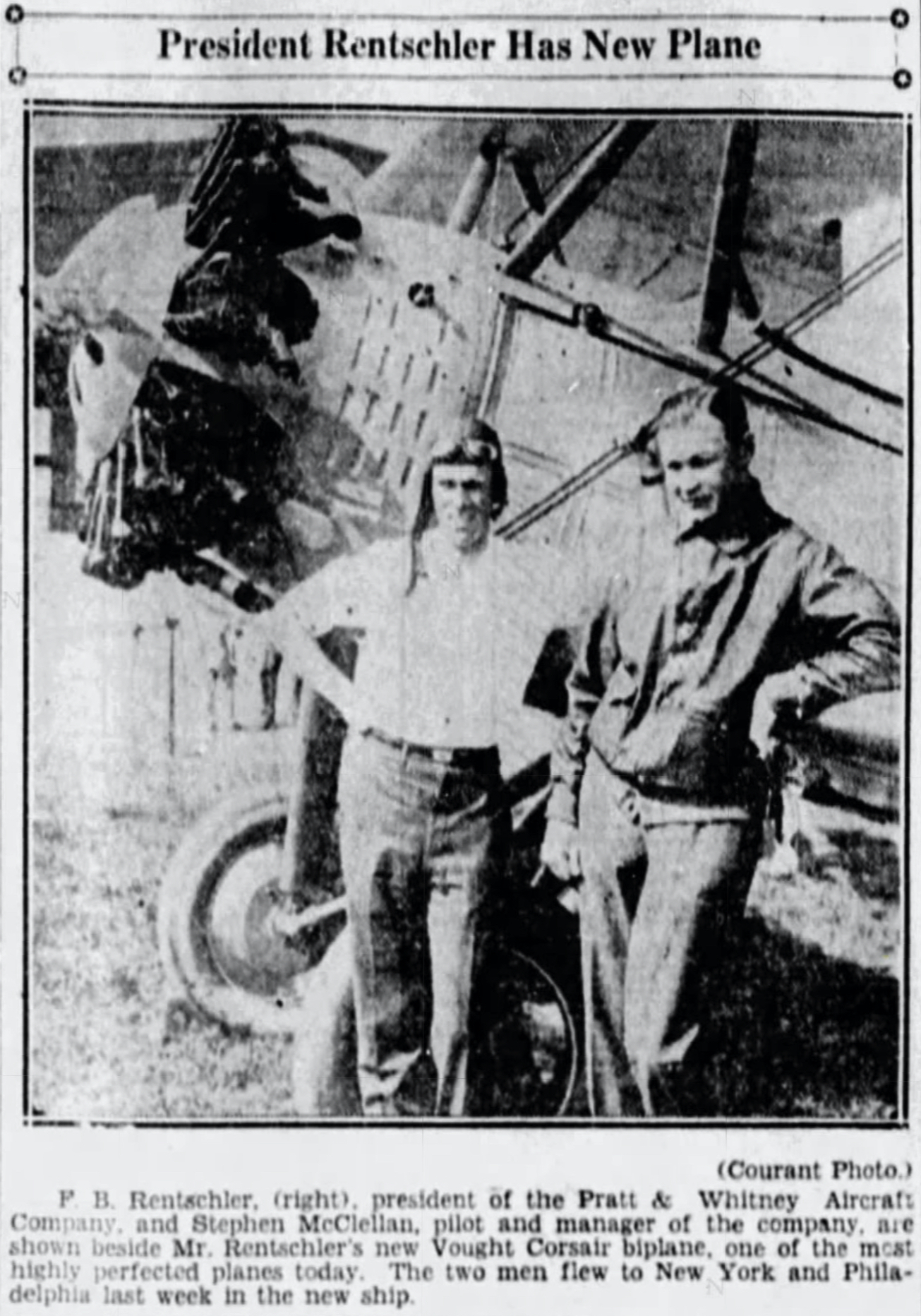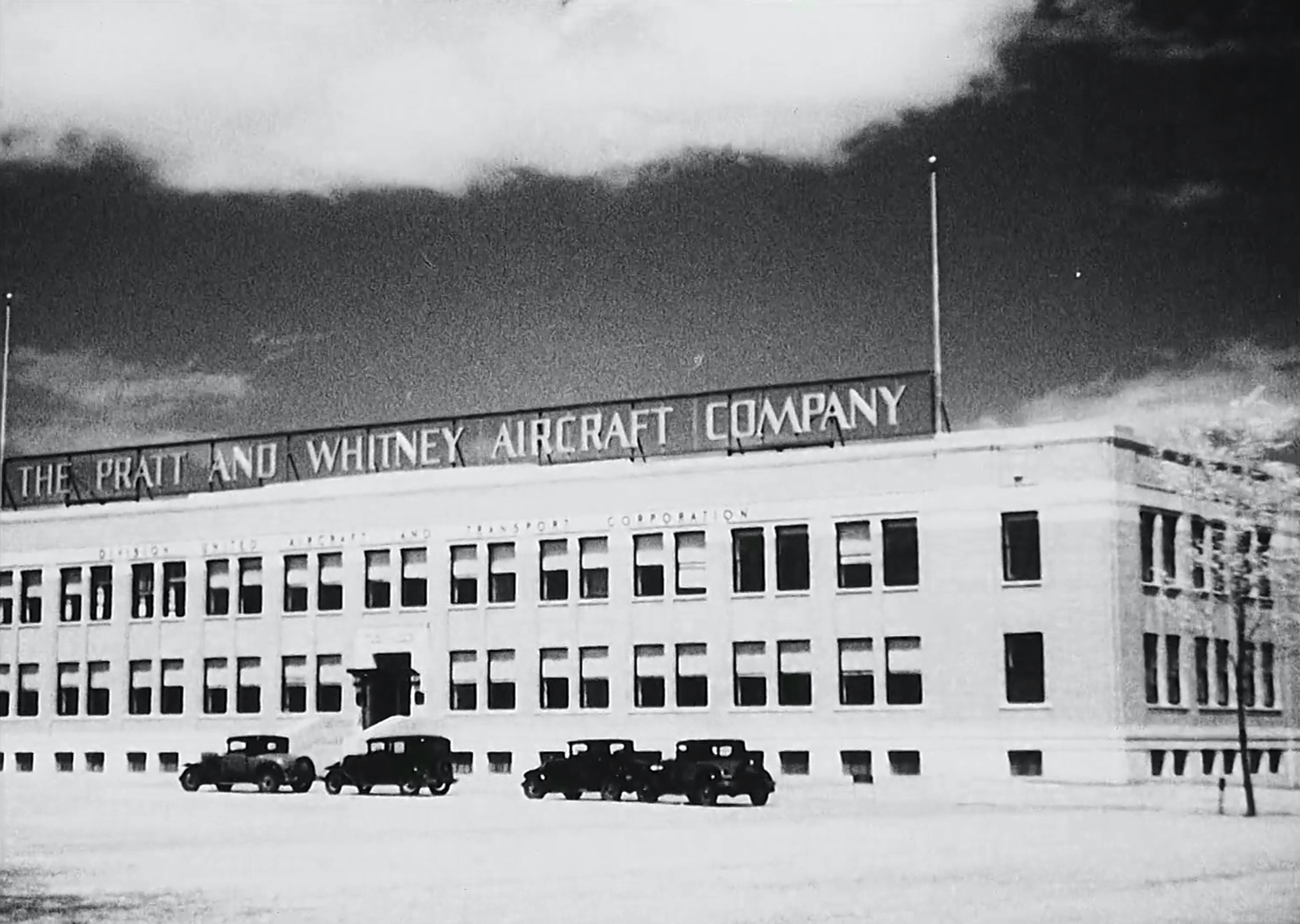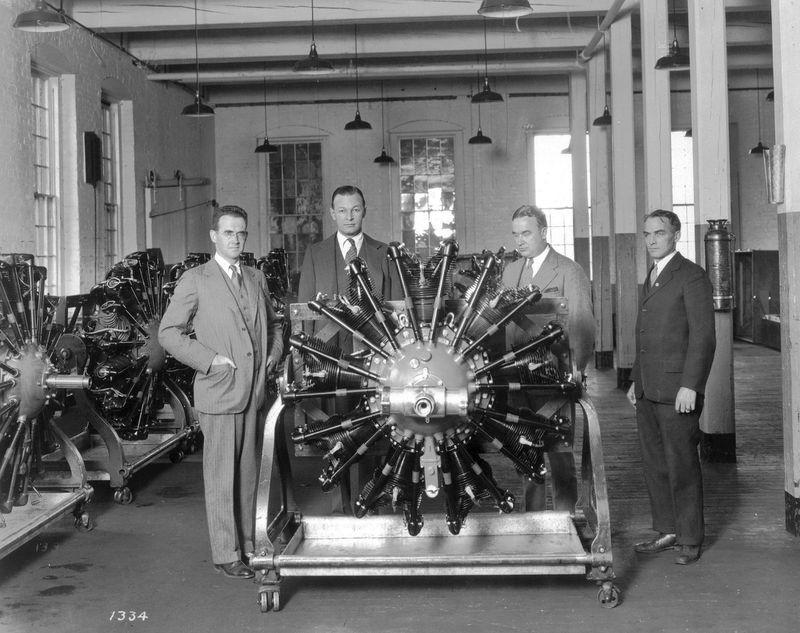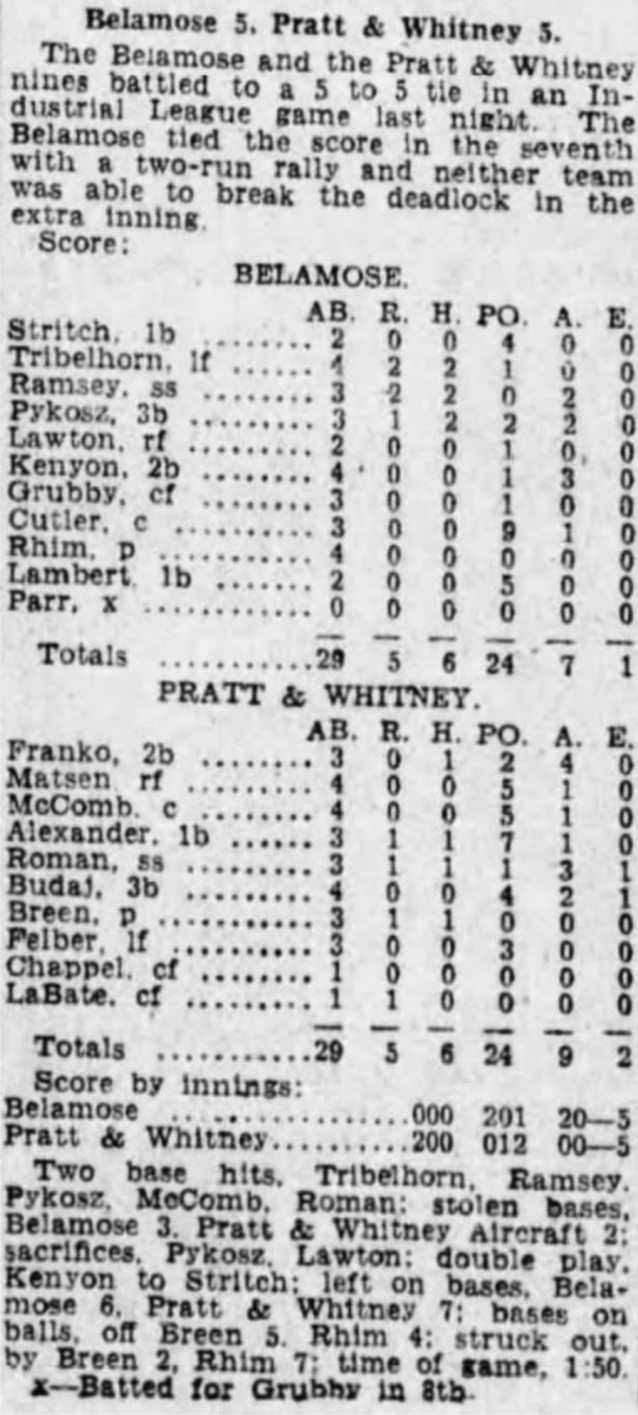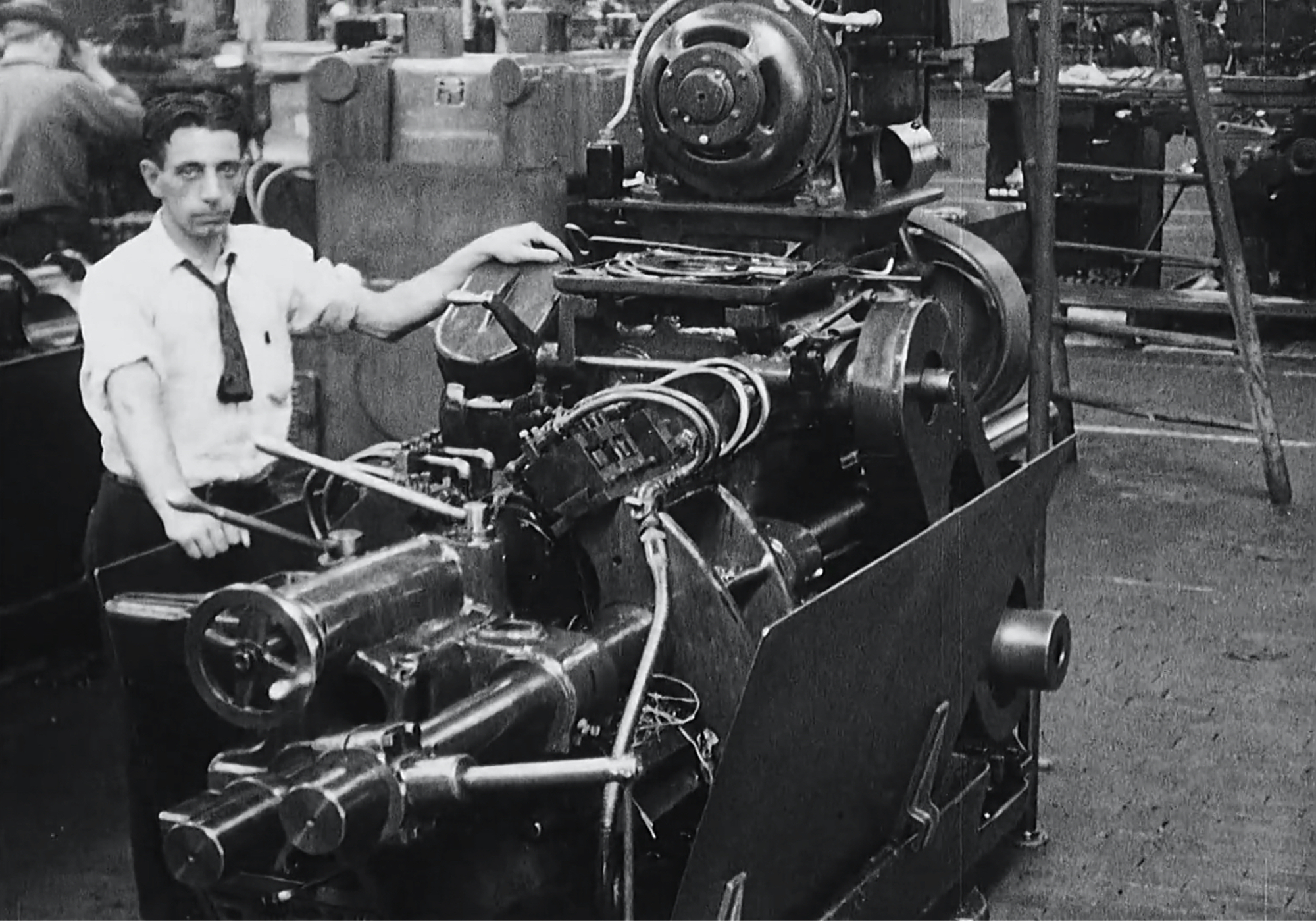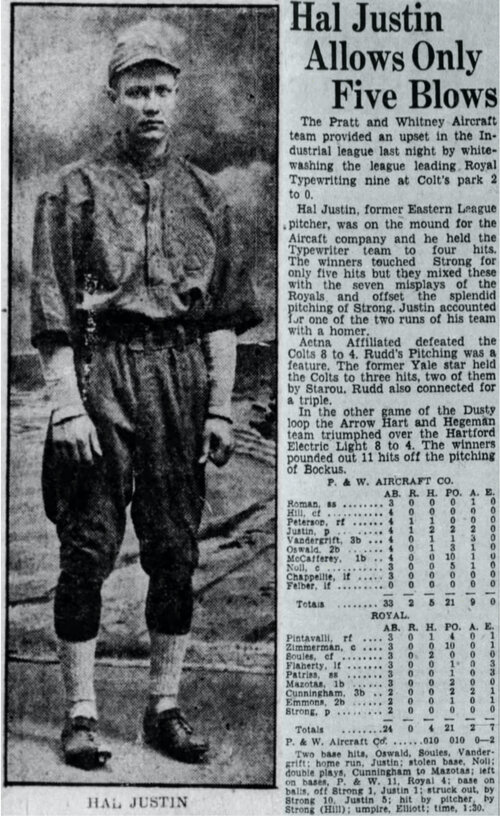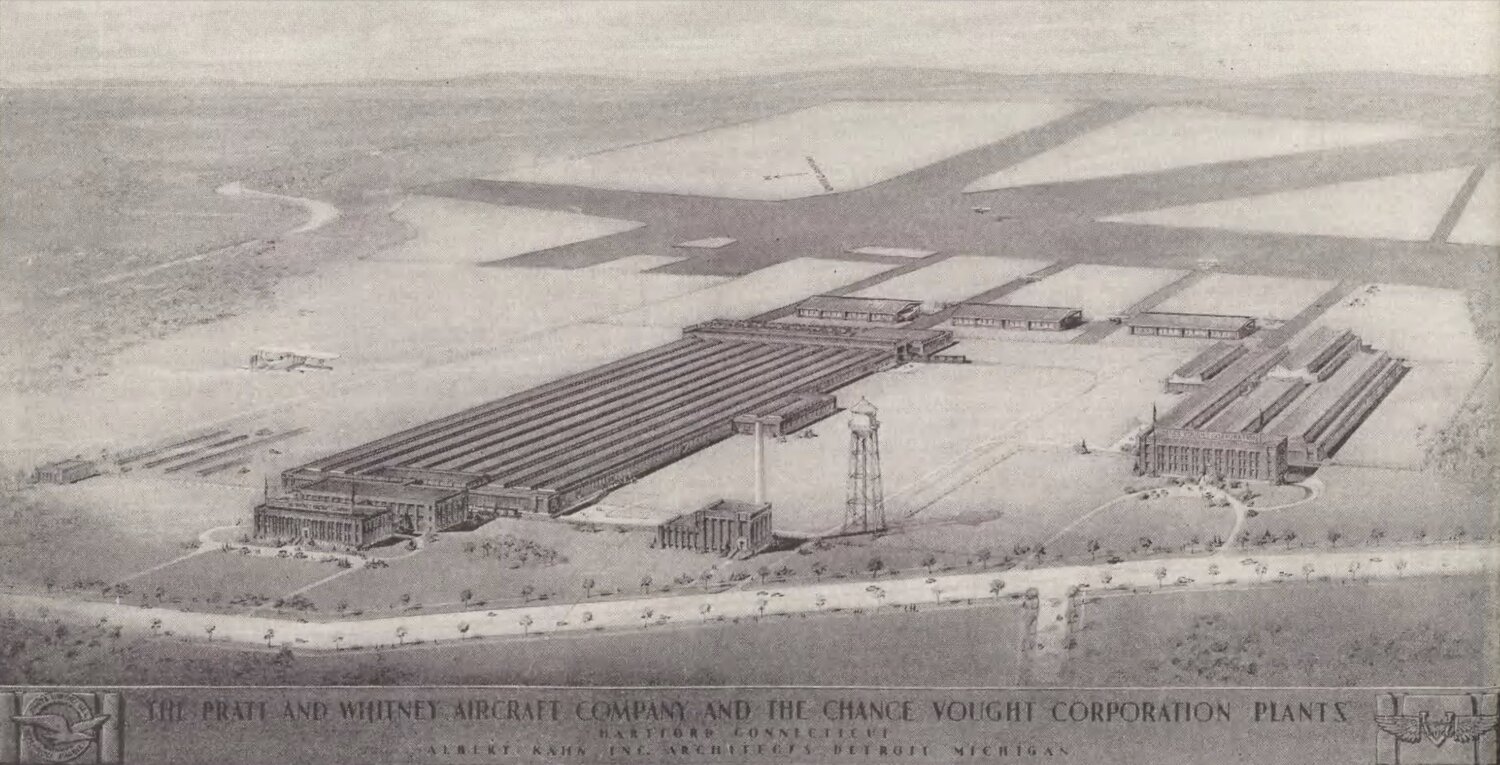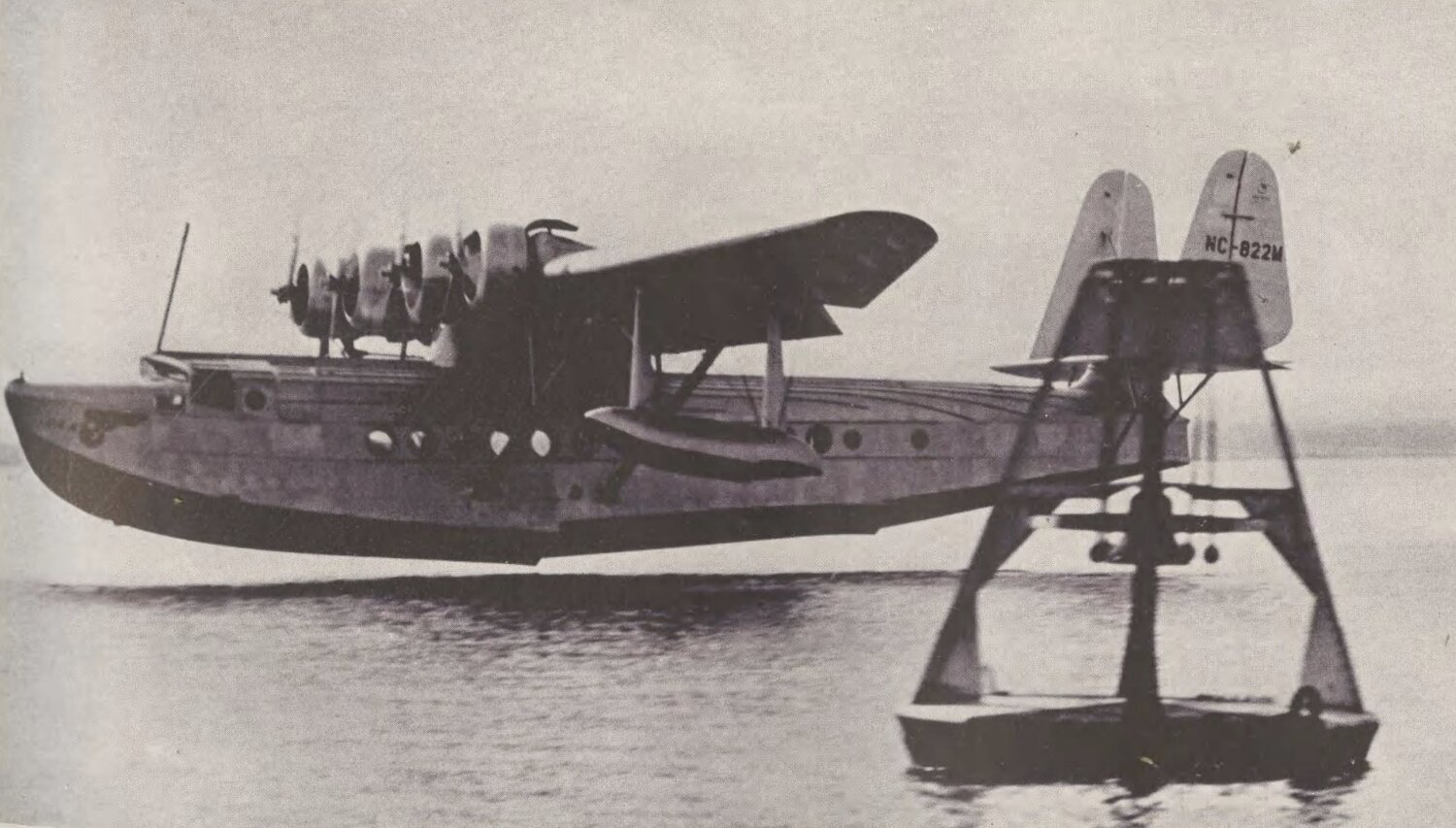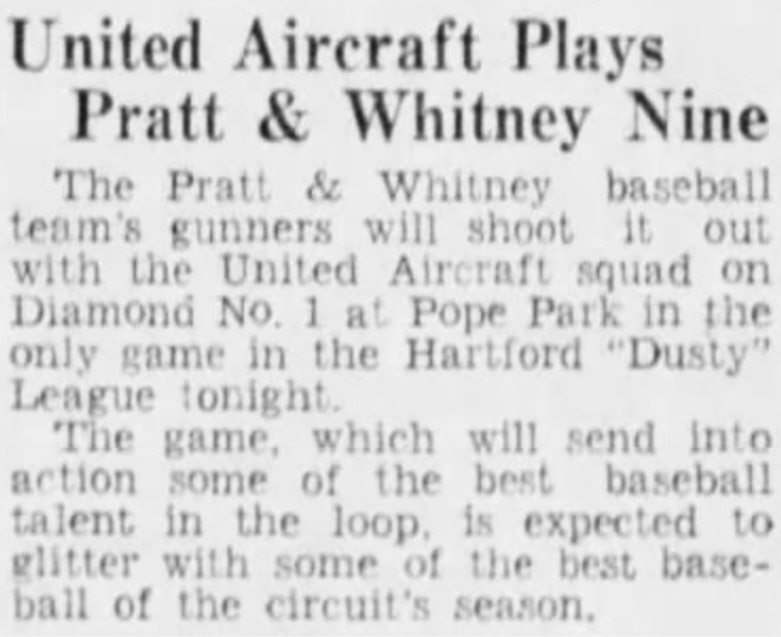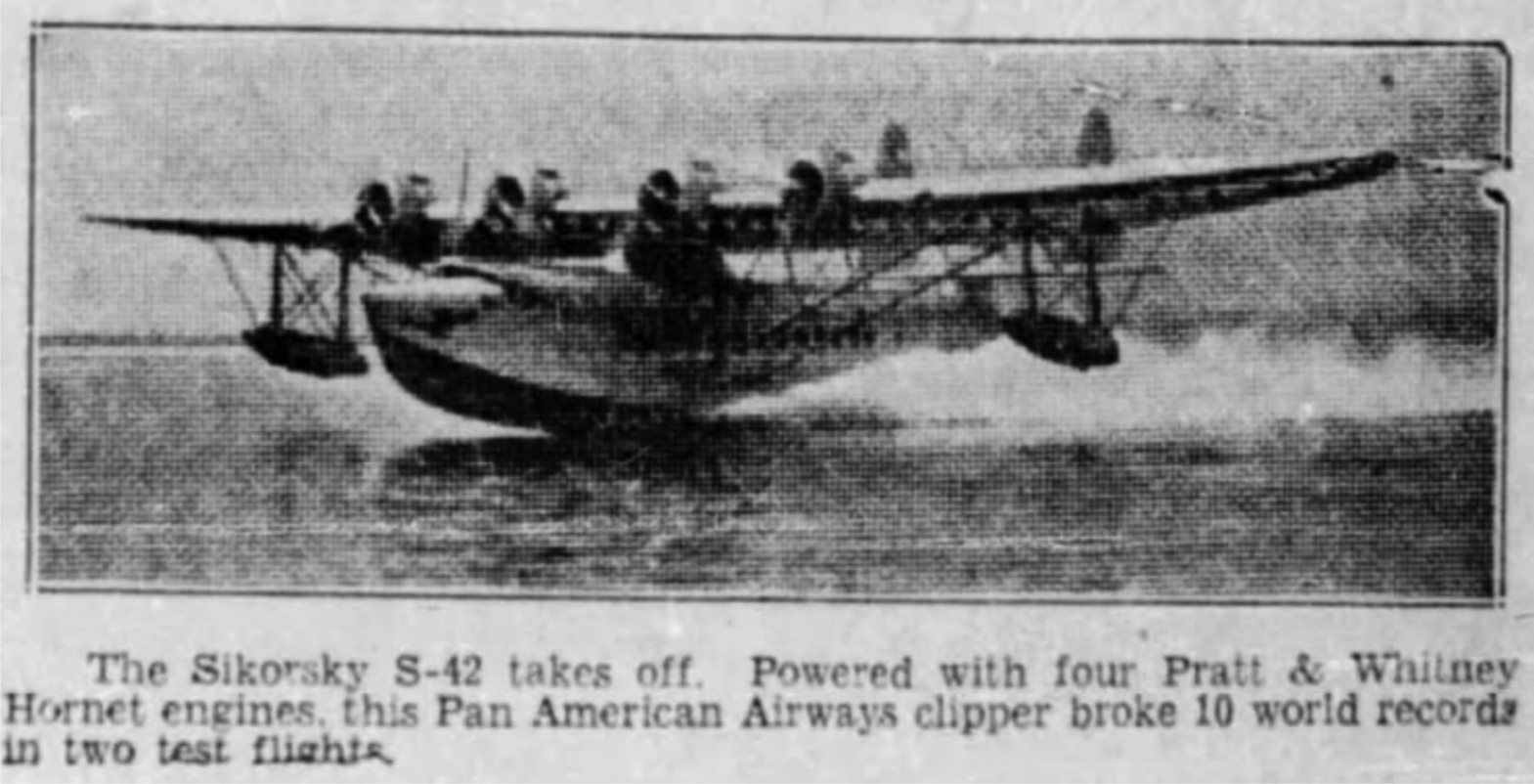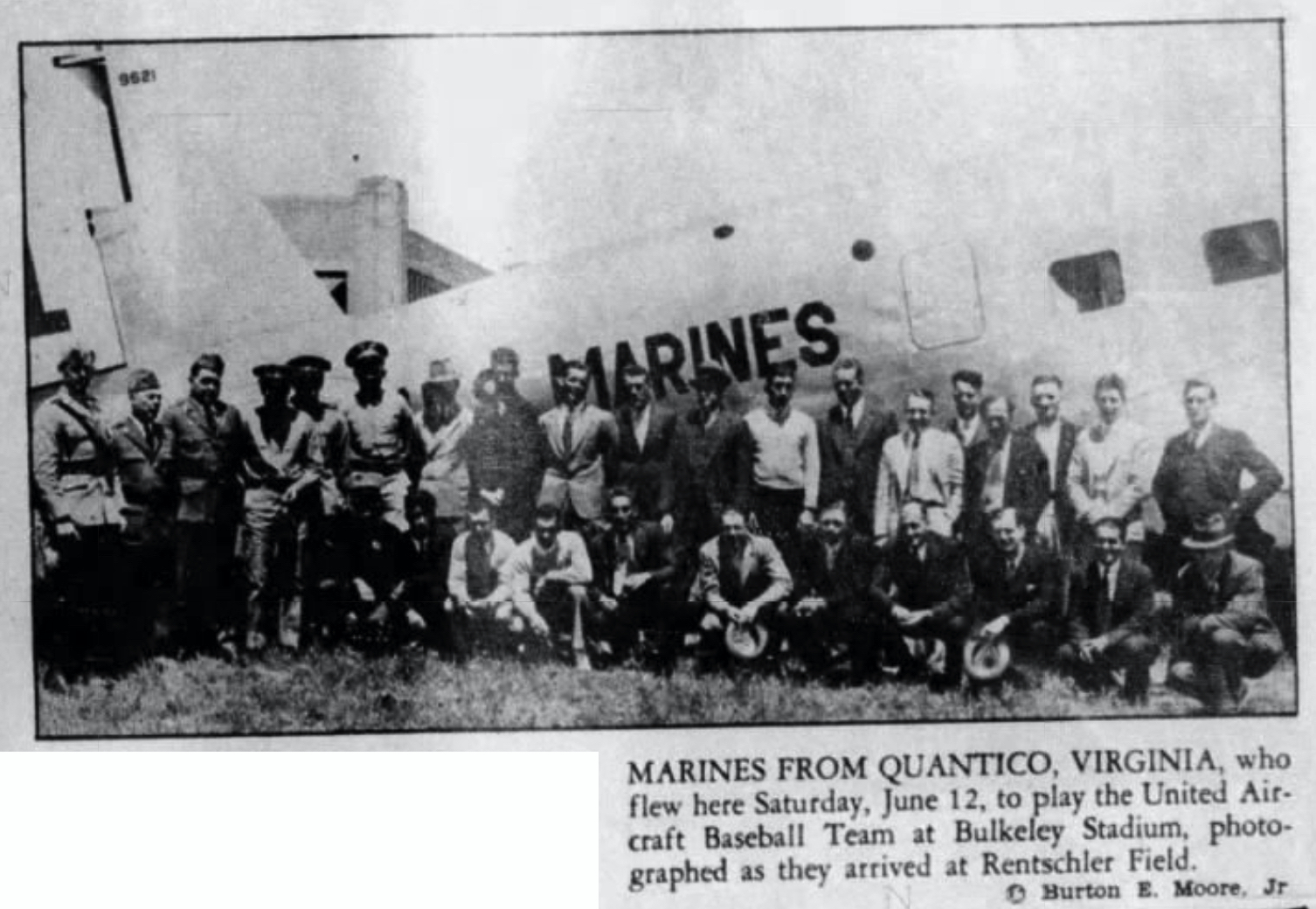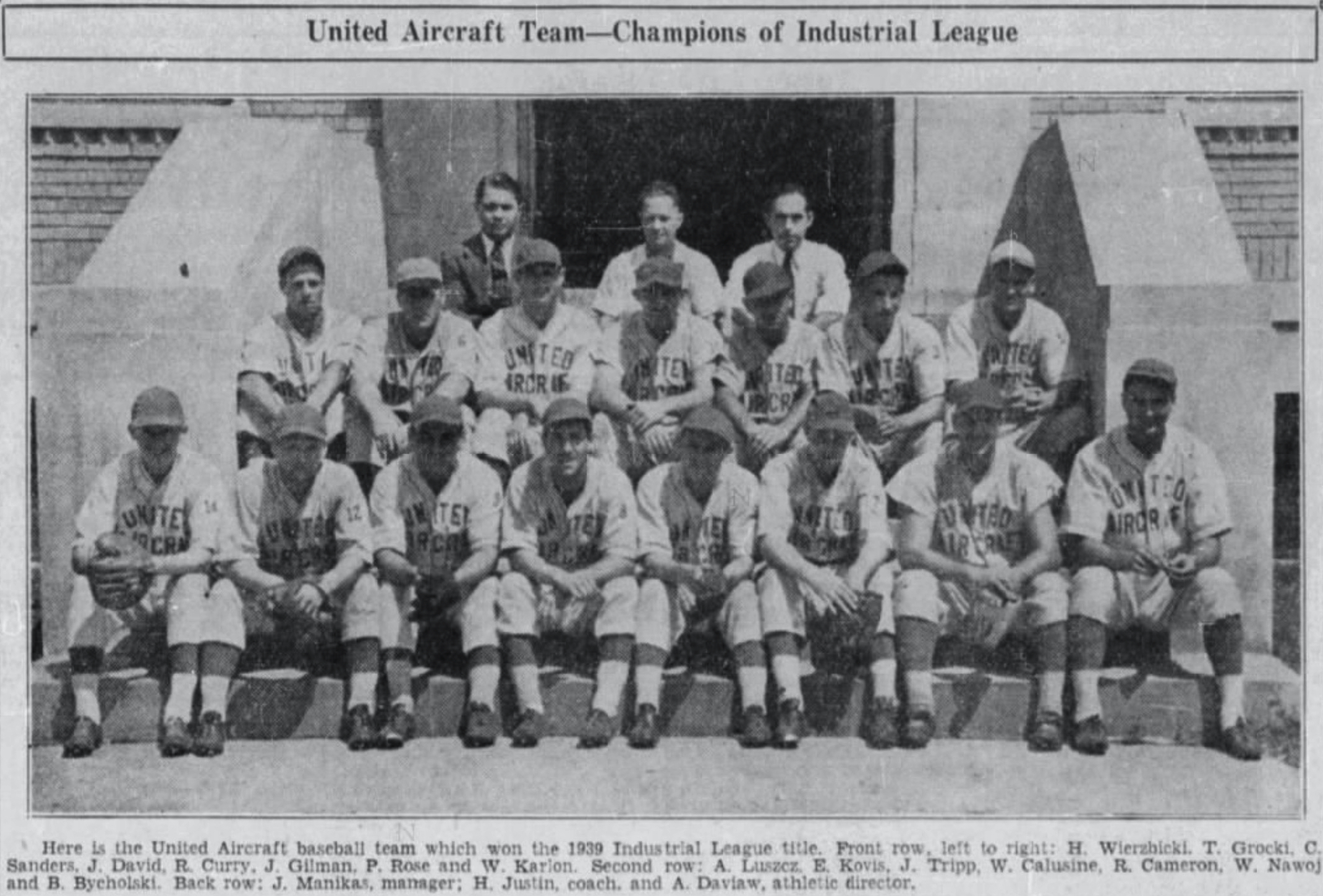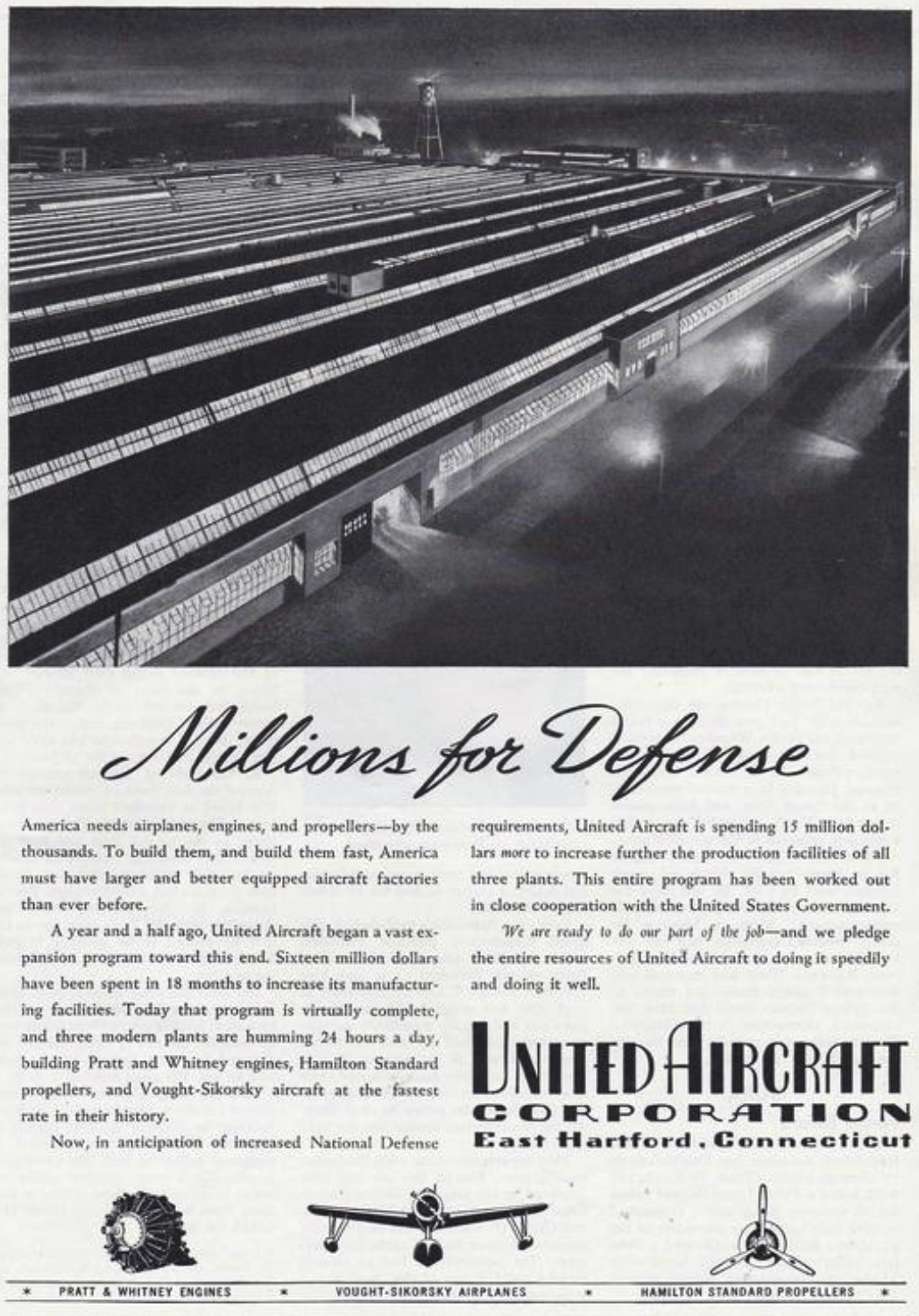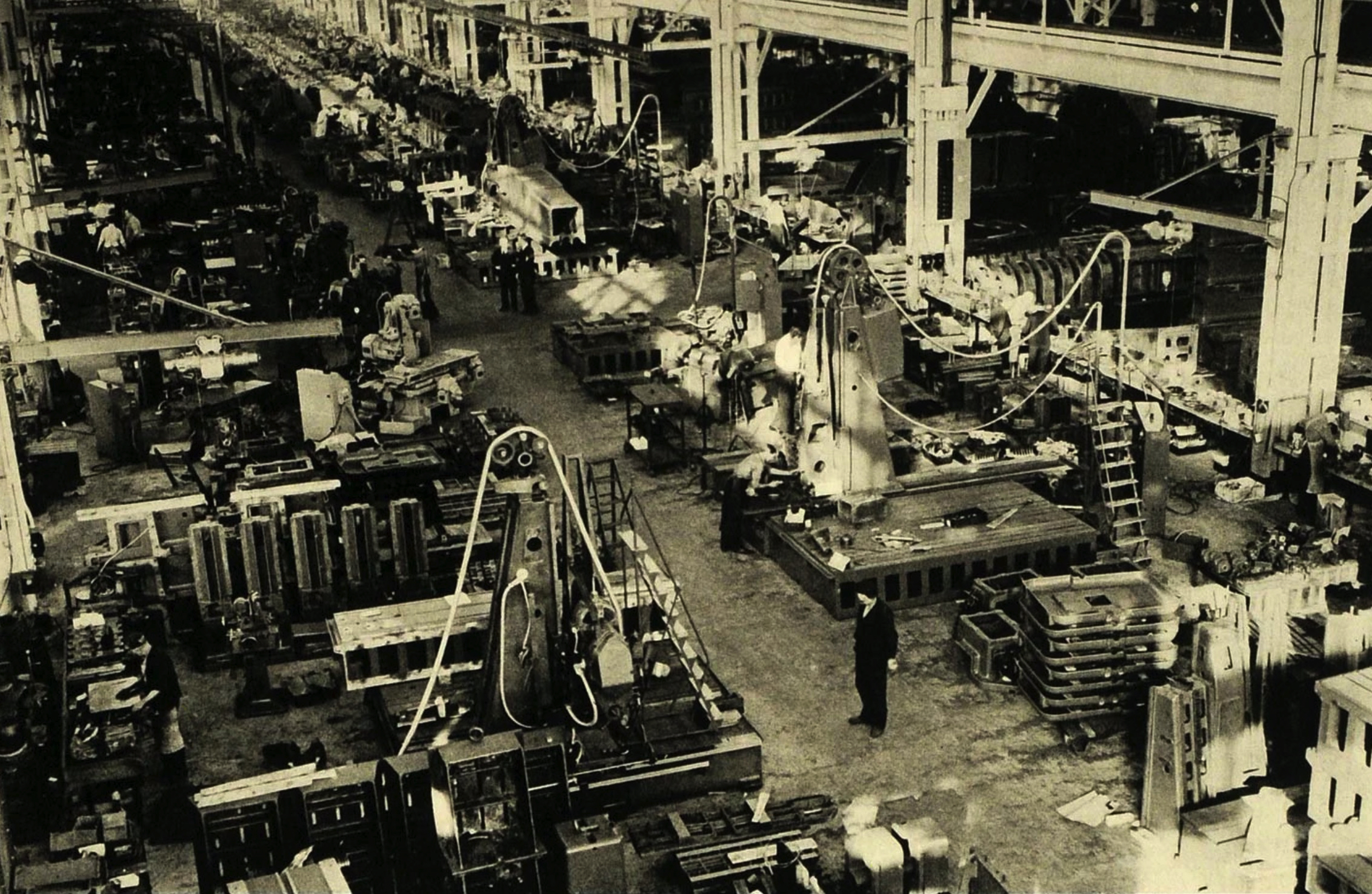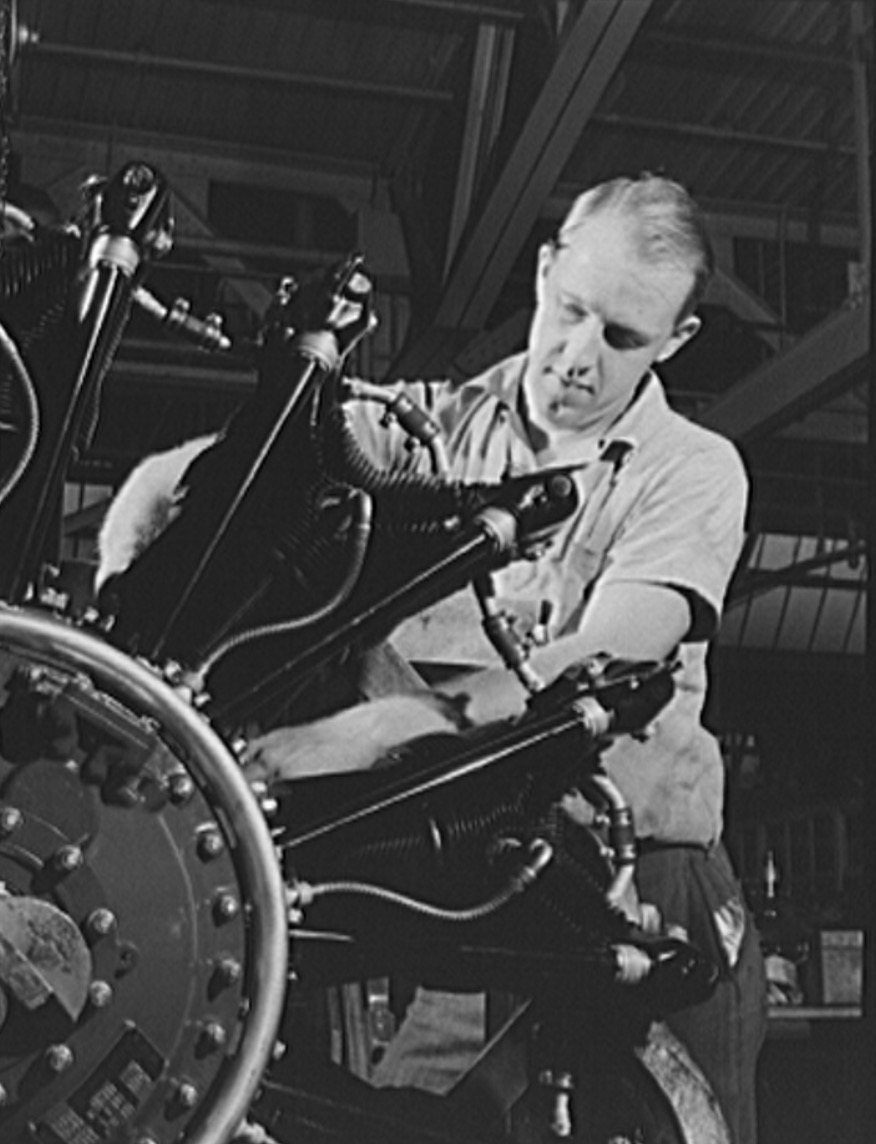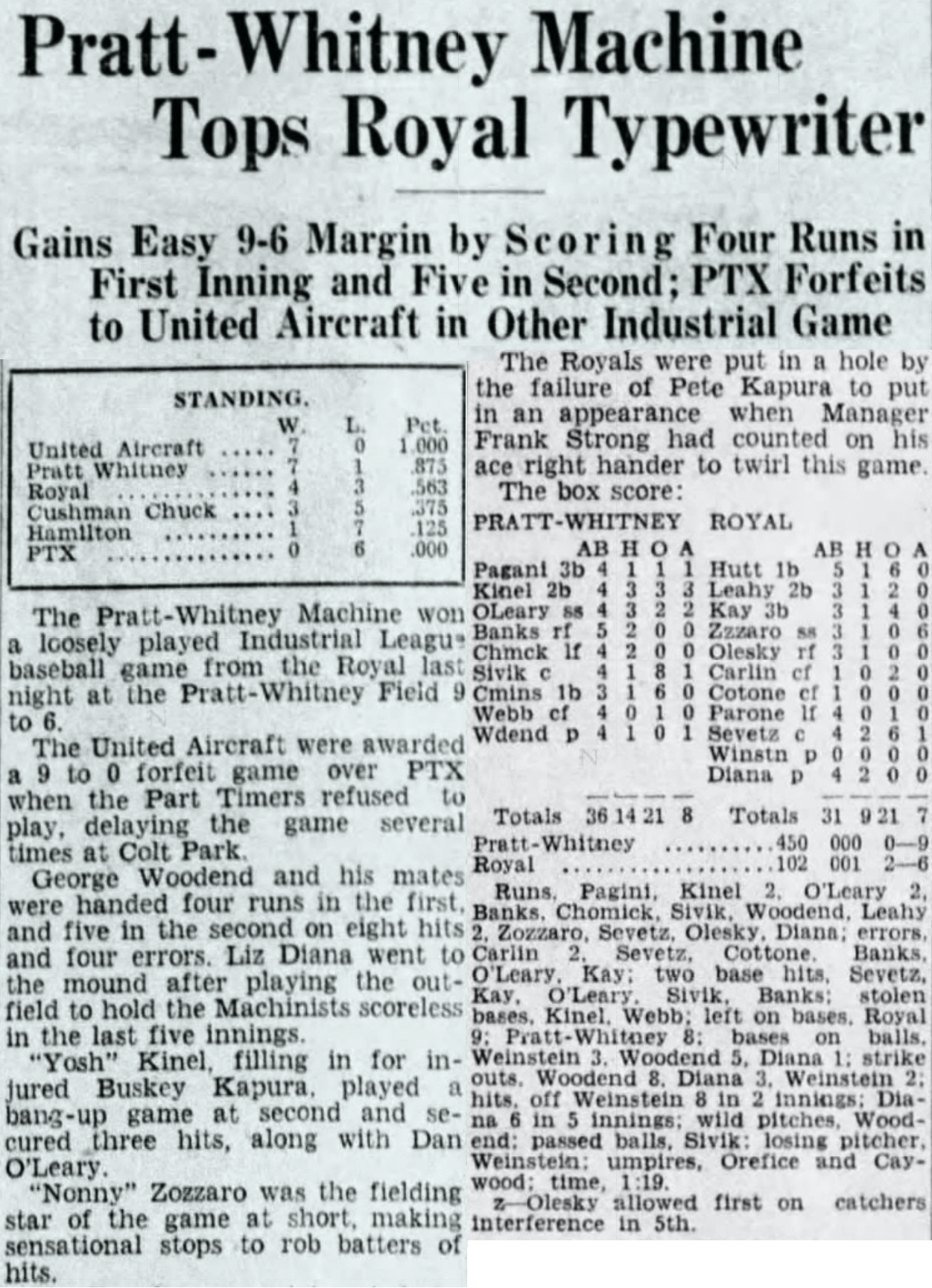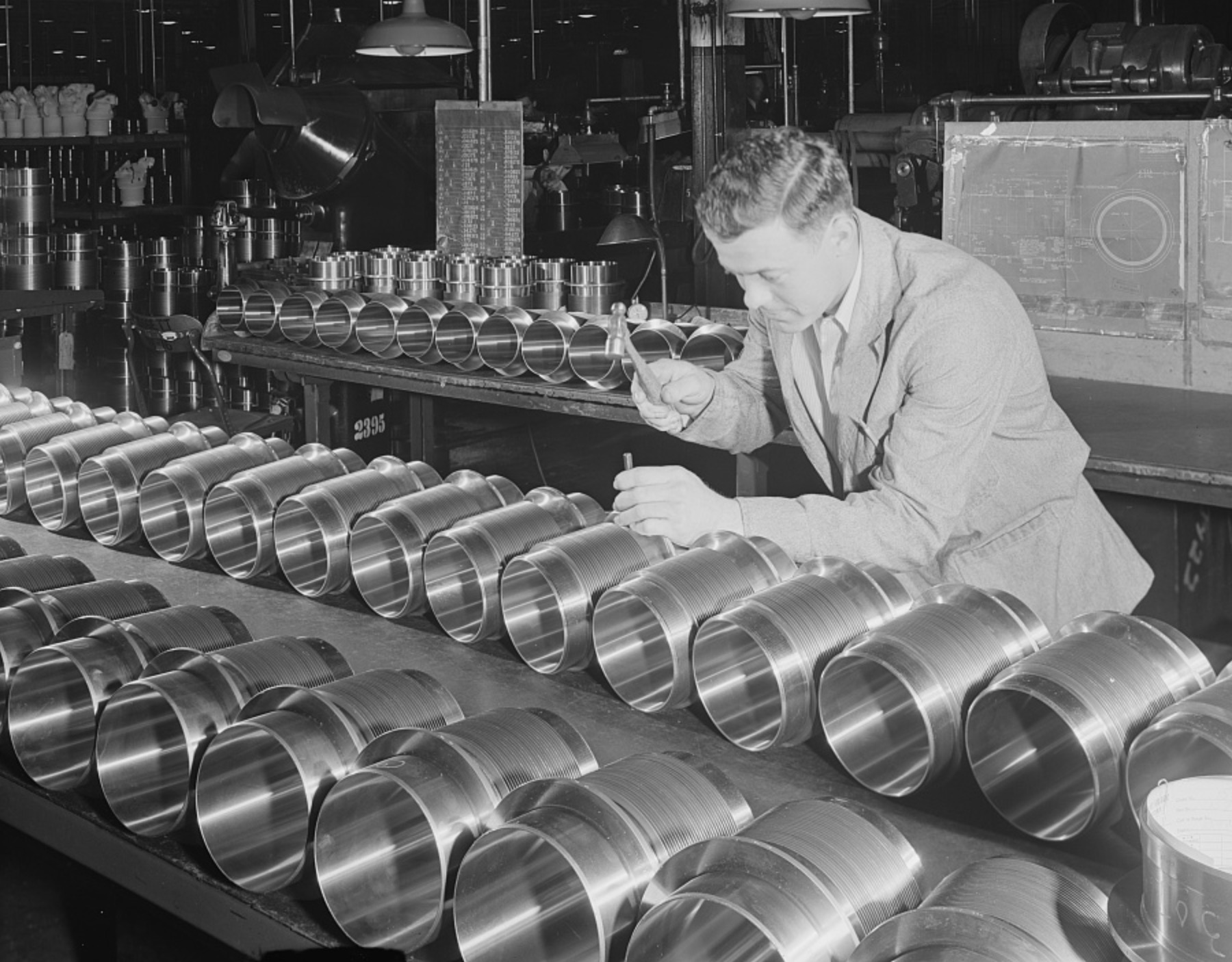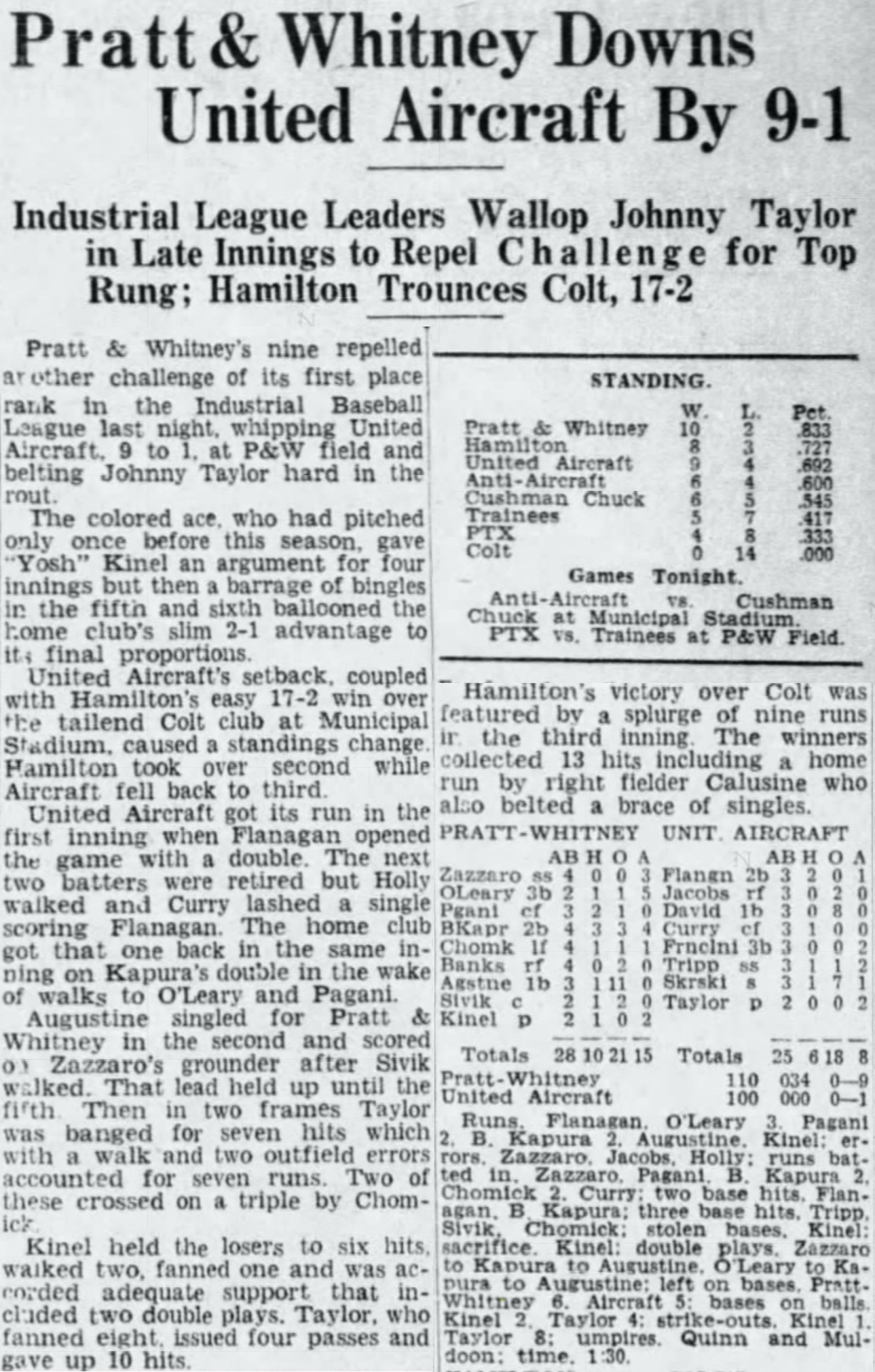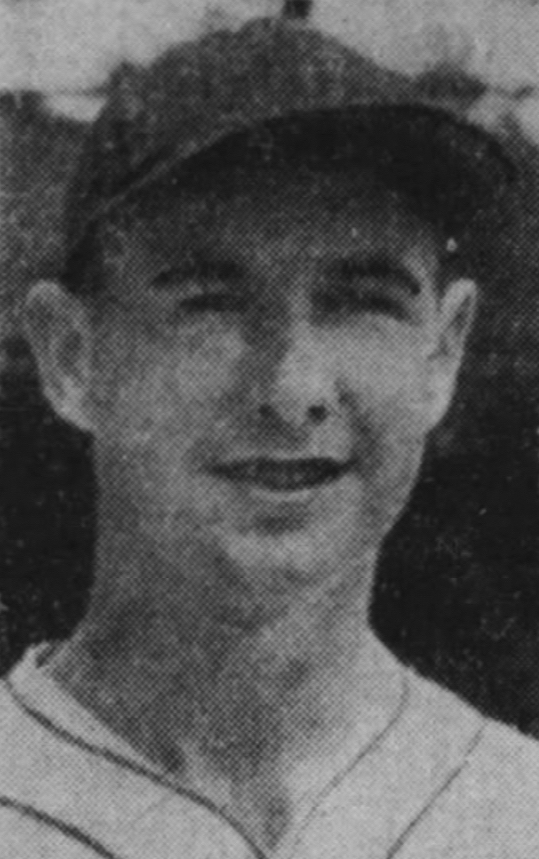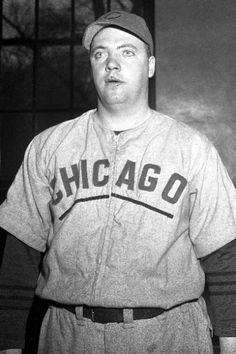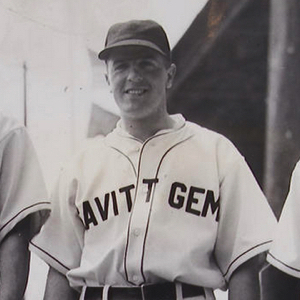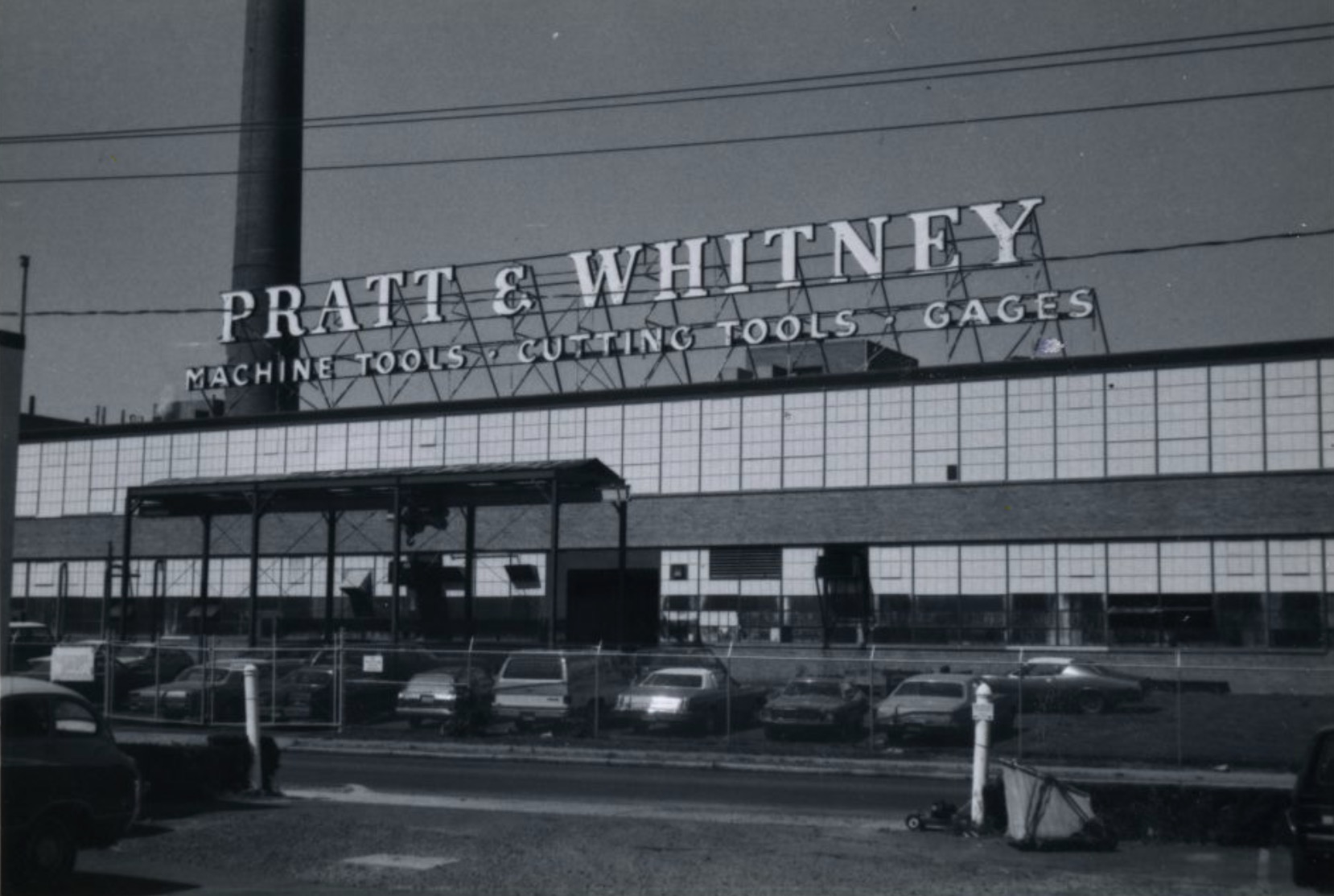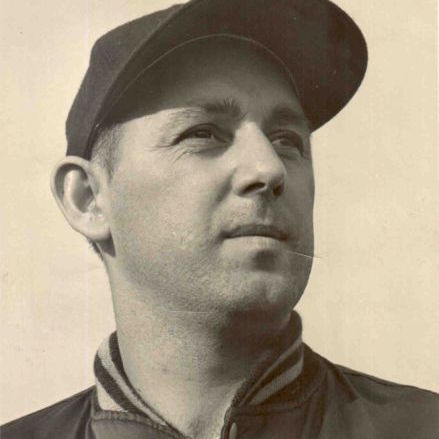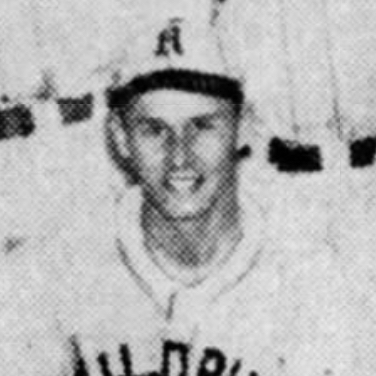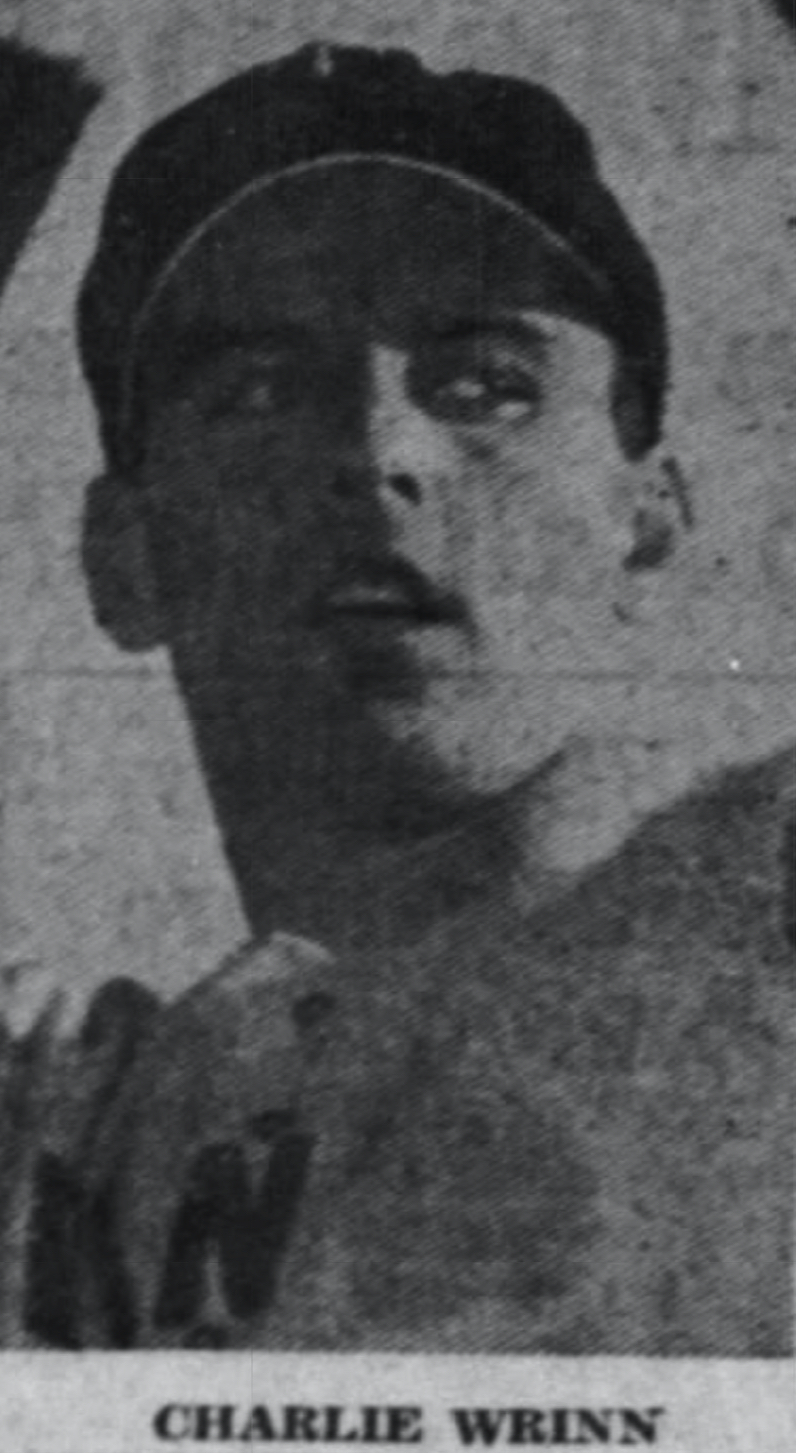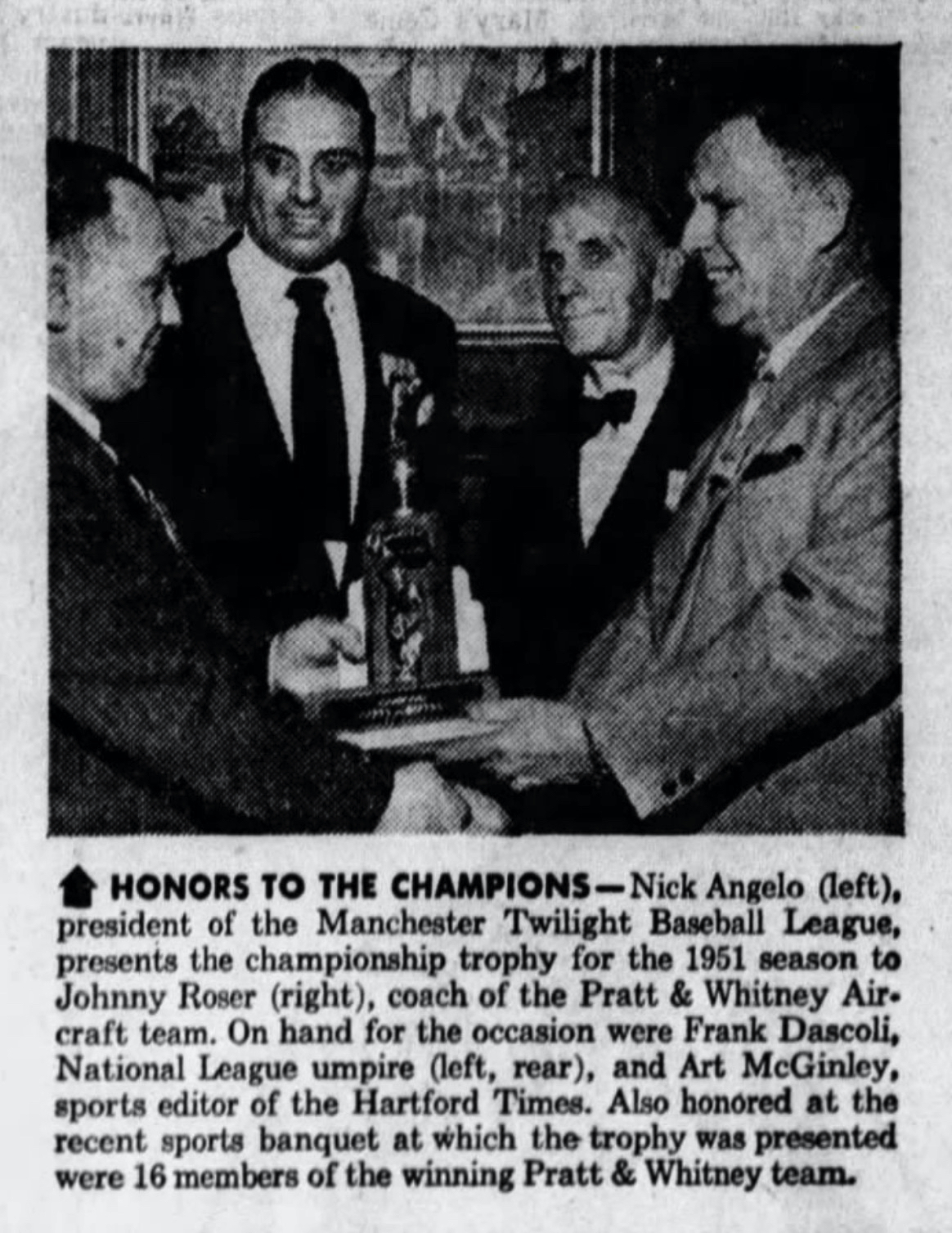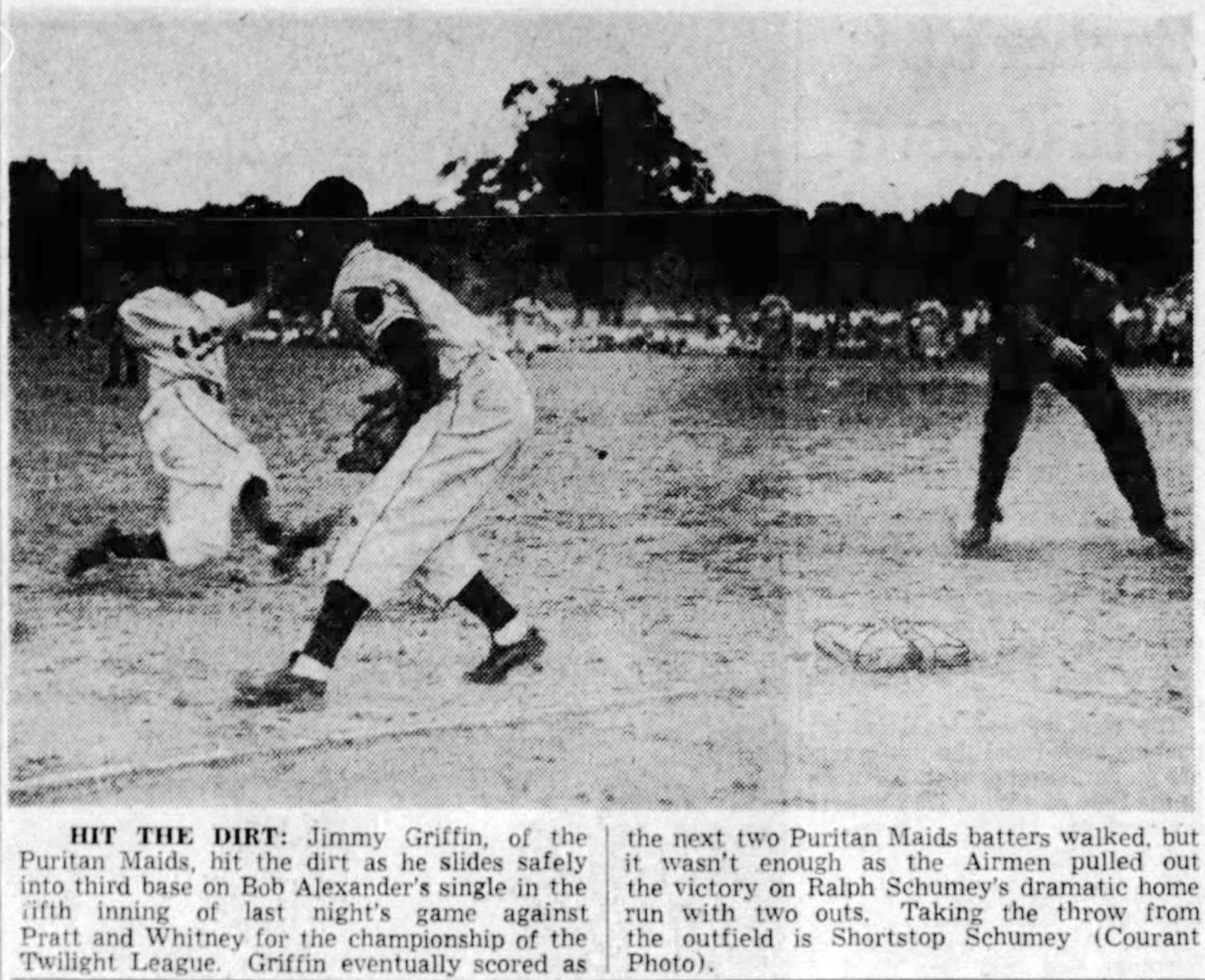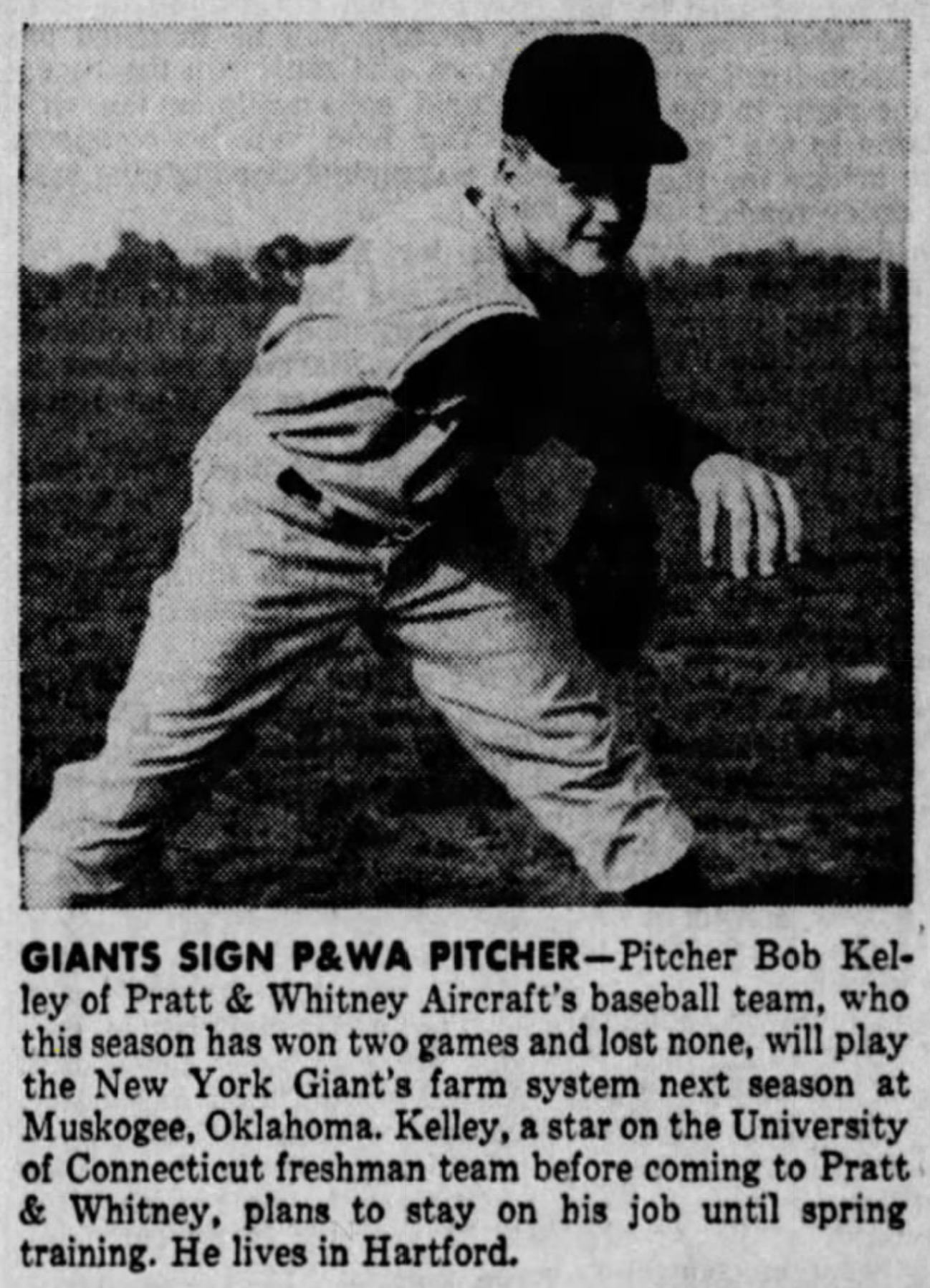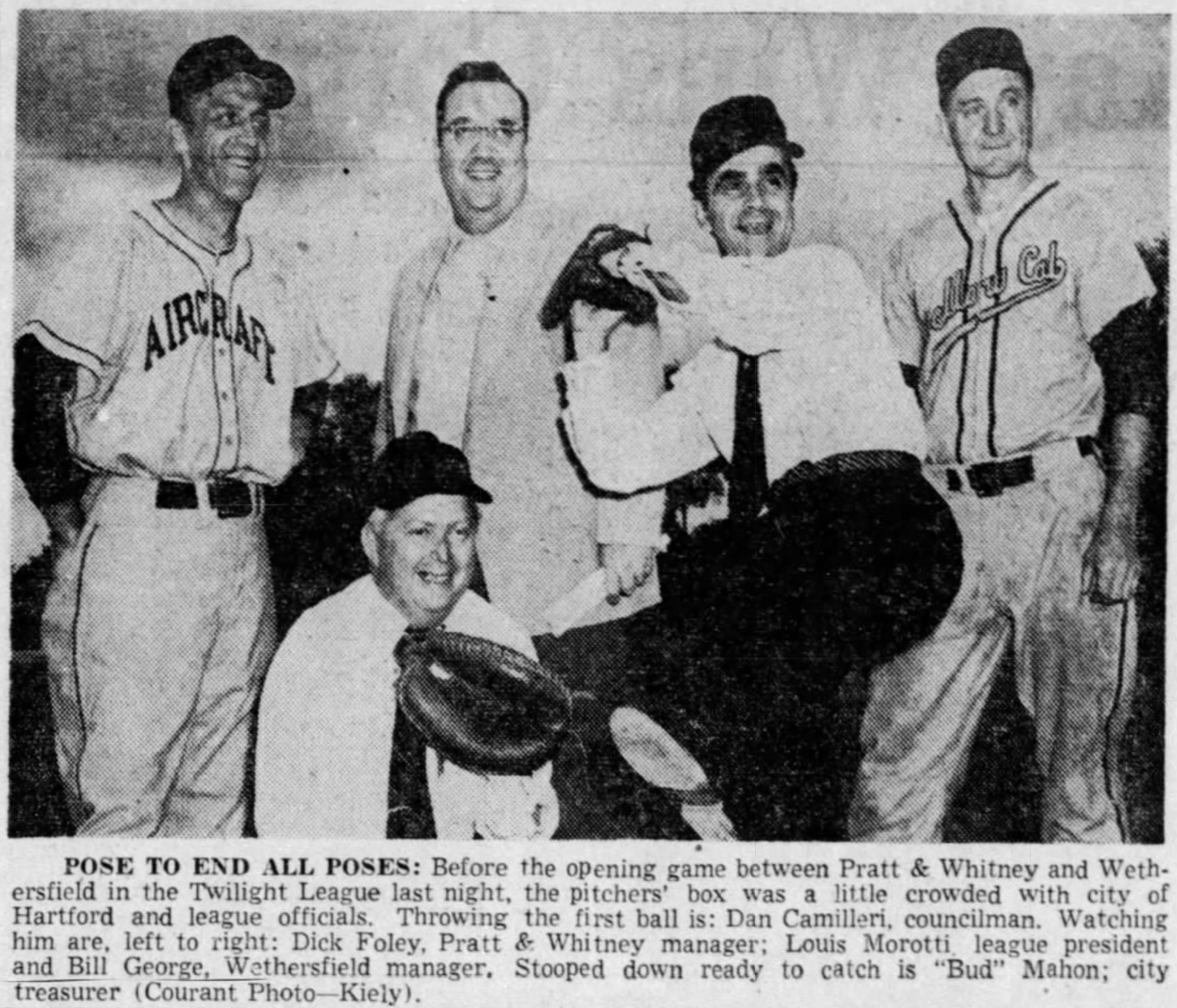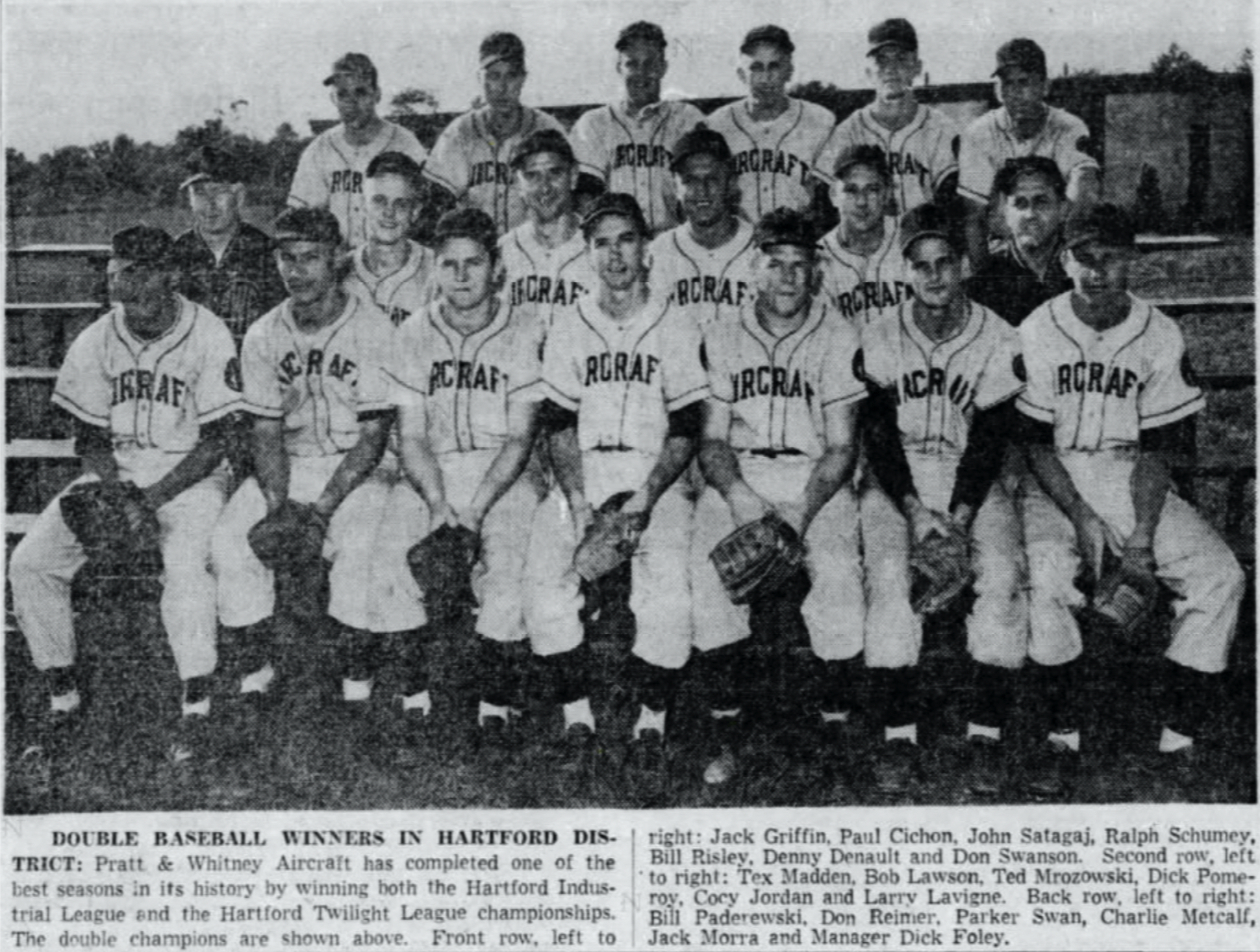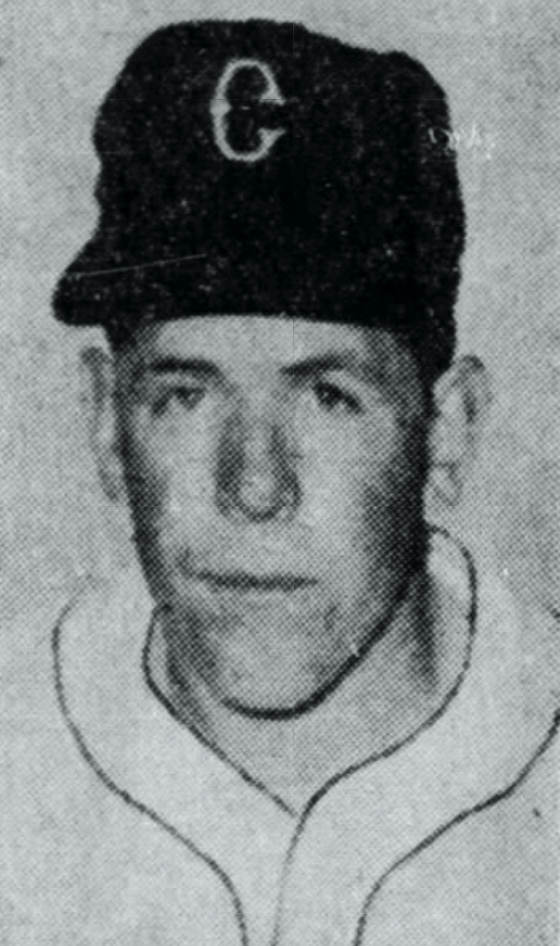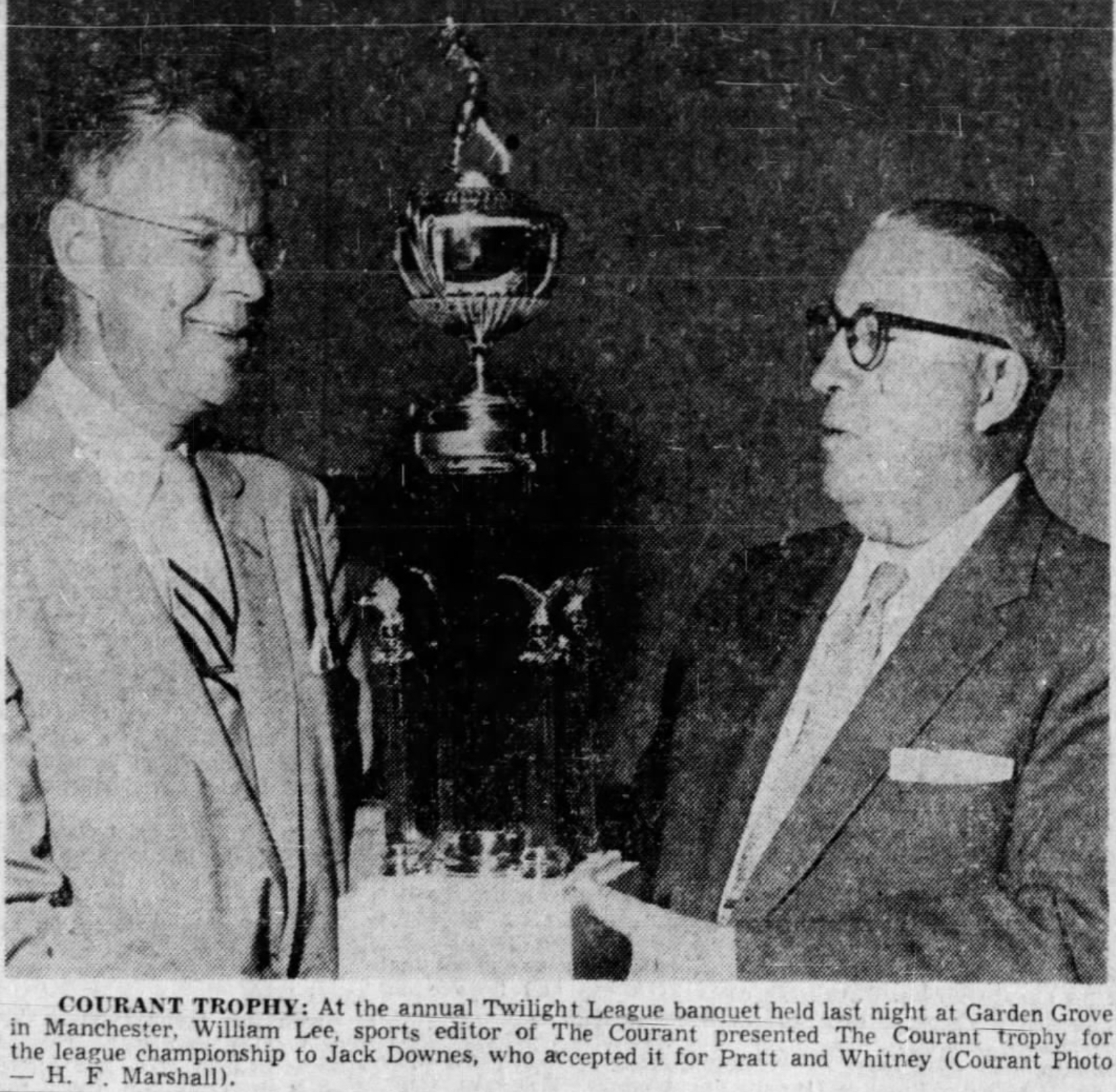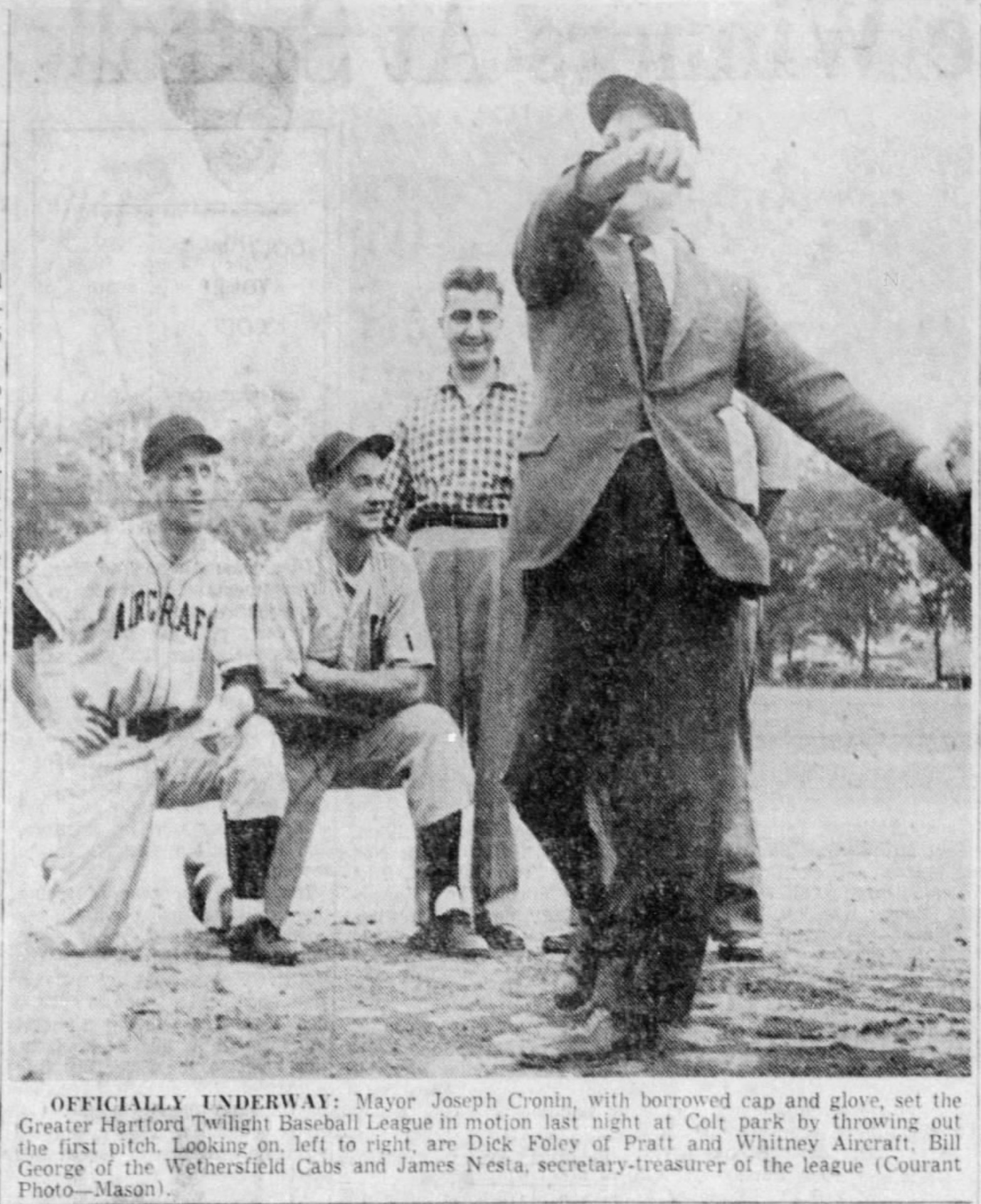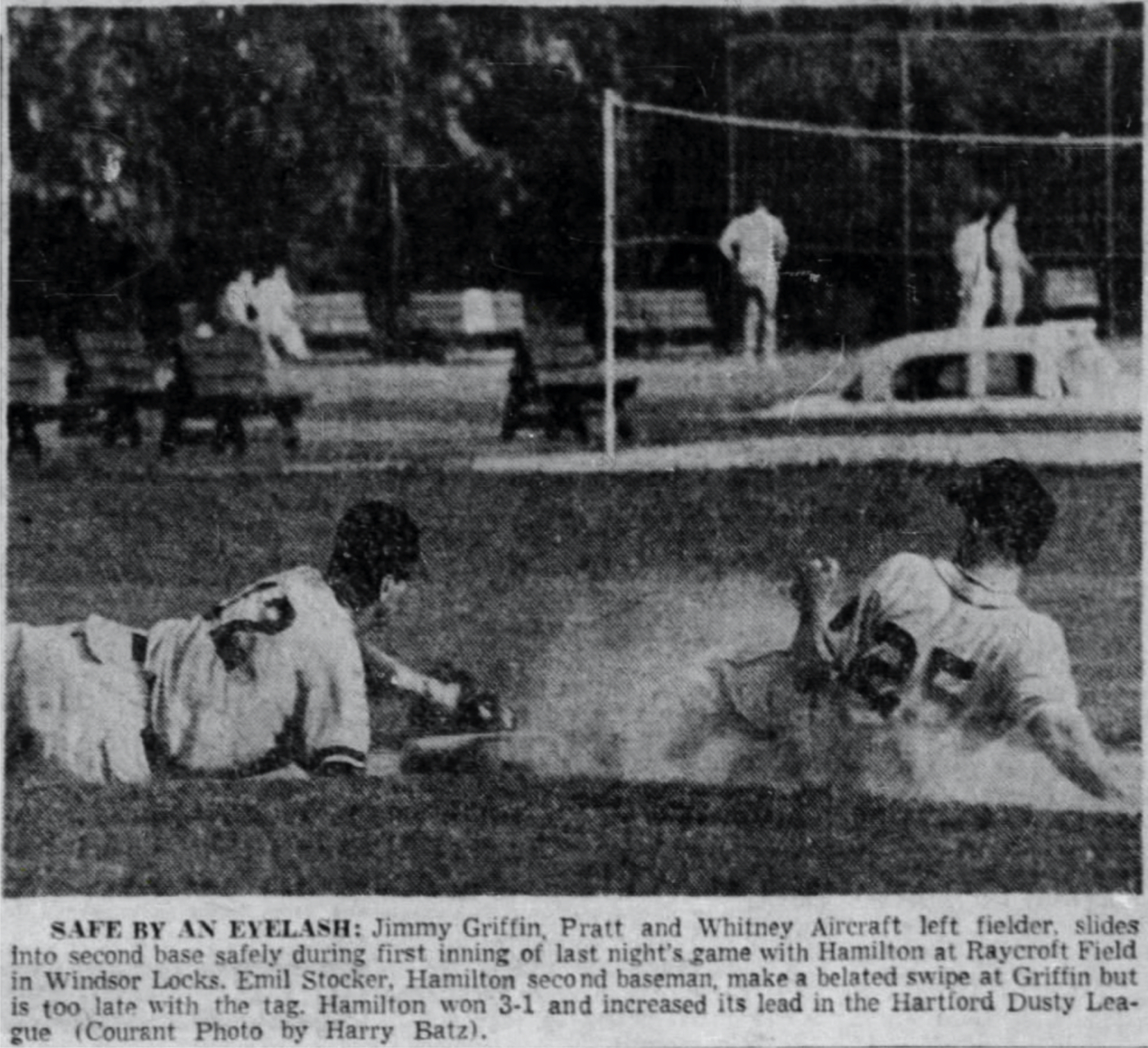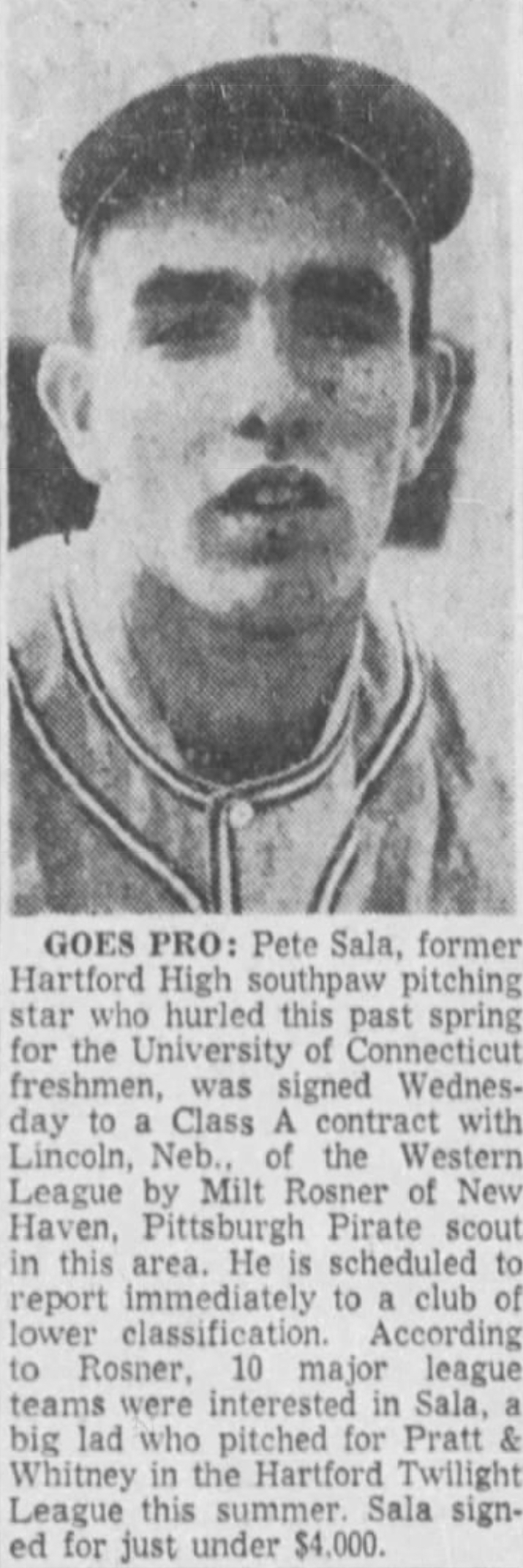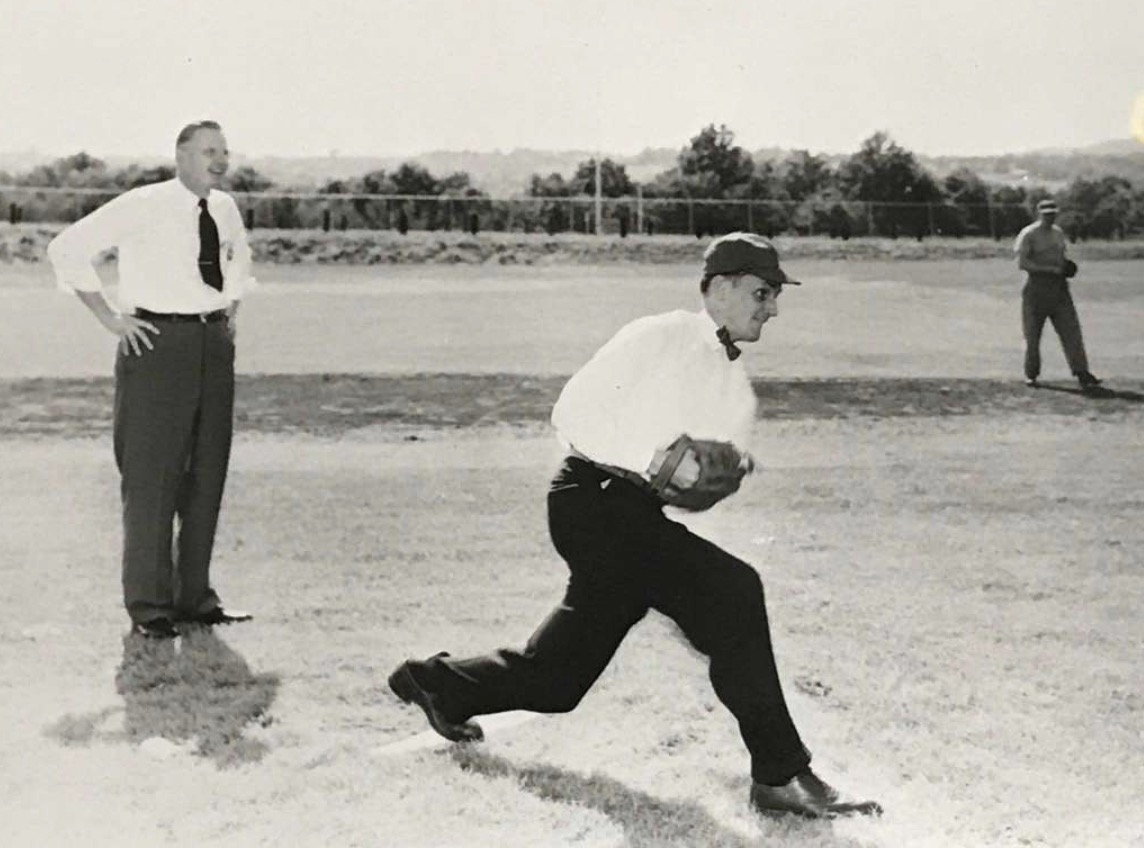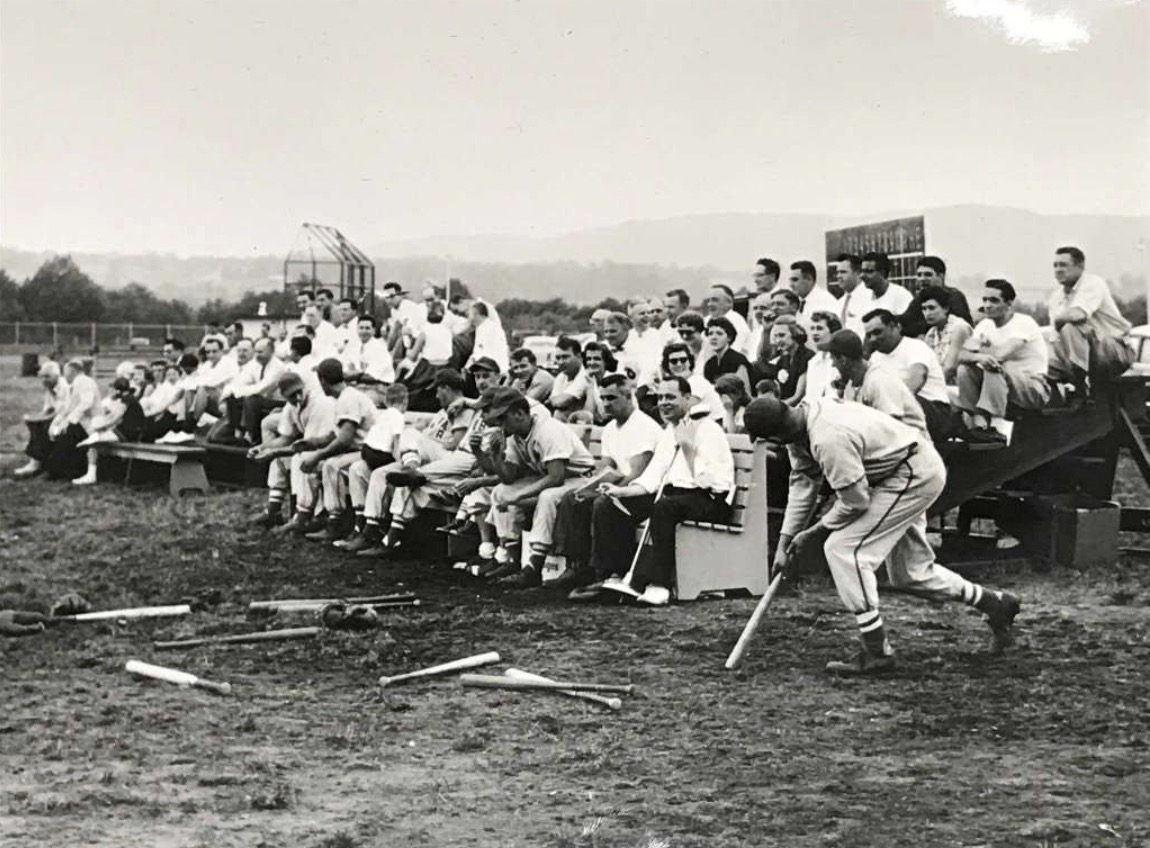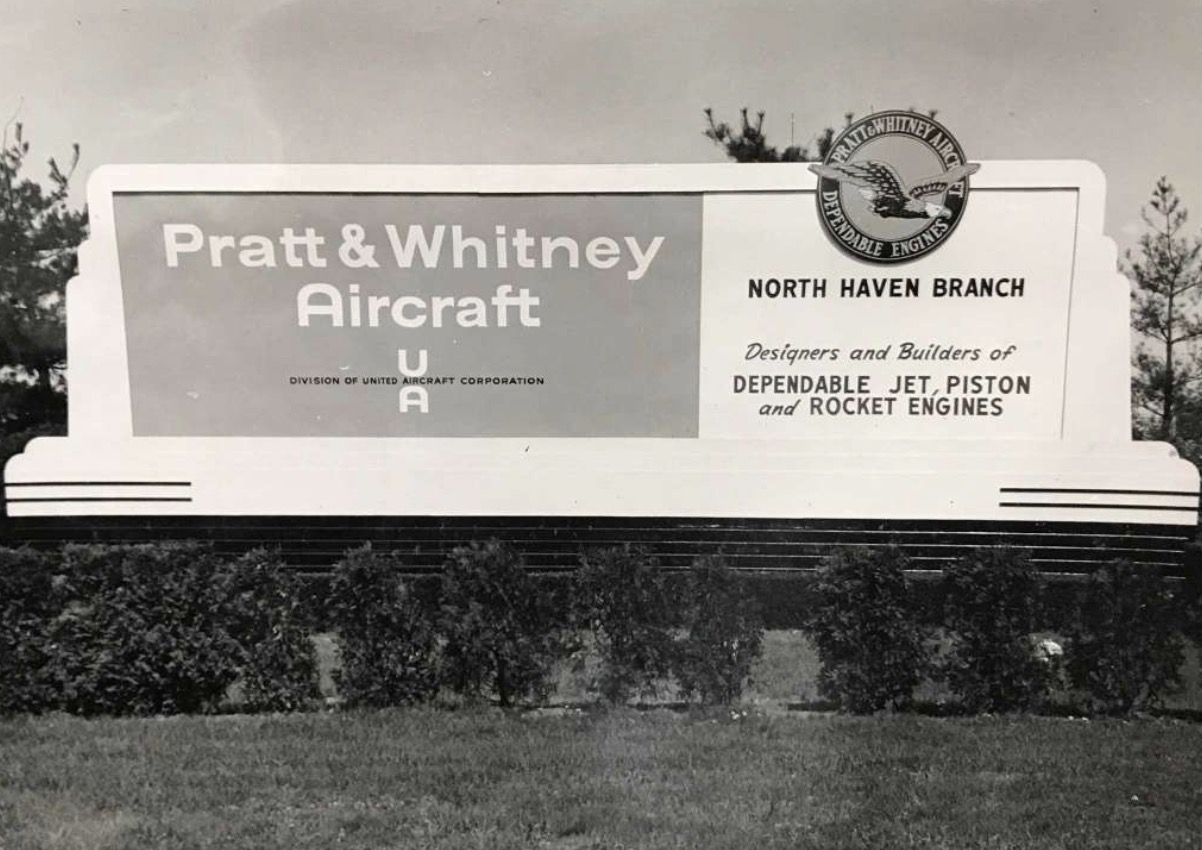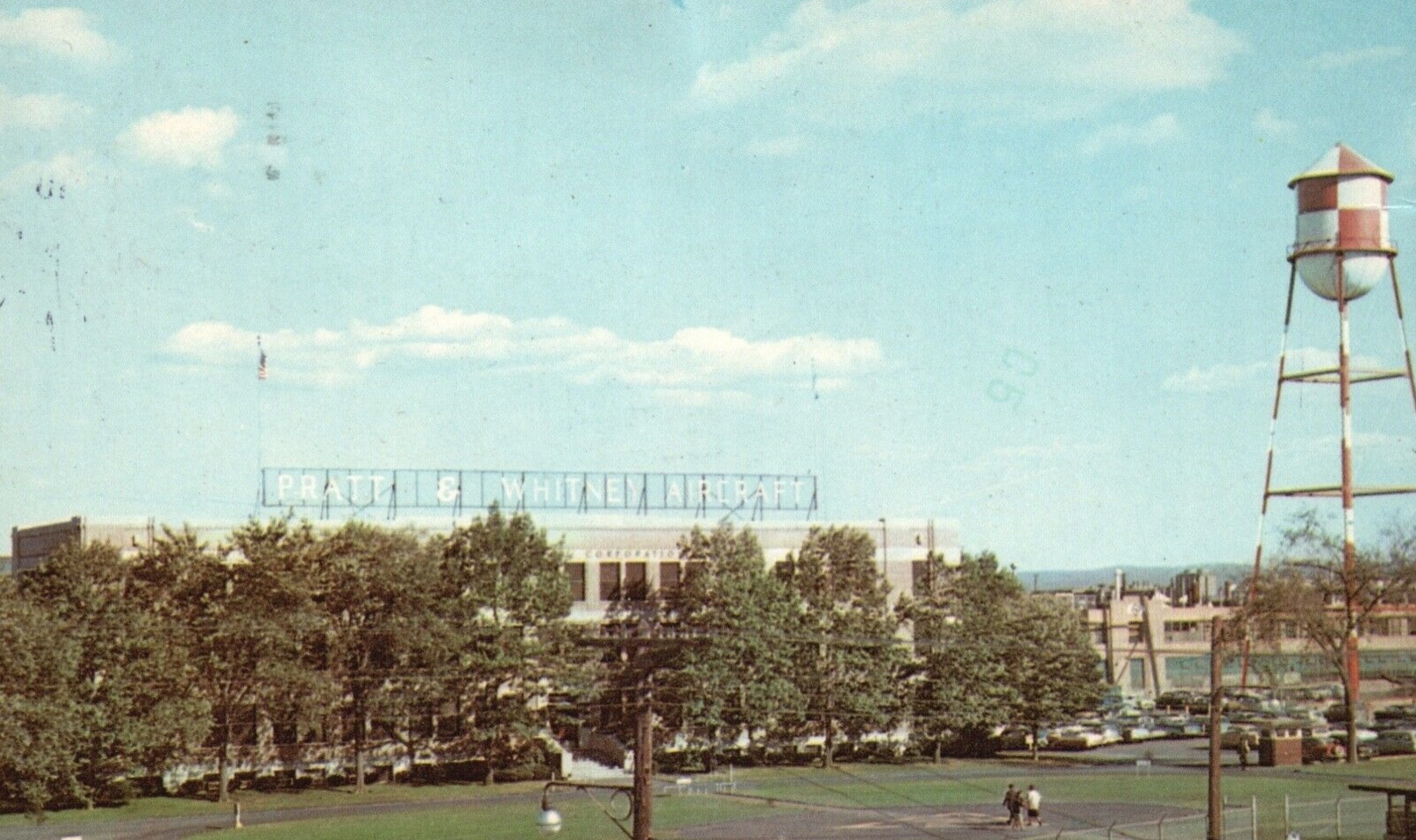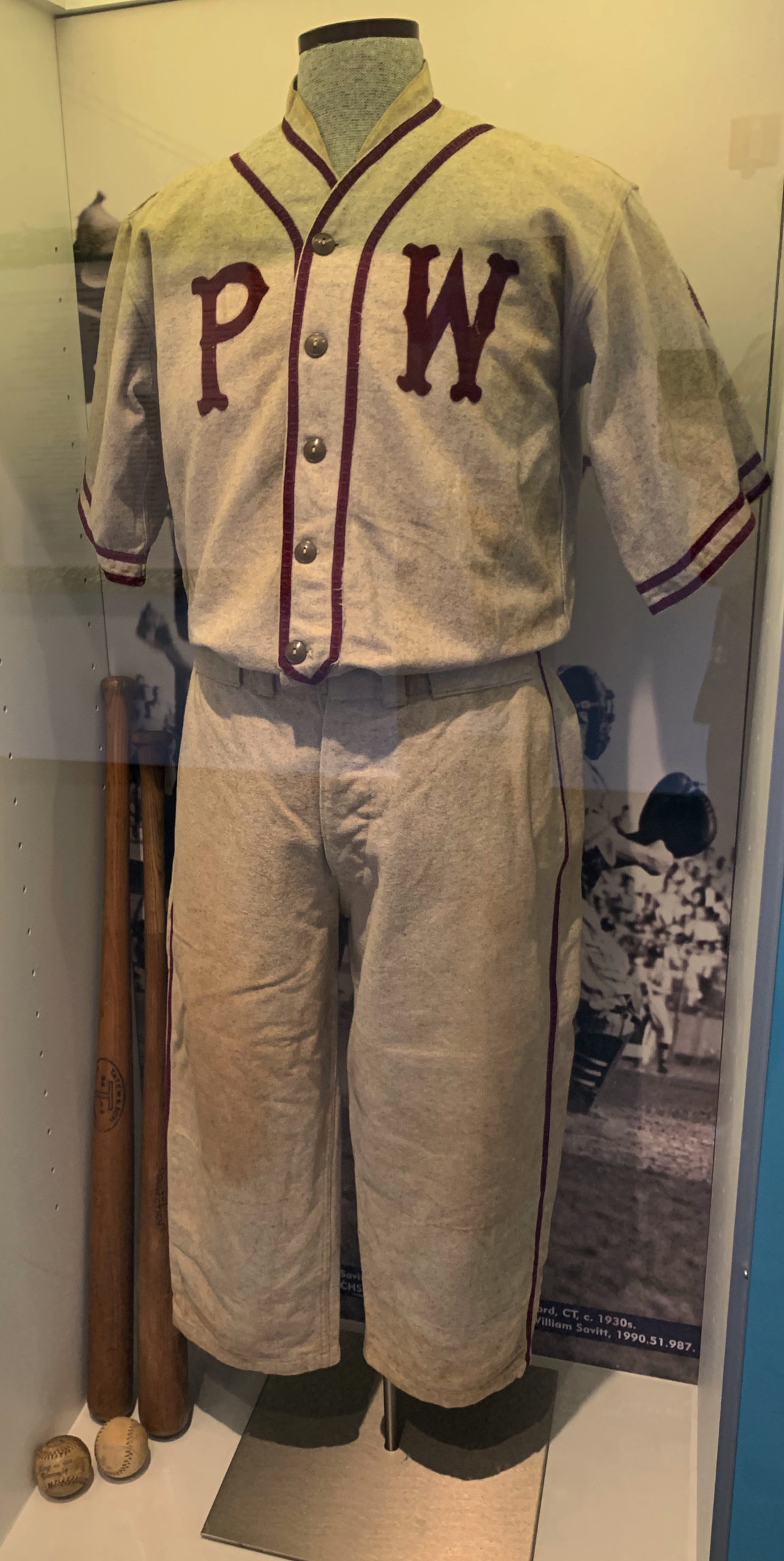Recently, Rainbow Graphics player-manager Jason Valliere accepted a role as Assistant Sports Information Director at the United Coast Guard Academy in New London, Connecticut. Congratulations to Jason on his latest career move! Jason is on a path to a promising career in sports. He joins the countless number of twilight players who have worked for high profile institutions – men who have led inspiring careers in athletics, business, and public service.

Hundreds of twilight leaguers have made their mark in a wide array of professions and careers. From coaching to teaching to sales and management, you might say that GHTBL alumni help keep the economy going. And you might be wondering, “where are they now?” Well, here’s a list of former twilight players and their current occupation followed by their company or organization:
- Ryan Aiken, Operations Manager & Treasurer, High Grade Gas Service, Inc.
- Greg Annino, Senior Field Technician, Greenskies Clean Energy
- Chris Anselmo, Realtor, Marino Realty
- Brian Archibald, Special Education Teacher, Bristol Central High School
- Jeff Bagwell, Special Advisor, Houston Astros
- Steve Bartunek, Insurance Agent, RDDK
- Andy Baylock, Director, UConn Football Alumni/Community Affairs
- Ken Bratina, Program Director, Connecticut Junior Republic
- Conor Bremer, Supplier Program Manager, Dynetics, Inc.
- *Brett Burnham, Financial Advisor, Northwestern Mutual
- *Steve Cannata, Head Coach, Kingswood-Oxford School Baseball
- Clarke Caudill, Area Sales Manager, Intuitive
- Tony Cekovsky, Regional Account Manager, Monster Energy
- *Jack Champagne, Teacher, Longmeadow School District
- *Paul Ciotto, Engineering Director, Aetna
- Rob Cipolla, MSSP Sales, IBM
- Chris Corkum, Founder, Chris Corkum’s Baseball, Inc.
- *Scott Cormier, Vice President of Purchasing, Katsiroubas Produce
- *Tony Dedominicis, Musician
- Tyler Dew, Attorney and Claim Director, Chubb Insurance
- Ryan DiPietro, Senior Environmental Inspector, BL Companies
- Mark DiTommaso, Kitchen Designer, EHL Kitchens
- Doug Elliot Jr., Financial Advisor, Marcum LLP
- Doug Elliot Sr., President, The Hartford (retired)
- Jake Fournier, Financial Manager, Paul, Weiss, Rifkind, Wharton & Garrison LLP
- Paul Gallo, Lead Instructor, Los Angeles Dodgers Training Academy
- *Ralph Giansanti Jr., Financial Advisor, Infinex Investments, Inc.
- *Roberto Giansiracusa, Owner, GimaSport
- John Gieras, Teacher, Somers Public Schools
- *Kevin Gieras, Detective, New York Police Department
- TJ Grande, Senior IT Business Management Specialist, Burns and McDonnell
- Matt Grosso, EVP of Business Development, Wentworth DeAngelis & Kaufman Insurance
- Jerry Hasler, Vice President, Forestville Manufacturing
- Mike Hepple, Insurance Broker, Wentworth, DeAngelis & Kaufman Insurance
- Rick Hewey, Contract Administrator, Hartford HealthCare
- Charlie Hickey, Head Coach, Central Connecticut State University Baseball
- Dan Hickey, Client Manager II, Lockton Companies
- Nick Hock, Batting Practice Specialist, Delmarva Shorebirds (Baltimore Orioles)
- Matt Hodges, Off Campus Operations Manager, University of Pennsylvania
- Jack Hurley, Pension Consultant, PASI
- *Scott Jeamel, VP Financial Consultant, Charles Schwab
- Dave Katz, Owner, Katz Sport Shop
- Chris Kehoe, Technical Architect, TriZetto Group
- *Tom Kirby, Chief Financial Officer, JE Shepard Company
- *Steve Krajewski, Assistant Director, Vernon Parks and Recreation Department (Retired)
- John Kubachka, Operations Manager, Town of Newington
- James Kukucka, Financial Analyst, Sikorsky Aircraft Corporation
- Ryan Lamarche, Owner, RDL Painting
- **Gary LaRocque, Director of Player Development, St. Louis Cardinals
- Matt Lavatori, Vice President of Client Services, Fred C. Church Insurance
- Marc Levin, Owner, Malloves Jewelers
- Derek Litke, Business Develop Manager, Triumph Group
- *Jason Maule, Physical Education Teacher, Meriden Public Schools
- *Brian Marshall, Field Reimbursement Manager, Novartis
- Steve Matyczyk, Principal, Tariffville Elementary School
- Frank McCoy Jr., Personal Injury Attorney, McCoy & McCoy
- Adam McLaughlin, Senior Vice President, Webster Bank
- *Todd Mercier, Manager, Murray Kaizer Inc.
- Daryl Morhardt, Head Coach, Housatonic High School Baseball
- Greg Morhardt, Professional Scout, Boston Red Sox
- Mike Mowel, Chief Accounting Officer, Safepoint Holdings
- *Walter Nakonechny, Science Department Chair, Rockville High School
- Tyler Olander, Assistant Coach, University of Saint Joseph Men’s Basketball
- Basilio Ortiz, Youth Services Officer, CT Department of Children and Families
- Cory Parker, Sales Manager, AnnieMac Home Mortgage
- Joe Parlante, Sales Account Manager at New England Industrial Supply
- Jim Penders, Head Coach, UConn Baseball
- *Adam Peters, Corporate Safety Director, KBE Building
- Kevin Powell, Second Vice President, Travelers (retired)
- *Bunty Ray, Teacher and Coach, Bristol Eastern High School
- Cory Riordan, Pitching Coach, Dunedin Blue Jays (Toronto Blue Jays)
- Kevin Rival, Founder, CT Rivals AAU Program
- Jake Ruder, Manager, Fastenal
- Peter Rynkowski, Senior Executive Recruiter, Ed-Exec, Inc.
- *Dave Sacco, Operating Manager, Rhino Insurance Services
- *Harvey Shapiro, Manager, Wareham Gatemen (retired)
- *Michael Schweighoffer, Chief Lending Officer, Farmington Bank
- Jim Shannon, Owner, Metro Communications
- Charlie Shover, Plant Manager, Corsicana Mattress Company
- *Jim Snediker, Commercial Insurance Leader, Travelers
- Chris Strahowski, Teacher, Windham Technical H.S. & Adjunct Professor, SCSU
- David Swanson, KZone Producer, ESPN and Founder of Swanson Baseball
- Rob Tenzca, Project Manager, Arcadis
- Tom Thibodeau, Head Coach, New York Knicks
- **Leo Veleas, Head Coach, Berlin High School
- Pete Walker, Pitching Coach, Toronto Blue Jays
- Justin Waz, Director of Revenue Operations, RecDesk Software
- Josue Zamora, Police Officer, State of Connecticut
- *James Ziogas Jr. Attorney at Law, Ziogas Law
*GHTBL Hall of Fame Inductee
**GHTBL Hall of Fame Gold Glove Honoree
Comment below with your addition to this list.


